Preserving Quality: The Evolution of Food Freshness Bags

In the dynamic landscape of food packaging, Food Freshness Bags have emerged as essential tools for extending shelf life and reducing waste. These specialized packages incorporate advanced materials and technologies to create optimal environments for perishable goods, balancing atmospheric conditions to slow spoilage while maintaining product quality. The development of modern Food Freshness Bags represents a significant advancement in food preservation, addressing both consumer demand for longer-lasting products and the industry’s need for sustainable solutions. As food supply chains become more complex and consumer expectations rise, the role of these bags continues to expand, making them indispensable in the global effort to reduce food waste.
The Fabric of Protection: How Textile Packaging Safeguards Value

In the intricate world of global commerce, Textile Packaging serves as a critical yet often overlooked component in preserving the quality and value of fabrics, garments, and technical textiles throughout the supply chain. This specialized field has evolved far beyond simple poly bags, incorporating advanced materials and engineered designs to address the unique vulnerabilities of textile products—from moisture and contamination to abrasion and static electricity. The development of modern Textile Packaging reflects a deep understanding of material science and logistics, ensuring that products arrive in pristine condition regardless of the journey’s length or complexity. As sustainability concerns and e-commerce demands reshape the industry, Textile Packaging continues to adapt, balancing protective functionality with environmental responsibility.
The Art of Attraction: How Visual Packaging Captivates Consumers

In today’s crowded marketplace, Visual Packaging has evolved from mere container to powerful communicator, serving as a silent salesperson that must attract, inform, and persuade within seconds. This critical marketing tool combines aesthetics, functionality, and brand storytelling to create memorable consumer experiences that drive purchasing decisions. The effectiveness of Visual Packaging hinges on its ability to stand out on shelves while conveying quality and brand values through strategic design elements, material choices, and structural innovation. As shopping behaviors evolve, particularly with the growth of e-commerce, the role of Visual Packaging has expanded beyond physical retail to create shareable digital moments that extend brand reach through social media.
The Unseen Facilitators: How Release Films Enable Modern Manufacturing

In the intricate world of industrial materials, Release Films play a critical yet often overlooked role. These specialized films act as protective barriers, ensuring that sensitive surfaces remain uncontaminated during manufacturing processes such as composite curing, adhesive application, and molding. The performance of Release Films is paramount; they must provide a consistent, clean release without transferring any residue or affecting the material beneath. As industries from aerospace to renewable energy demand higher precision and reliability, the evolution of Release Films continues to be driven by advancements in material science and surface engineering, making them indispensable in high-tech production environments.
How E-commerce Packaging is Being Reinvented

The dramatic rise of online shopping has thrust E-commerce Packaging into the spotlight, transforming it from a mere protective shell into a critical brand touchpoint and sustainability battleground. This specialized segment of the packaging industry must solve a complex equation: ensuring products survive the brutal logistics journey while minimizing material waste and environmental impact. The evolution of E-commerce Packaging is being driven by consumer expectations, regulatory pressures, and the sheer economic imperative of optimizing shipping costs, leading to innovations that prioritize both function and responsibility in equal measure.
The Dual Challenge: How Plastic Bags and Candy Packaging Are Adapting to a New Era

The humble Plastic Bags remains one of the most visible and controversial symbols of the packaging industry’s environmental impact. Yet, despite mounting regulatory pressure and shifting consumer sentiment, these lightweight workhorses continue to play a critical role in global commerce, particularly in the food and retail sectors. Their evolution, however, is undeniable. The industry is actively reengineering the very essence of Plastic Bags, moving from single-use convenience items towards more durable, reusable, and ultimately recyclable solutions that align with the principles of a circular economy. This transformation is not happening in isolation; it reflects a broader shift affecting all flexible packaging, including the vibrant and technically demanding world of candy packaging.
The Seamless Cycle: How Recyclable Packaging Builds a Circular Future

The pursuit of sustainability in the packaging industry has moved beyond a trend into a fundamental business imperative, and at the heart of this transformation lies Recyclable Packaging. This is no longer just about adding a recycling symbol to a package; it represents a comprehensive redesign of materials, processes, and systems to ensure packaging can be efficiently collected, processed, and reborn as new products. The modern concept of Recyclable Packaging demands a holistic approach, considering the entire lifecycle from production to reprocessing, and it is reshaping how brands, manufacturers, and consumers think about product delivery and environmental responsibility.
How Clamshell Packaging is Evolving for Modern Markets

In the world of product presentation and security, Clamshell Packaging has long been a dominant force. Recognizable for its hinged design that “closes” like a clam, this packaging format offers unparalleled product visibility, theft deterrence, and physical protection for a vast range of goods. However, the traditional narrative around Clamshell Packaging is shifting. No longer just a clear plastic shell, it is evolving under pressure from sustainability mandates, e-commerce demands, and technological integration, transforming from a simple container into a sophisticated brand asset that balances function with responsibility.
How Single-Use Packaging is Evolving for a Circular Future

The conversation around Single-Use Packaging is at a critical crossroads. Once synonymous with convenience and disposability, the entire concept is being radically reimagined under pressure from regulators, consumers, and a collective drive for sustainability. However, the solution isn’t as simple as elimination. For many applications, particularly in food, healthcare, and hygiene, Single-Use Packaging remains essential for safety, preservation, and distribution. The industry’s challenge—and its greatest innovation opportunity—is transforming this packaging category from a linear liability into a circular asset, designing it for optimal functionality and a responsible end-of-life.
The Invisible Guardian: How Moisture Barrier Packaging Protects Our Global Supply Chain

In the complex world of product preservation, Moisture Barrier Packaging serves as an invisible yet critical line of defense against one of nature’s most persistent threats: water vapor. This specialized packaging technology has evolved far beyond basic protection, becoming a sophisticated solution that safeguards everything from pharmaceuticals and electronics to agricultural products and premium foods. The development of advanced Moisture Barrier Packaging represents a remarkable convergence of material science and practical engineering, creating formidable barriers that maintain product integrity throughout extended supply chains and challenging environmental conditions. As global trade expands and consumer expectations rise, the role of Moisture Barrier Packaging becomes increasingly vital to product quality and safety.
The Hybrid Horizon: How Paper-Plastic Composite Packaging is Redefining Sustainability
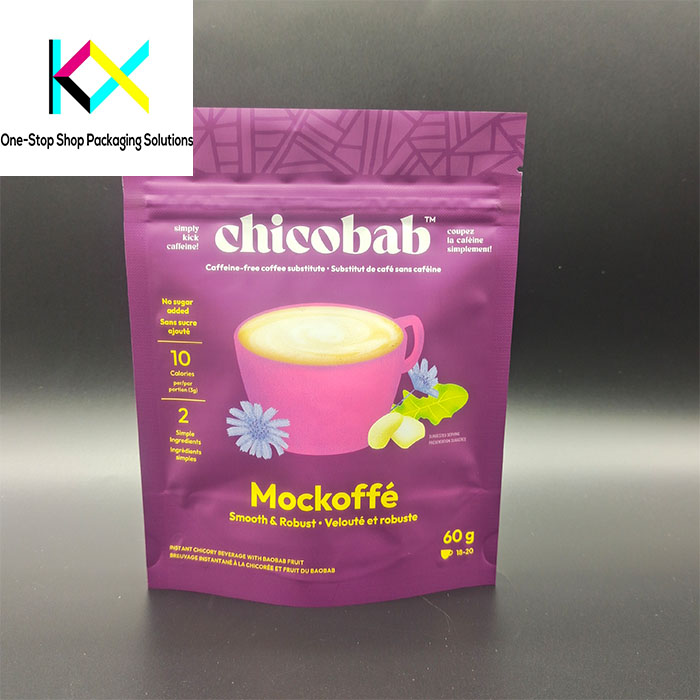
In an industry constantly navigating the complex trade-offs between performance, cost, and environmental impact, one solution is gaining remarkable traction: Paper-Plastic Composite Packaging. This innovative material architecture strategically layers the strength and barrier properties of plastic with the rigidity, printability, and perceived sustainability of paper. It represents a pragmatic evolution, moving beyond pure materials to create hybrids that better address modern consumer and regulatory demands. The growth of Paper-Plastic Composite Packaging is not just a trend; it’s a clear response to the urgent need for reducing plastic use while maintaining the functionality that protects products and ensures shelf life.
Unsealing Innovation: How Ziplock Bags & Stretch Film Are Reinventing Flexible Packaging
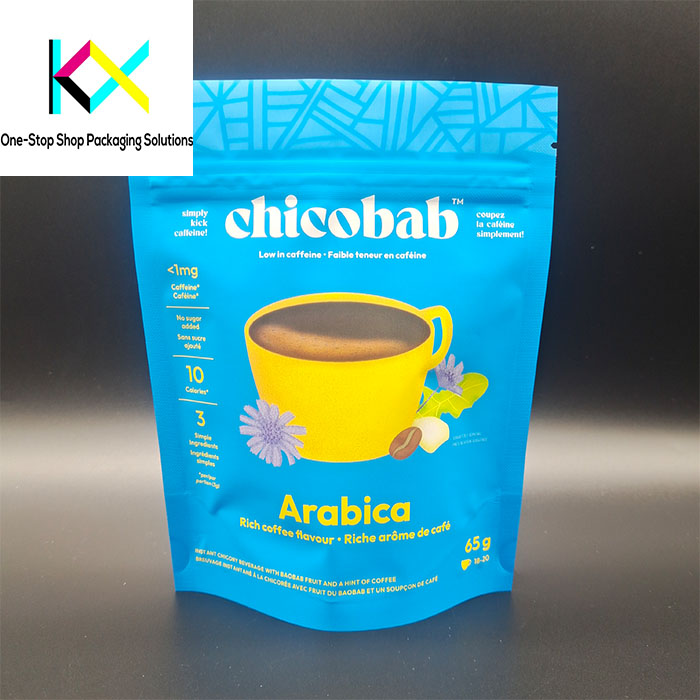
Far from being just pantry staples, Ziplock Bags are experiencing a significant evolution, driven by shifting consumer habits and industrial demands. Modern Ziplock Bags are shedding their purely domestic image, emerging as versatile, high-performance solutions across diverse sectors. Innovations focus on enhanced barrier properties – protecting contents from moisture, oxygen, and contaminants for extended periods. Crucially, the convenience of the resealable closure remains paramount, but now incorporates features like wider, more robust tracks for easier opening and closing, even with gloves or wet hands. The expansion into industrial applications, from organizing hardware components to protecting delicate electronic parts during assembly, highlights the growing versatility of these familiar Ziplock Bags. Their adaptability makes them indispensable in settings far beyond the kitchen.
Beyond the Pouch: How Gusset Bags & Blister Packaging Are Shaping Flexible Futures
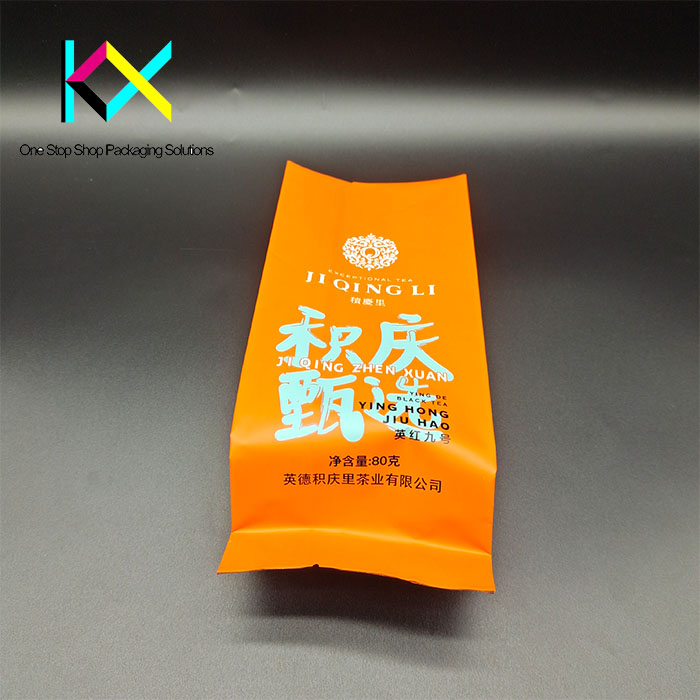
The Unfolding Advantage: Gusset Bags Lead the Charge
The landscape of product packaging is in constant flux, driven by consumer demands, e-commerce logistics, and sustainability imperatives. Within this dynamic environment, Gusset Bags have emerged as a surprisingly versatile and increasingly vital player. Far more than just stand-up pouches, modern Gusset Bags leverage their unique side or bottom folds to offer significant advantages that align perfectly with contemporary needs. Their ability to stand upright enhances shelf presence, while the expanded capacity relative to footprint minimizes material use – a key sustainability win. Crucially, the gusset structure allows these bags to lie flat during shipping and storage, dramatically reducing transportation volume and costs, a factor paramount in today’s e-commerce-driven world. This inherent efficiency makes Gusset Bags a compelling choice for brands looking to optimize logistics and reduce environmental impact simultaneously.
Double Layer Bags: The Strategic Sweet Spot in an Era of Layered Performance Demands
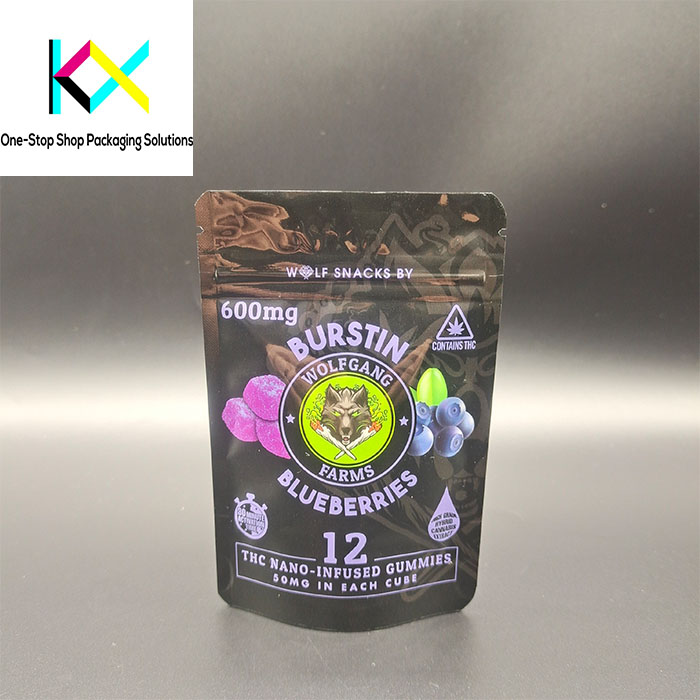
In the dynamic world of flexible packaging, finding the optimal balance between performance, cost, and sustainability is paramount. Double Layer Bags represent a crucial middle ground, offering significant advantages over simpler structures while often avoiding the complexity and cost of their more robust counterparts. As market demands evolve and sustainability pressures intensify, understanding the strategic role of Double Layer Bags, alongside when Triple Layer Bags become essential, is critical for converters and brands navigating the future.
Stand-up Pouches: The Pinnacle of Convenience Meets the Rise of Simpler Solutions
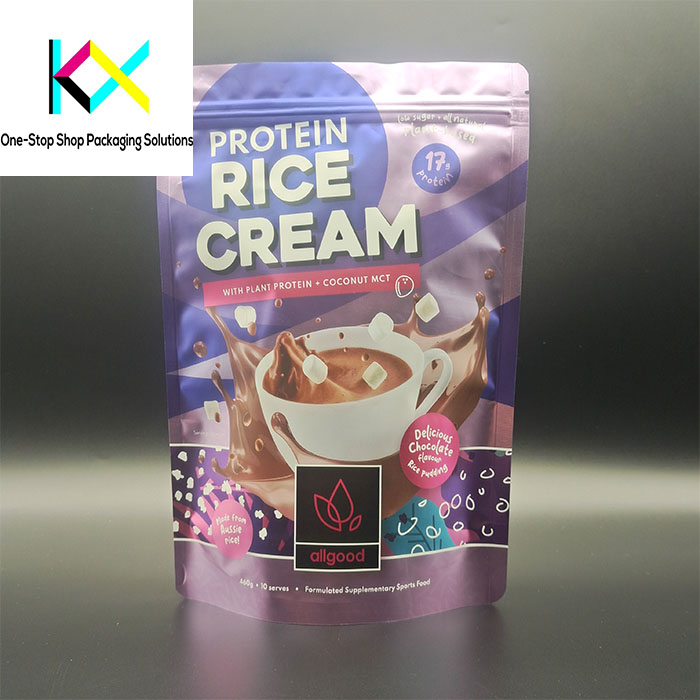
The landscape of flexible packaging is defined by relentless innovation, driven by consumer demands for convenience, shelf impact, and sustainability. Stand-up Pouches have dominated this evolution, becoming the go-to format for countless products, from snacks and coffee to pet food and premium beverages. Their ability to stand tall on shelves, offer excellent printability, provide resealability, and utilize material efficiently has made them a powerhouse. Yet, a counter-trend is gaining significant traction: the push towards ultra-simplified Single Layer Bags. This dynamic – the sophisticated multi-layer pouch versus the minimalist bag – is reshaping strategies across the industry.
The Silent Engine Driving Smarter Roll Film Packaging
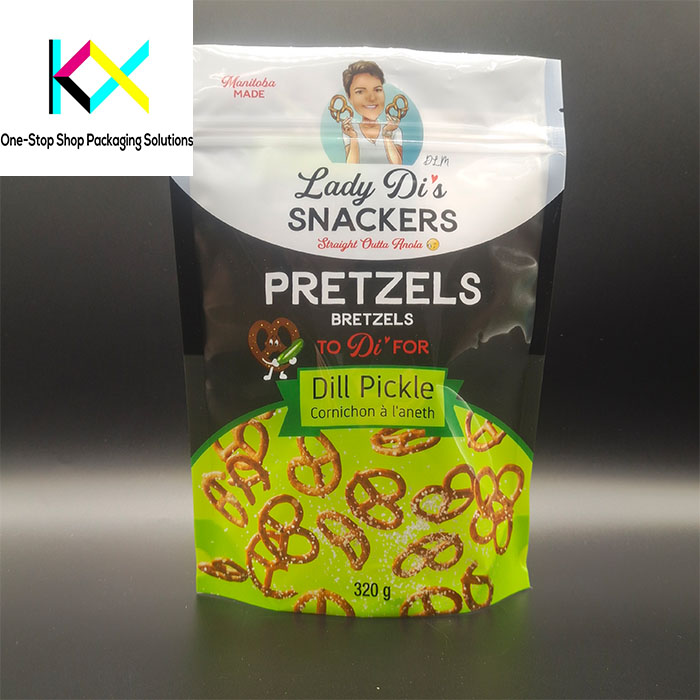
The relentless pursuit of efficiency, performance, and responsibility is reshaping the flexible packaging landscape. At the forefront of this evolution, Dry Lamination is emerging not merely as an alternative process, but as a strategic enabler for the modern era of Roll Film Packaging. This technology, moving beyond niche applications, is proving fundamental in meeting escalating demands for faster production, reduced waste, and enhanced product integrity across countless consumer goods.
The Tangible Revolution Reshaping Flexible Packaging
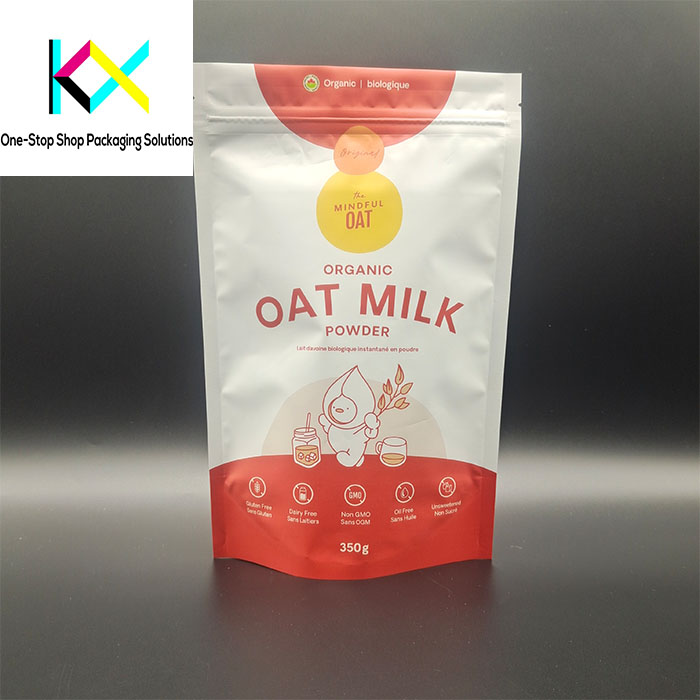
The global flexible packaging industry stands at a pivotal crossroads, driven by an undeniable mandate: the urgent transition to Sustainable Packaging. No longer a niche concern or mere marketing buzzword, genuine sustainability has become a core operational and strategic imperative. Consumers demand it, regulators enforce it, and the planet desperately needs it. At the heart of this transformation lies a confluence of innovative technologies and shifting priorities, fundamentally altering how packaging is conceived, produced, and disposed of.
How High-Temperature Sterilization Packaging Secures the Future of Food
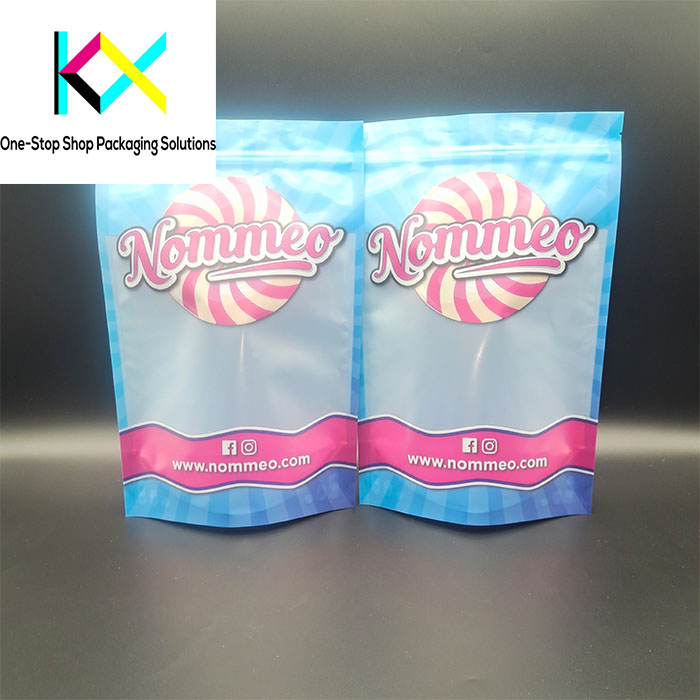
The global demand for safe, convenient, and shelf-stable food has never been greater, placing immense pressure and opportunity on the Food Packaging sector. At the heart of delivering truly safe, long-life products lies a critical, demanding process: high-temperature sterilization. Food Packaging designed for this rigorous environment isn’t merely a container; it’s a sophisticated life-preservation system, ensuring products are free from harmful pathogens and spoilage organisms. As consumer preferences shift towards cleaner labels, diverse global cuisines, and sustainable solutions, the technologies underpinning High-Temperature Sterilization Packaging are undergoing a significant evolution. This article explores the cutting-edge innovations enabling packaging to withstand extreme thermal processing while meeting modern demands for performance, safety, and environmental responsibility, fundamentally reshaping how we protect and deliver sterilized food to consumers worldwide.
How Foil Bags Evolve as the Gold Standard in Barrier Packaging
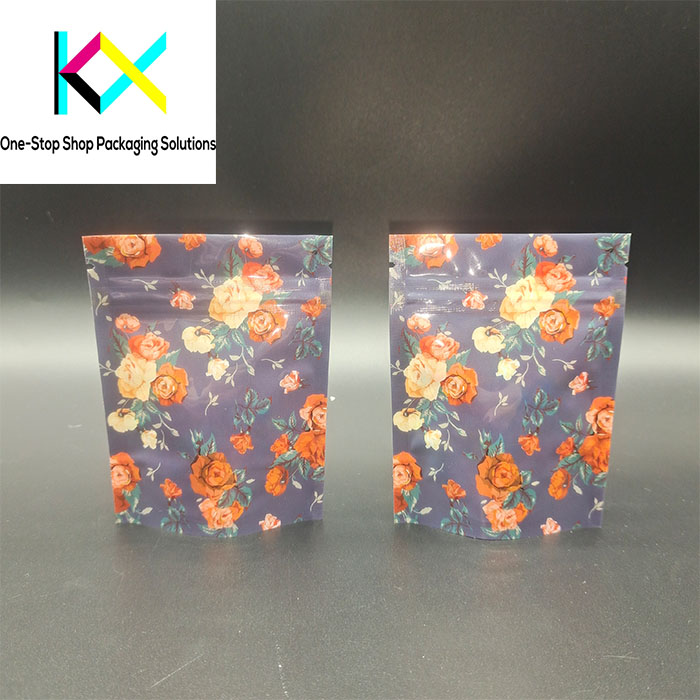
In an era demanding peak product protection and extended shelf life, Foil Bags remain an indispensable powerhouse within the protective packaging landscape. These sophisticated structures, leveraging the unparalleled barrier properties of aluminum foil, continue to set the benchmark for safeguarding sensitive contents against oxygen, moisture, light, and contaminants. While sustainability pressures drive innovation across flexible packaging, the unique performance characteristics of Foil Bags ensure their enduring relevance, particularly for high-value, long-shelf-life, or critically sensitive products. Far from being stagnant, the technology behind these bags is undergoing a quiet revolution, integrating new materials, smarter designs, and enhanced sustainability features to meet modern demands without compromising their core protective function. This evolution reaffirms the Foil Bag as a sophisticated, evolving solution within the broader realm of high-performance Barrier Packaging.
How Next-Gen Flexible Films are Redefining Eco-friendly Packaging
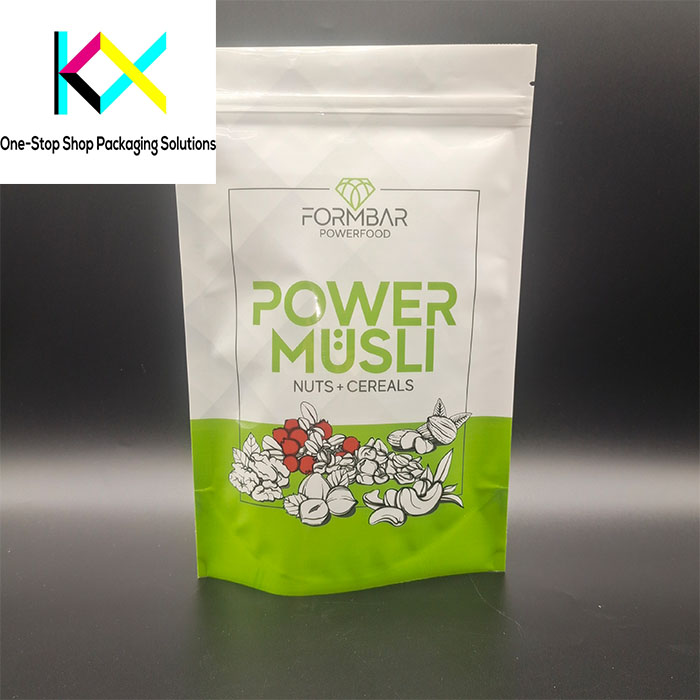
he global packaging industry stands at an inflection point, pressured by environmental imperatives and shifting consumer consciousness. At the heart of this transformation lies the urgent pursuit of truly Eco-friendly Packaging. For decades, Flexible Film Packaging – encompassing pouches, bags, wraps, and laminates – has dominated sectors from food and beverage to pharmaceuticals and e-commerce, prized for its lightweight nature, superior barrier properties, and cost-effectiveness. However, its reliance on complex, often unrecyclable multi-material structures and fossil-fuel origins has cast a long environmental shadow. Today, the dynamic is shifting dramatically. Driven by regulatory mandates, corporate sustainability goals, and genuine technological leaps, the sector is experiencing a renaissance. We are witnessing the emergence of next-generation flexible films that no longer force a choice between functionality and planetary responsibility. This evolution moves beyond mere “greenwashing” to deliver tangible, scalable solutions where high performance and environmental stewardship are inextricably linked, fundamentally reshaping what Eco-friendly Packaging means for flexible formats.
How PLA Packaging is Reinventing Flexible Solutions
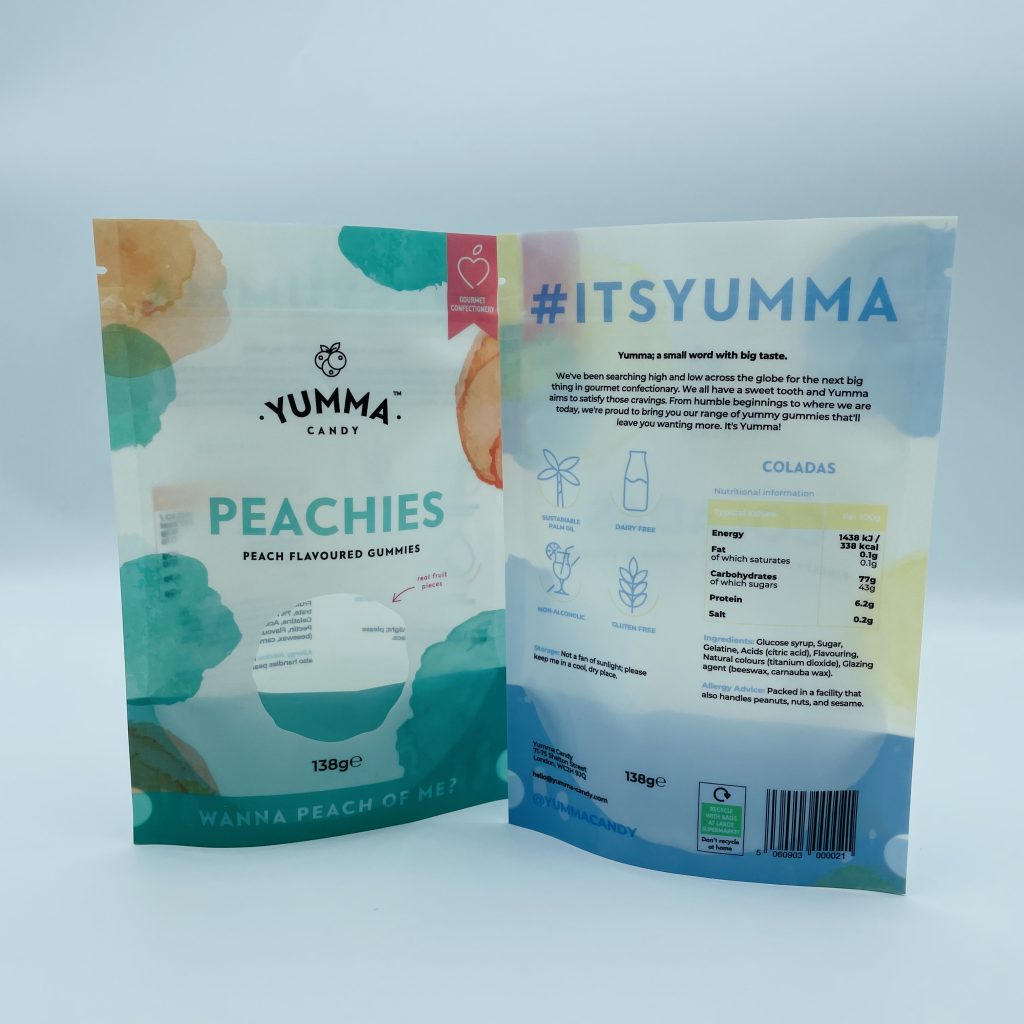
The soft packaging landscape is undergoing a seismic shift, driven by environmental urgency and technological innovation. At the forefront of this transformation stands PLA Packaging (Polylactic Acid), emerging from its niche origins to challenge conventional materials with its compelling bio-based credentials. Derived annually renewable resources like corn starch or sugarcane, PLA offers a fundamentally different carbon story than fossil-fuel plastics. Yet, its journey into mainstream flexible packaging hinges not just on its green origins, but critically on overcoming performance hurdles – particularly in achieving reliable, high-integrity seals essential for product protection and shelf life. This is where advancements in Heat Seal Packaging technologies become pivotal, acting as the crucial bridge that unlocks PLA’s potential across demanding applications. The synergy between evolving biopolymer formulations and sophisticated thermal bonding techniques is reshaping what’s possible for planet-conscious packaging, moving beyond theory into tangible, commercially viable solutions that meet stringent industry demands for functionality, efficiency, and sustainability.
How Composite Packaging Bags Drive Modern Brand Value with Digital Precision
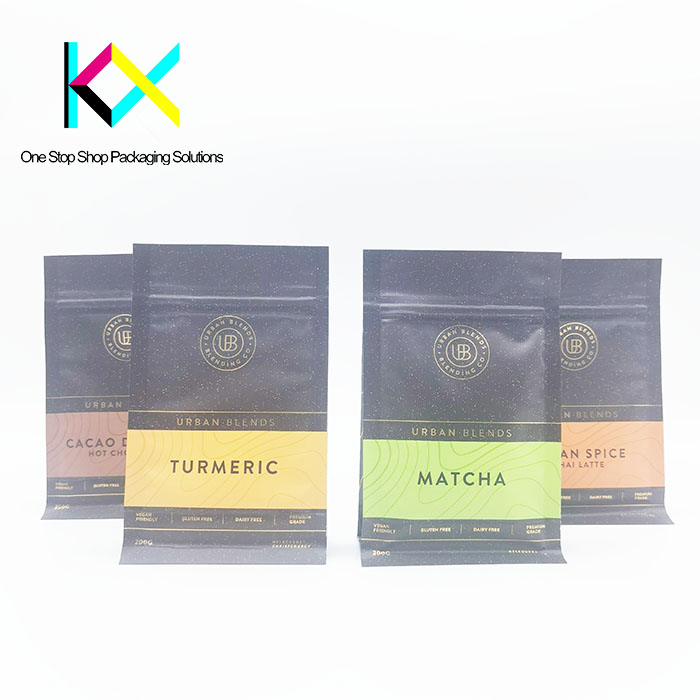
The world of flexible packaging hums with innovation, yet few components are as fundamentally crucial yet often overlooked as the Composite Packaging Bag. These sophisticated structures, meticulously engineered from layers of diverse materials, form the protective heart of countless products lining our shelves – from gourmet coffee and premium pet food to pharmaceuticals and industrial chemicals. Far from simple containers, they represent a pinnacle of material science, balancing critical barriers against moisture, oxygen, light, and contaminants with demands for lightweight efficiency, durability, and increasingly, stunning visual appeal. It is precisely within this realm of high-performance protection that Digital Printing Packaging emerges as a transformative force, injecting unprecedented flexibility, speed, and creative potential into the production of these essential vessels. Together, they are reshaping brand strategies and consumer experiences in the dynamic soft packaging landscape.
Plastic Packaging Transformed: The Biodegradable Breakthrough Reshaping Flexible Solutions
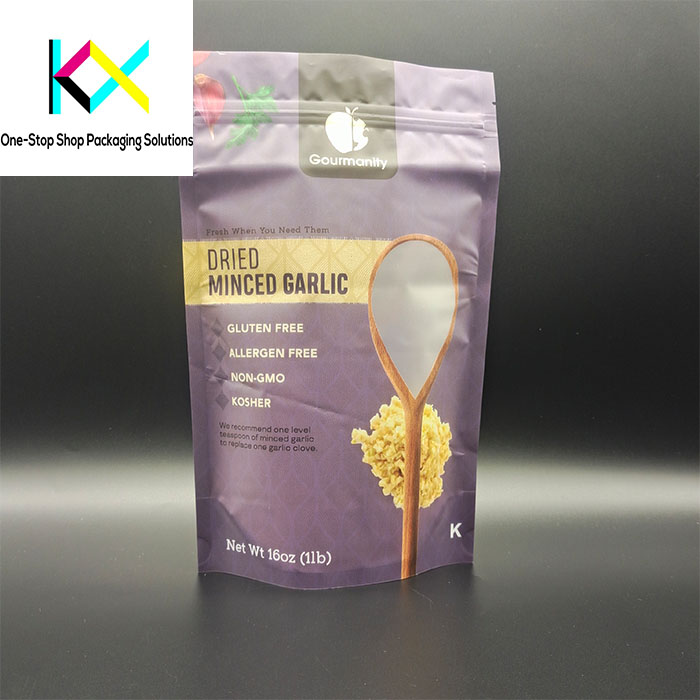
The Sustainability Tipping Point
The plastic packaging industry has reached a critical juncture where environmental imperatives converge with technological possibility. As global plastic waste surpasses 400 million tons annually, traditional flexible films face unprecedented scrutiny. Regulatory tsunamis—from Canada’s Single-Use Plastics Ban to India’s Extended Producer Responsibility framework—have accelerated corporate migration toward biodegradable plastics. Major brands now allocate 15-25% of R&D budgets to sustainable material development, signaling irreversible transformation.
How Medicine Pouch Packaging Is Redefining Pharmaceutical Protection

In the high-stakes pharmaceutical industry, medicine pouch packaging has evolved from passive containment to an intelligent life-preservation system. These precision-engineered solutions now integrate nano-scale barrier technology, real-time monitoring, and circular design principles to combat critical challenges: 35% of drug efficacy loss occurs during transit (WHO), while counterfeit pharmaceuticals represent a $200B global threat (Interpol). Simultaneously, breakthroughs in flexible packaging are transforming how sensitive therapeutics navigate global supply chains while meeting escalating sustainability demands.
How Medical Device Packaging Pouches and Eco Friendly Bakery Bags Are Redefining Packaging Excellence
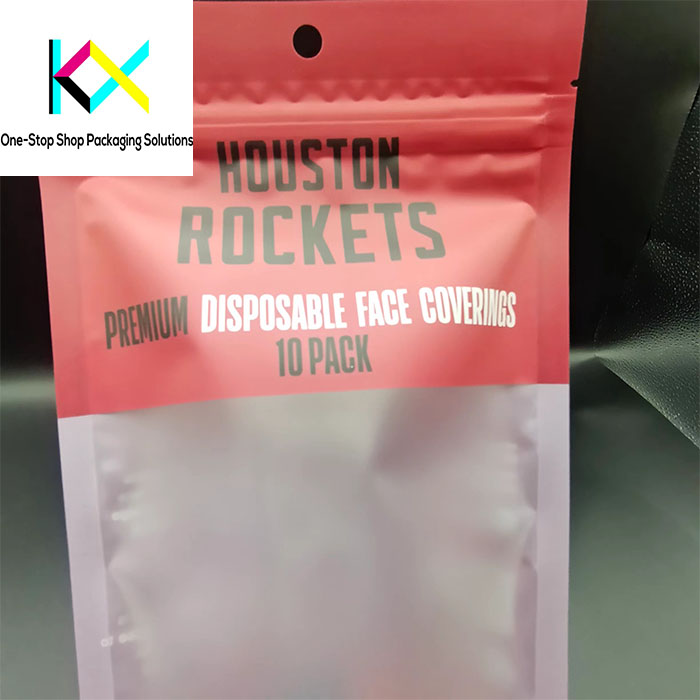
In today’s hyper-specialized packaging landscape, medical device packaging pouches have evolved into precision-engineered life guardians – where nano-scale barriers and smart monitoring systems protect $500B worth of critical healthcare equipment. Simultaneously, the humble eco friendly bakery bag is undergoing a sustainability revolution, transforming from basic pastry carrier to compostable freshness ecosystem. This convergence of mission-critical protection and consumer-facing sustainability reflects industry-wide transformation: 47% of medical recalls originate from packaging failures (FDA), while 68% of consumers abandon brands over poor eco-practices (IBM).
How Medical Packaging Pouches Are Revolutionizing Device Safety & Compliance

In the high-stakes realm of healthcare, medical packaging pouches have evolved from passive containers to active protective systems—becoming as critical as the devices they safeguard. These precision-engineered barriers now integrate nano-scale material science, real-time monitoring, and circular sustainability to address alarming industry data: 47% of medical device recalls originate from packaging failures (FDA, 2023). Simultaneously, advancements in medical device pouches are redefining sterilization assurance across global supply chains, where a single compromised seal can jeopardize patient safety.
How Clear Film Roll Innovations Are Transforming Product Visibility & Protection
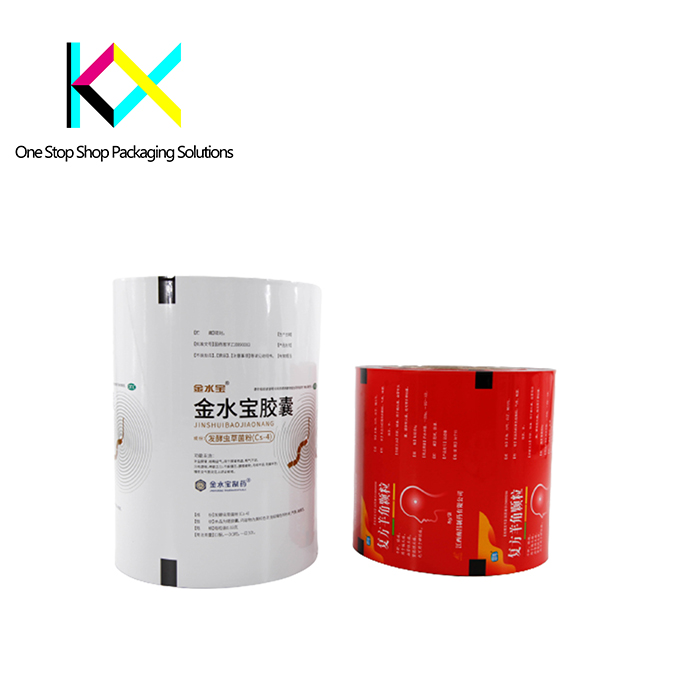
In today’s hyper-competitive retail landscape, clear film roll technology has evolved from basic packaging material to a sophisticated optical engineering solution – merging crystal-clear product visibility with unprecedented technical capabilities. Simultaneously, white paper packaging bag designs are experiencing a renaissance, transitioning from commodity carriers to premium sustainable vessels that communicate brand values through minimalist elegance. This dual evolution responds to converging market demands: 78% of consumers prioritize product visibility before purchase (McKinsey 2023), while 65% associate matte white surfaces with premium quality (Packaging Digest). As global e-commerce grows at 17% annually and sustainability regulations tighten, these materials are becoming strategic assets for brands navigating the new retail reality.
The Precision Frontier: How Medical Device Packaging Innovations Are Safeguarding Global Health
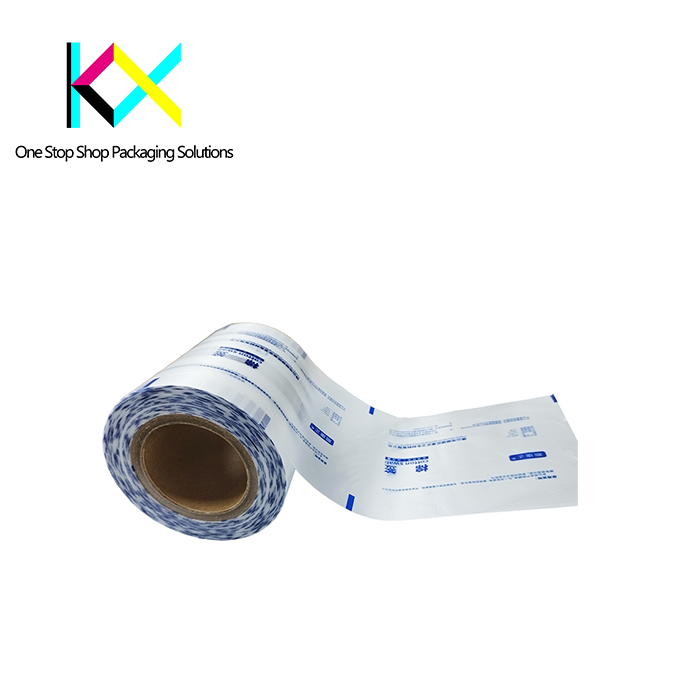
In the high-stakes world of healthcare technology, medical device packaging has evolved from passive container to active protective system – becoming as critical as the devices themselves. These sophisticated barrier solutions now integrate material science, traceability technology, and sustainability imperatives to meet unprecedented challenges: 47% of device recalls stem from packaging failures (FDA, 2023). Simultaneously, advancements in printed film roll technologies are revolutionizing how we communicate vital information while maintaining sterile integrity across global supply chains.
The Reheating Revolution: How Toast Paper Bag Innovations Are Redefining Convenience Packaging

In the high-stakes arena of food preservation and reheating technology, the humble toast paper bag has undergone a quantum leap – evolving from simple bakery carrier to engineered freshness system. These sophisticated solutions now integrate thermal regulation, sustainable materials, and intelligent design to solve the universal challenge of reviving baked goods without sacrificing quality. While aluminum foil roll products continue to dominate high-barrier applications, a new generation of paper-based innovations is rewriting the rules of convenience packaging across retail, food service, and consumer kitchens.
The Freshness Frontier: How Bread Packaging Pouch Innovations Are Transforming Bakery Economics
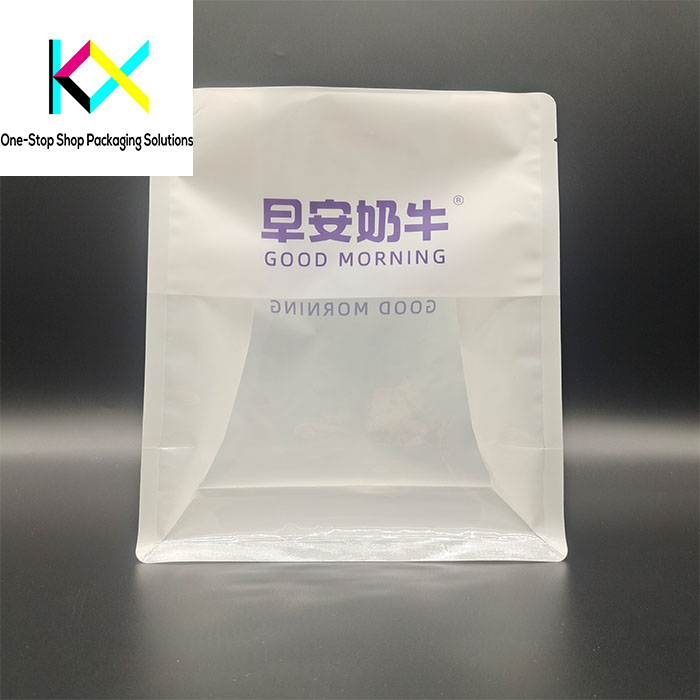
In today’s hyper-competitive bakery landscape, the bread packaging pouch has evolved from simple container to strategic freshness-preservation system. These sophisticated solutions now integrate material science, sustainability imperatives, and consumer psychology to combat the $12B global food waste crisis. Parallel advancements in bakery paper bags signal a sector-wide reimagining of how we protect, present, and preserve baked goods – with the sustainable packaging market projected to reach $413B by 2027 (Smithers).
The Fresh Frontier: How Biodegradable Paper Pouch Innovations Are Reshaking Food Packaging

In the urgent race against plastic pollution, biodegradable paper pouch solutions have emerged as the vanguard of sustainable packaging – combining advanced material science with circular design principles. These revolutionary containers now deliver performance once exclusive to plastics while offering genuine end-of-life solutions. Parallel innovations in bread packaging paper bags signal a sector-wide transformation, with the global edible packaging market projected to reach $2.7 billion by 2028 (Grand View Research), driven by regulatory pressure and consumer demand for plastic-free solutions.
The Sealed Revolution: How Kraft Paper Heat Seal Bags Transform Sustainable Packaging

In the urgent race toward circular packaging, kraft paper heat seal bags have emerged as the unexpected frontrunner—blending heritage materials with cutting-edge sealing science to challenge plastic dominance. These sophisticated solutions now deliver performance parity with conventional laminates while offering genuine end-of-life solutions. Parallel innovations in kraft paper packaging bags signal industry-wide disruption, with global markets projected to reach $486B by 2027 (Smithers 2024) as brands scramble to meet both consumer expectations and tightening regulations like the EU Packaging Regulation (PPWR).
The Renaissance of Natural Packaging: How Kraft Paper Pouch Packaging is Redefining Sustainable Solutions

In today’s eco-conscious marketplace, kraft paper pouch packaging has emerged as a transformative force, blending heritage materials with cutting-edge innovation. Once relegated to basic commodity bags, these solutions now challenge conventional plastic packaging through technological breakthroughs that enhance functionality while honoring environmental responsibility. Parallel to this evolution, kraft paper food bags have transcended their utilitarian origins to become sophisticated brand assets, reflecting industry-wide shifts toward circular economies and carbon neutrality. This revolution responds to urgent consumer demands: 68% of global shoppers now actively avoid plastic packaging (McKinsey, 2023), creating unprecedented opportunities for kraft-based solutions.
The Future of Sustainable Packaging: How Zipper Paper Pouches Are Revolutionizing Product Storage

In today’s eco-conscious market, zipper paper pouches have emerged as a game-changing solution that combines functionality with environmental responsibility. These innovative packages represent a significant evolution from traditional plastic alternatives, offering brands an opportunity to meet consumer demand for sustainable options without compromising convenience. While kraft paper cookie bags have long been the standard for artisanal bakeries and premium snacks, new technological advancements are transforming them into sophisticated packaging solutions suitable for a wide range of products. This packaging revolution reflects broader industry trends toward circular economy principles, reduced carbon footprints, and smarter material usage across retail and e-commerce sectors.
The Sustainable Packaging Revolution: How Resealable Paper Pouches Are Redefining Eco-Friendly Solutions

In today’s environmentally conscious market, resealable paper pouches have emerged as a game-changing solution that combines sustainability with practical functionality. These innovative packages represent a significant leap forward from traditional plastic alternatives, offering brands an opportunity to meet consumer demand for eco-friendly options without sacrificing convenience. While resealable brown paper bags have long been associated with basic dry goods storage, new technological advancements are transforming them into sophisticated packaging solutions suitable for a wide range of products. This evolution reflects broader industry trends toward circular economy principles, reduced carbon footprints, and smarter material usage.
The Pour-Fection Revolution: How Spout Packaging Pouches Are Changing Liquid Logistics

In the dynamic world of flexible packaging, the spout packaging pouch has emerged as an unsung hero, quietly revolutionizing how we store, transport, and dispense everything from premium olive oils to industrial chemicals. These innovative containers combine the convenience of rigid bottles with the sustainability of flexible films, creating new possibilities across multiple industries. Meanwhile, the humble resealable kraft paper bags is undergoing its own renaissance, evolving from simple dry goods carriers to sophisticated packaging solutions that balance eco-conscious materials with modern functionality. This dual evolution reflects broader industry shifts toward sustainable convenience and precision dispensing.
The Sustainable Shift: How Kraft Zipper Pouches Are Redefining Eco-Conscious Packaging
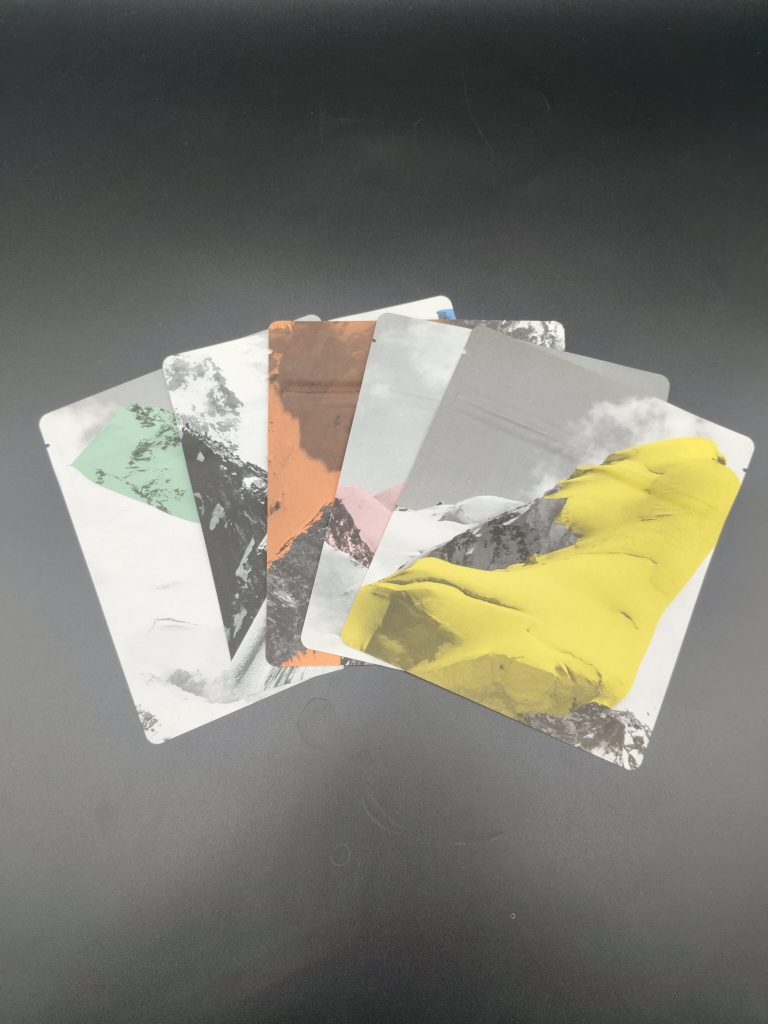
In an era where environmental responsibility meets consumer convenience, the kraft zipper pouch has emerged as an unlikely hero of sustainable packaging. These unassuming yet sophisticated containers represent a fundamental rethinking of how we balance functionality with ecological impact. While traditional mylar stand up pouches continue to dominate certain market segments with their superior barrier properties, a new generation of kraft-based solutions is challenging the status quo through material innovation and design ingenuity. This evolution reflects broader industry trends toward circular economies, carbon footprint reduction, and consumer demand for authentically “green” packaging options.
The Packaging Revolution: How Custom Printed Stand Up Pouches Are Transforming Brand Experiences

The modern custom printed stand up pouch represents far more than a container—it’s a powerful brand ambassador, a sustainability statement, and a technological marvel all in one. As consumer expectations evolve and environmental regulations tighten, these versatile packaging solutions are undergoing remarkable innovations, particularly in rotogravure printing pouch production. The industry is witnessing five fundamental shifts that are redefining what flexible packaging can achieve.
The Print Revolution: How Flexo Printed Pouches Are Redefining Packaging Excellence
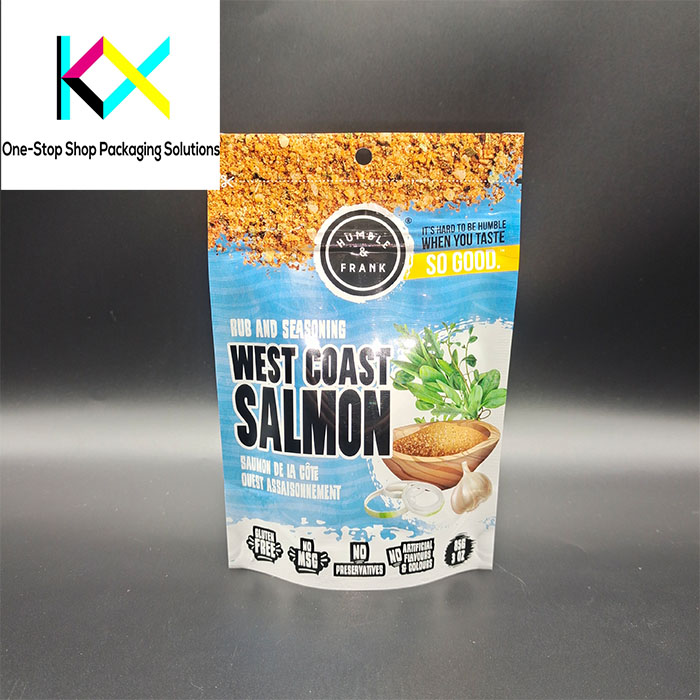
The packaging industry is undergoing a quiet transformation, driven by advancements in printing technology that balance aesthetics, sustainability, and efficiency. At the forefront of this evolution are flexo printed pouches, which combine high-quality graphics with cost-effective production. While traditional rotogravure printed bags have long dominated premium markets, flexography is closing the gap with innovations in precision, speed, and eco-friendliness. This shift is reshaping brand strategies, supply chain dynamics, and consumer perceptions in the flexible packaging space.
Chromatic Cravings: How Cookie Pouch Packaging Revolutionizes Sweet Success

The battle for consumer attention in the cookie aisle begins with a tactile and visual handshake – the cookie pouch packaging that promises delight before the first bite. In today’s hyper-competitive market, this humble container has evolved into a strategic asset where vibrant colored stand up pouches merge neuroscience with material science. The convergence of sensory marketing, sustainability imperatives, and e-commerce logistics has transformed how brands leverage packaging to drive emotional connections and operational efficiency.
The Silent Guardians: How Modern Seed Packaging Pouch Innovations Are Cultivating Industry Change
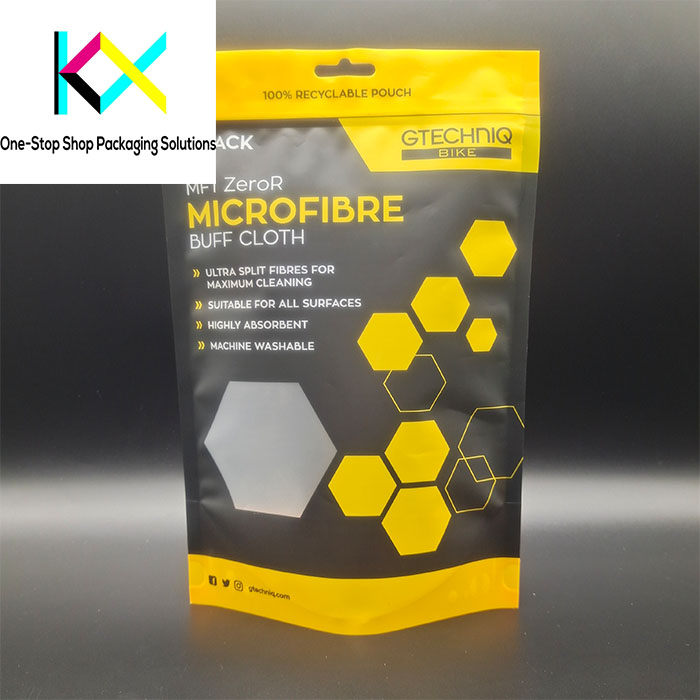
In the intricate dance between nature and technology, the humble seed packaging pouch has emerged as an unsung hero of agricultural innovation. No longer mere containers, these specialized vessels now balance critical preservation science with sustainability imperatives and consumer engagement strategies. The evolution toward sophisticated seeds stand up pouches represents a fundamental shift in how breeders, growers, and retailers approach seed viability, traceability, and market presentation. This transformation responds to urgent global challenges: biodiversity preservation, supply chain resilience, and the growing demand for transparent food systems.
The Silent Shift: How Food Stand Up Bag Innovations Are Redefining Consumer Connections
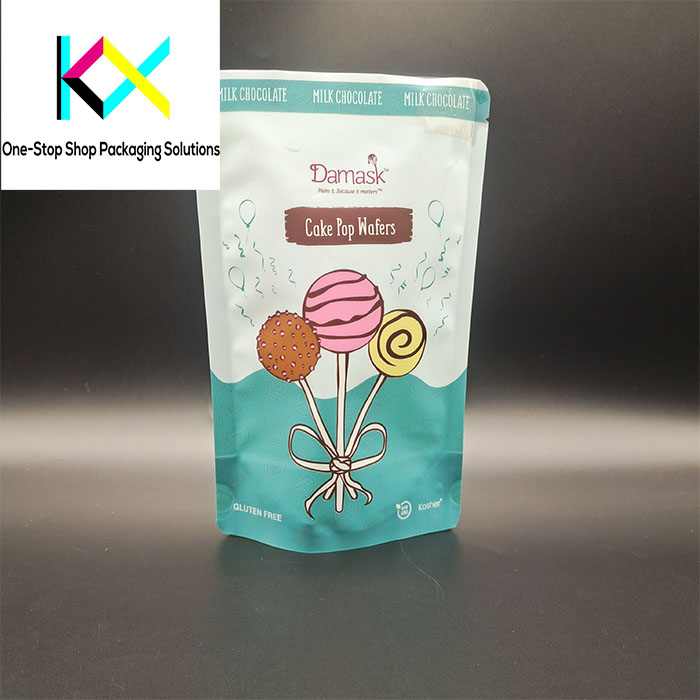
The unassuming food stand up bag has become the epicenter of a packaging revolution. Gone are the days when functionality alone dictated design; today’s consumers demand multisensory experiences wrapped in environmental responsibility. At the forefront of this transformation stands the matte stand up pouch – a tactile marvel merging premium aesthetics with groundbreaking engineering. This evolution responds to three seismic shifts: the neuroscience of purchasing decisions, urgent sustainability mandates, and the brutal realities of e-commerce logistics. What begins as a simple container has morphed into a brand’s most potent touchpoint.
Mylar Aluminum Foil Bags: The Science of Sweet Preservation
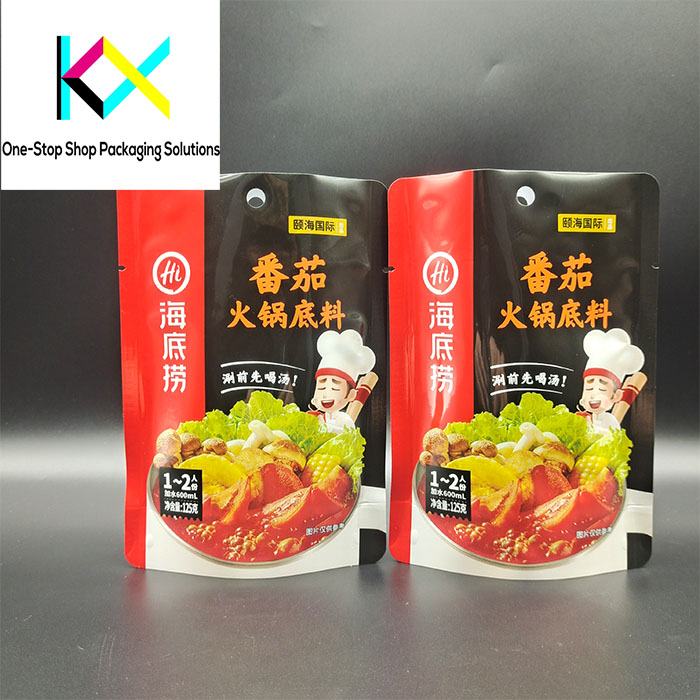
The mylar aluminum foil bag has emerged as the gold standard in protecting sensory perfection. Where conventional candy pouch packaging often surrenders to humidity and oxidation, these engineered marvels deploy space-grade materials to shield delicate flavors and textures from factory to fingertips.
Resealable Mylar Bags: Engineering the Future of Premium Protection

The resealable mylar bag has undergone a quantum leap – evolving from basic storage to an intelligent preservation ecosystem. Where conventional zip pouch food packaging offered elementary containment, today’s solutions integrate space-grade materials, circular economy principles, and digital intelligence to defend premium contents against time, temperature, and transit.
The Artistry of Freshness: How Custom Made Coffee Bags Elevate Specialty Brews

The custom made coffee bag has become the canvas for specialty roasters’ most critical preservation artistry. Where generic aluminum foil packaging bags once dominated, today’s engineered solutions blend precision barriers, sustainable materials, and brand storytelling to protect delicate volatile compounds from roastery to ritual. This evolution answers third-wave coffee’s non-negotiables: uncompromised freshness and distinctive identity.
The Unseen Evolution: How Packaging Doypack Designs Are Redefining Tea Preservation

The packaging doypack has emerged as the silent guardian of premium tea experiences worldwide. Where traditional tea plastic pouch designs often compromised freshness for convenience, today’s engineered solutions blend material science, sustainability, and sensory preservation to protect delicate leaves from plantation to pot. This revolution responds to discerning tea drinkers demanding both luxury and eco-consciousness in every steep.
The Doypack Stand Up Pouch: Engineering the Future of Functional Packaging

The unassuming doypack stand up pouch has become the Swiss Army knife of modern packaging – a format quietly revolutionizing retail, e-commerce, and sustainability strategies. No longer just a container, today’s advanced iterations combine material science, digital technology, and structural innovation to solve problems traditional stand up plastic bags never could. As consumer goods fragment into niche categories and regulations tighten, this self-supporting hero is rising to meet unprecedented challenges.
From Plastic to Planet: The Evolution of Cat Food Packaging Bags

The rustle of opening a cat food packaging bag remains an enduring ritual in households worldwide. Yet beneath this familiar sound, a material revolution is transforming soft packaging. Driven by eco-conscious pet owners and regulatory shifts, manufacturers are reengineering these essential containers – with biodegradable packaging bags emerging as the frontier solution. This transition represents more than sustainability trends; it signals fundamental recalibration of packaging priorities across the industry.
Flat Bottom Zipper Bag: Where Shelf Presence Meets Sustainable Innovation

In the competitive landscape of flexible packaging, the flat bottom zipper bag has emerged as a retail powerhouse – combining freestanding stability with eco-conscious engineering. These self-supporting pouches are redefining product presentation across premium markets while driving unexpected synergies with industrial-grade three side seal pouches. As e-commerce surges and circular economy mandates tighten, both formats are converging to solve the dual challenge of brand impact and planetary responsibility.
Three Side Seal Bag: The Unsung Efficiency Engine Reshaping Modern Packaging

In the high-speed world of flexible packaging, the three side seal bag has emerged as a silent powerhouse – driving unprecedented efficiency while pioneering sustainability. These deceptively simple flat pouches are transforming industries from gourmet coffee to automotive lubricants, proving that minimalist design can maximize impact. As circular economy mandates accelerate, innovations in plastic packaging pouch technology are converging to redefine how products are protected, shipped, and reborn.
Stand Up Zipper Bag: Where Premium Preservation Meets Modern Convenience

In the high-stakes arena of flexible packaging, the stand up zipper bag has evolved from a simple storage solution to a sophisticated preservation system. These vertically stable, resealable powerhouses now dominate premium markets—from craft coffee to boutique skincare—blending unmatched functionality with cutting-edge material science. As sustainability demands intensify, innovations like mylar ziplock bag hybrids are redefining freshness, proving that luxury and eco-consciousness can coexist in perfect harmony.
Eco Friendly Stand Up Pouch: The Vanguard of Plastic Packaging’s Sustainable Transformation

In an era where sustainability intersects with consumer demand, the eco friendly stand up pouch has emerged as a catalyst for change across the flexible packaging landscape. These vertically stable solutions are redefining industry standards, challenging traditional plastic packaging bag conventions, and proving that environmental responsibility need not compromise functionality or shelf appeal. As global regulations tighten and conscious consumers multiply, this evolution marks a pivotal shift toward circularity.
Gusset Packaging Bag: The Unsung Hero of Modern Flexible Packaging Efficiency

In the dynamic world of flexible packaging, the gusset packaging bag has emerged as a quiet powerhouse, delivering unparalleled functionality across industries from gourmet coffee to industrial chemicals. These versatile bags, characterized by their expandable side panels, are undergoing a sustainability revolution while maintaining their core advantage: space-efficient storage that protects premium contents. As e-commerce grows and environmental regulations tighten, innovations in side gusset plastic bags are proving that smart design can reduce waste without compromising performance.
Plastic Spout Pouch: Precision Meets Sustainability in Modern Liquid Packaging

In the quest for packaging that balances functionality with environmental responsibility, the plastic spout pouch has emerged as an unexpected hero. These innovative solutions are redefining liquid dispensing across industries—from food and beverage to automotive chemicals—while driving material science breakthroughs that ripple into unexpected territories like vacuum packaging bags. As circular economy mandates accelerate, these unassuming pouches are proving that convenience and sustainability can flow from the same spout.
3 Side Seal Flat Pouch: The Unsung Efficiency Engine Reshaping Modern Packaging

In today’s hyper-competitive flexible packaging landscape, the 3 side seal flat pouch has emerged as a silent powerhouse – driving cost efficiency, sustainability, and surprising innovation. While flashier formats dominate headlines, this unassuming design is quietly revolutionizing liquid packaging through unexpected partnerships with tap pouch technologies. As brands face mounting pressure to reduce waste and optimize logistics, this overlooked hero is stepping into the spotlight.
Liquid Stand Up Pouch: The Silent Revolution Reshaping Beverage Sustainability

In the dynamic beverage packaging landscape, the liquid stand up pouch has emerged as a game-changing fusion of functionality and eco-innovation. These space-efficient, vertically stable pouches are rapidly displacing rigid containers, leveraging breakthroughs pioneered by beverage spout pouch technologies to slash waste while enhancing consumer convenience. As global pressure mounts to reduce single-use plastics, this packaging format is becoming the linchpin of a circular beverage economy.
Shampoo Refill Pouch Innovations: How Liquid Packaging Is Driving the Circular Beauty Revolution

The personal care industry’s sustainability transformation hinges on a deceptively simple solution: the shampoo refill pouch. These lightweight, flexible packs are disrupting traditional bottle-dominated markets, reducing plastic waste by up to 70% while borrowing material science breakthroughs from an unlikely ally—juice pouch packaging. As global refillable beauty markets surge toward $36B by 2027, these unassuming pouches are becoming linchpins in the zero-waste economy.
Spouted Liquid Stand Up Pouches: Revolutionizing Sustainable Juice Packaging

In today’s rapidly evolving beverage landscape, spouted liquid stand up pouches represent a transformative leap in packaging innovation, merging consumer convenience with environmental stewardship. As juice brands navigate growing pressure to reduce plastic waste and meet stringent regulations, these advanced pouches are redefining juice packaging pouch standards—offering unprecedented functionality while slashing ecological footprints. The global juice market’s projected growth to $154 billion by 2027 underscores the urgency for solutions that balance shelf appeal, freshness, and planetary responsibility.
Plastic Pouch Liquid Packaging: Innovating the Future of Sustainable and Smart Solutions

In the dynamic world of flexible packaging, plastic pouch liquid packaging is undergoing a transformative evolution, driven by sustainability mandates and consumer demand for convenience. Once criticized for its environmental footprint, this versatile format is now embracing cutting-edge materials, intelligent designs, and advanced printing technologies like printed spout pouches to reduce waste and enhance user experience. As industries from beverages to home care seek greener alternatives, the humble plastic pouch is proving its adaptability in a circular economy.
Eco Friendly Spout Pouches: Leading the Charge in Sustainable Liquid Packaging

In an era where environmental accountability shapes consumer choices, eco friendly spout pouches are emerging as a transformative force in the liquid packaging industry. These innovative solutions, designed to minimize waste without compromising functionality, are redefining how beverages, sauces, and personal care products are stored and dispensed. As global demand for sustainable alternatives surges, advancements like biodegradable spout pouch designs and compostable materials are positioning these pouches at the forefront of the circular economy.
Juice Spout Pouches: The Liquid Packaging Revolution Balancing Convenience and Sustainability

In the rapidly evolving beverage industry, juice spout pouches are emerging as a transformative solution, merging user-friendly design with eco-conscious innovation. These pouches, featuring precision-fit spouts and lightweight structures, are redefining how liquids—from cold-pressed juices to plant-based milks—are packaged, stored, and consumed. As brands face mounting pressure to reduce plastic waste and meet stringent regulations, advancements in liquid packaging bags are proving that functionality and environmental stewardship can coexist.
Spouted Stand Up Pouches: Redefining Convenience and Sustainability in Liquid Packaging

In the fast-paced world of liquid packaging, spouted stand up pouches are emerging as a game-changer, blending user-friendly design with eco-conscious innovation. These pouches, equipped with precision-fit spouts and space-efficient structures, are revolutionizing industries from baby food to plant-based beverages. As brands grapple with sustainability mandates and shifting consumer preferences, advancements like recyclable spout pouches are proving that functionality and environmental responsibility can flow seamlessly together.
Kraft Paper Tea Bags: Weaving Tradition into Tomorrow’s Sustainable Brew

In the serene world of tea, where heritage meets hyper-modernity, kraft paper tea bags are emerging as a symbol of eco-conscious evolution. Once a humble vessel for loose leaves, these unbleached, biodegradable bags are now at the forefront of a packaging revolution, inspiring innovations like compostable tea powder packing pouches that cater to matcha enthusiasts and eco-aware consumers alike. As the global tea market surges toward $81 billion by 2031, brands are steeped in a dual mission: preserving flavor and the planet.
Tea Plastic Pouch: Reinventing Sustainability in Modern Tea Preservation

In the ever-evolving landscape of flexible packaging, the tea plastic pouch is undergoing a transformative makeover, driven by both environmental urgency and consumer demand for convenience. Once criticized for its reliance on single-use plastics, this staple of the tea industry is now embracing innovations like recyclable mono-materials, smart designs, and hybrid structures such as the ziplock stand up pouch. As global tea consumption rises—expected to reach 8.1 million tons by 2026—brands are reimagining how tea is stored, sold, and savored, without compromising the planet.
Hot Tea Packaging Pouch: Innovating Tradition in the Modern Tea Renaissance

In the world of tea, where heritage meets hyper-modernity, the hot tea packaging pouch is undergoing a quiet revolution. Once a simple vessel for loose leaves or sachets, today’s pouches are marrying advanced materials, smart technology, and eco-conscious design to cater to discerning consumers. From compostable films to artisanal tea paper packaging bags, the industry is steeped in innovation—proving that even the oldest beverage can adapt to 21st-century demands.
Eco Friendly Tea Bag Packaging: Brewing a Sustainable Future in Flexible Design

In an era where consumers sip consciously and brands steep in sustainability, eco friendly tea bag packaging has emerged as a catalyst for change in the $81 billion global tea industry. No longer confined to traditional envelopes or plastic-lined boxes, today’s innovations—like compostable materials and space-efficient tea stand up pouches—are redefining how tea is preserved, presented, and planet-approved.
Tea Packaging Pouches: Blending Tradition with Tomorrow’s Sustainability

In the world of tea, where heritage meets modern consumer demands, tea packaging pouches have evolved from mere storage solutions to powerful tools for brand storytelling and environmental stewardship. As the global tea market surges toward $81.6 billion by 2030, driven by health-conscious millennials and Gen Z, the humble pouch is undergoing a quiet revolution. Innovations like compostable films, smart labeling, and hyper-personalized custom tea pouches are redefining how tea is preserved, presented, and perceived.
Biscuit Packaging Pouches: The Sweet Spot of Innovation in Modern Food Preservation

In the dynamic world of flexible packaging, biscuit packaging pouches are emerging as a critical player, balancing aesthetics, functionality, and sustainability. As consumers demand longer shelf life, eco-conscious materials, and personalized branding, innovations like zip lock stand up pouches and custom printed resealable food bags are reshaping how snacks and beverages are packaged. From artisanal cookies to premium tea blends, the industry’s pivot toward smarter, greener solutions is redefining freshness and consumer engagement.
Pet Food Stand Up Pouches: Driving Innovation in Sustainable and Smart Packaging

In the rapidly evolving flexible packaging industry, pet food stand up pouches have emerged as a cornerstone of innovation, merging functionality with eco-conscious design. These pouches, celebrated for their space-efficient structure and consumer appeal, are not only redefining pet nutrition storage but also influencing trends in adjacent sectors like cookies packaging bags and sweet pouch packaging. As brands prioritize sustainability and engagement, advancements such as stand up mylar food bags and hyper-customizable designs are setting new benchmarks for freshness, convenience, and environmental responsibility.
Coffee Stand Up Pouches: Pioneering Sustainability and Smart Design in Modern Packaging

In the evolving landscape of flexible packaging, coffee stand up pouches have emerged as a gold standard, blending functionality with eco-conscious innovation. These pouches, known for their space-efficient design and premium shelf presence, are not only transforming how coffee is stored and sold but also influencing adjacent sectors like pet food and dried goods. As brands prioritize sustainability and consumer engagement, advancements such as food safe mylar bags and custom printed mylar bags are redefining expectations across industries—from dry fruit stand up pouch designs to pet food packaging pouch solutions.
Popcorn Packaging Pouches: The Unsung Innovators in Flexible Packaging’s Sustainability Surge

In the bustling world of snack and pet food packaging, popcorn packaging pouches are quietly driving a revolution. Once a simple vessel for movie-night treats, these pouches now embody the intersection of convenience, sustainability, and cross-industry ingenuity. From resealable dog food bags to snacks packaging pouches for nuts and crisps, the lessons learned from popcorn’s quest for freshness are reshaping how brands approach design, material science, and eco-responsibility.
Three Side Seal Pouches: The Silent Force Behind Modern Packaging Efficiency

In the fast-paced world of flexible packaging, three side seal pouches have become an unsung hero, driving efficiency and sustainability across industries. These versatile pouches, characterized by their clean edges and robust seals, are redefining how products like 250 gram coffee bags and pet food packaging balance practicality with environmental responsibility. As brands navigate shifting consumer expectations and regulatory pressures, innovations such as aluminium foil laminated pouches and fully recyclable dog food bags are reshaping the narrative—proving that even the smallest design choices can yield monumental impact.
Flat Bottom Box Pouches: The Unsung Heroes of Modern Flexible Packaging

In an era where packaging must marry form, function, and sustainability, flat bottom box pouches have emerged as a versatile solution reshaping industries from specialty coffee to pet treats. These hybrid designs blend the structural stability of rigid boxes with the lightweight efficiency of pouches, offering brands a canvas for innovation while addressing modern challenges like eco-consciousness and e-commerce durability. As consumer preferences pivot toward convenience and green practices, the ripple effects of flat bottom box pouches are evident—from printed coffee pouches boasting artisan aesthetics to dog treat packaging bags built to withstand chew-happy pups.
Environmentally Friendly Coffee Bags Lead the Charge in Sustainable Packaging Innovation

The global shift toward sustainability has transformed the packaging landscape, and nowhere is this more evident than in the rise of environmentally friendly coffee bags. These pouches, once a niche offering, are now central to brands’ strategies as consumers demand eco-conscious solutions without compromising freshness or functionality. From compostable films to structural innovations like 1kg stand up pouches, the coffee industry is borrowing insights from unexpected sectors—even banana chips packaging bag designs—to pioneer packaging that’s as green as the beans it holds.
How Dried Fruit Packaging Bags Are Redefining Sustainability in Flexible Packaging

The humble dried fruit packaging bags have quietly emerged as unlikely heroes in the global push for eco-conscious flexible packaging. No longer just a vessel for raisins and apricots, these pouches are driving material innovations that ripple across industries—from chips packaging pouch redesigns to biodegradable coffee bags with valve systems. As brands scramble to meet tightening regulations and consumer demands for greener solutions, the lessons learned from snack packaging are proving invaluable, particularly in reimagining how coffee and other perishables are stored, shipped, and displayed.
Snack Pouch Packaging Inspires a New Era of Coffee Freshness and Functionality

The rise of snack pouch packaging has done more than revolutionize how we store chips and granola—it’s quietly reshaping the coffee industry. By borrowing design principles from these lightweight, resealable pouches, coffee brands are reimagining freshness, sustainability, and user convenience in ways that cater to today’s eco-conscious, on-the-go consumers. From valve sealed coffee bags to innovative quad seal coffee bag structures, the cross-industry exchange of ideas is brewing a packaging revolution.
Revolutionizing Freshness: The Rise of Mylar Coffee Bags in Modern Packaging

In an era where sustainability and functionality collide, mylar coffee bags have emerged as a cornerstone of innovation for the coffee industry. These versatile, foil-lined pouches not only preserve the aromatic essence of coffee beans but also reflect a growing commitment to eco-conscious design. As consumer preferences shift toward convenience and environmental responsibility, packaging solutions like single-serve formats, compostable materials, and resealable systems are redefining how coffee reaches our cups.
Aluminium Zip Lock Pouch & Beyond: Innovations Driving Sustainable and Functional Coffee Packaging
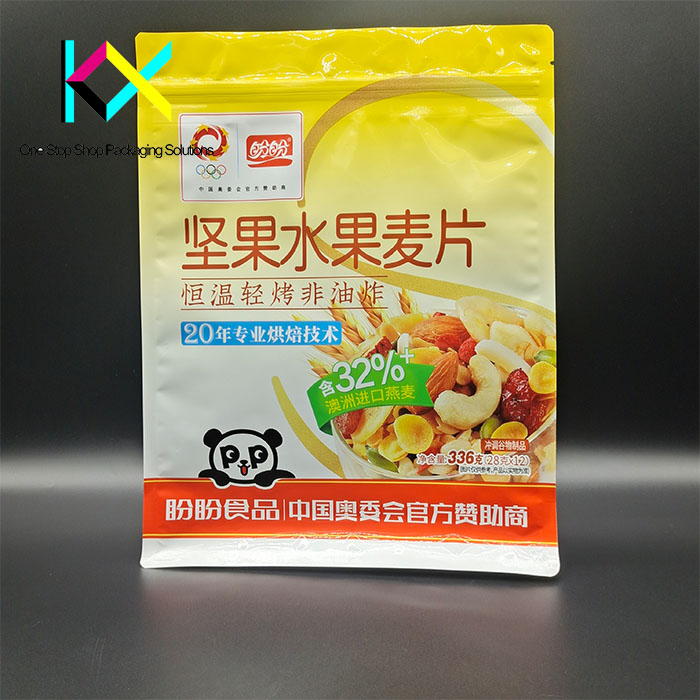
The global coffee packaging industry, valued at $3.7 billion in 2024, is undergoing a seismic shift toward sustainability, smart technology, and consumer-centric design. From aluminium zip lock pouch solutions preserving artisanal freshness to flat bottom coffee pouch designs revolutionizing e-commerce logistics, brands are leveraging cutting-edge innovations to meet regulatory demands and eco-conscious consumer expectations. This article explores how recyclable coffee bags with valve, granola packaging bags, and other key formats are redefining the future of flexible packaging.
Flat Bottom Coffee Bag: Pioneering Sustainability and Functionality in Modern Coffee Packaging
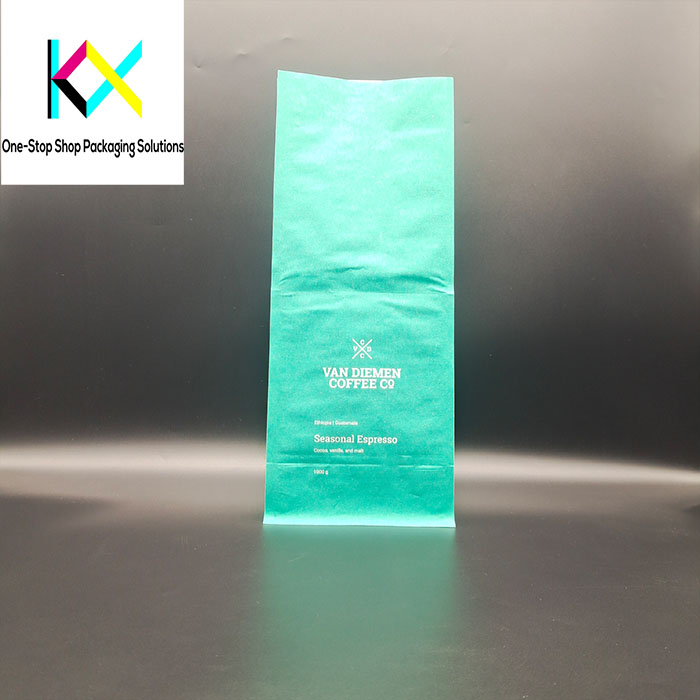
The coffee industry’s relentless pursuit of freshness, convenience, and sustainability has elevated the flat bottom coffee bag to a starring role in packaging innovation. As global coffee consumption exceeds 2.25 billion cups daily, brands are reimagining packaging solutions like compostable coffee pouches, custom coffee bag packaging, aluminum foil stand up bag designs, and single-serve 100g coffee bags to meet evolving consumer and regulatory demands. This article explores how these formats are reshaping the industry while addressing pressing environmental and logistical challenges.
Heat Seal Stand Up Pouches: The Vanguard of Coffee Packaging Innovation
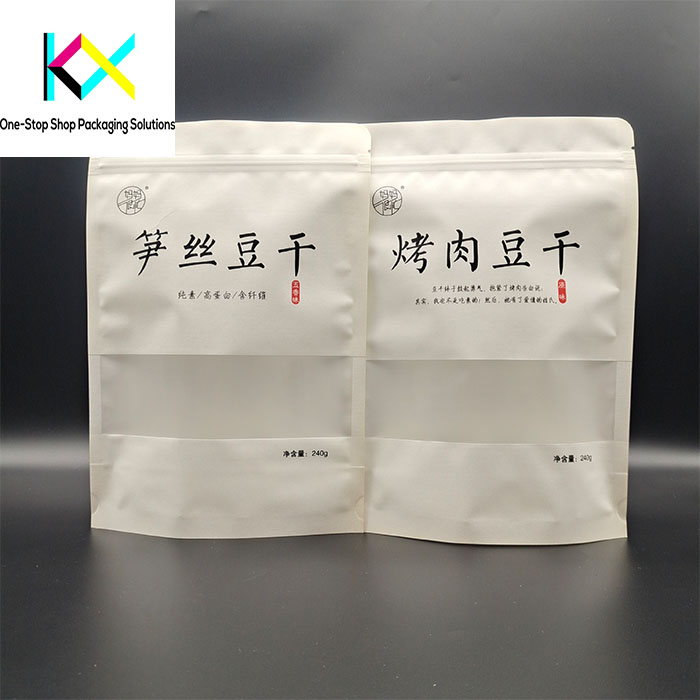
In the dynamic world of coffee packaging, heat seal stand up pouches have emerged as a cornerstone for brands aiming to merge functionality, sustainability, and aesthetic appeal. As the global coffee market surges toward $460 billion by 2026, driven by specialty roasts and eco-conscious consumers, packaging innovations like coffee bean packaging bags, eco friendly coffee bags, custom packaging coffee bags, and personalized coffee packets are redefining industry standards. This article explores how these solutions address modern challenges while capitalizing on emerging trends.
Side Gusset Coffee Bags: Innovating Freshness, Functionality, and Sustainability
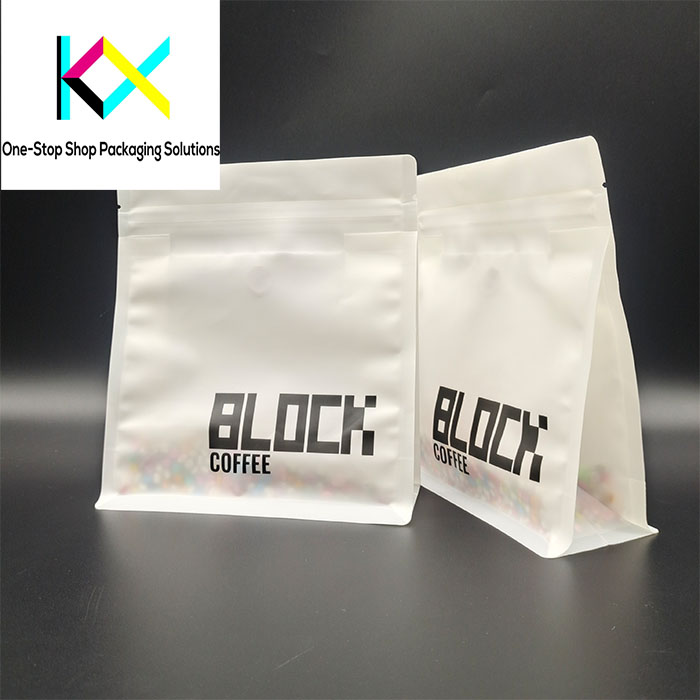
In the competitive coffee industry, side gusset coffee bags are emerging as a gold standard for brands seeking to balance practicality, freshness, and eco-conscious design. These uniquely structured bags feature expandable side panels that maximize storage capacity while maintaining a compact footprint—ideal for both retail shelves and e-commerce shipping. As consumer demand for premium, sustainable, and convenient packaging grows, innovations in side gusset coffee bags, 1kg coffee bags, 1 lb coffee bags with valve, smell proof mylar bags, and heat seal coffee bags are redefining how coffee is stored, shipped, and savored.
Paper Coffee Bags: The Sustainable Evolution of Coffee Packaging
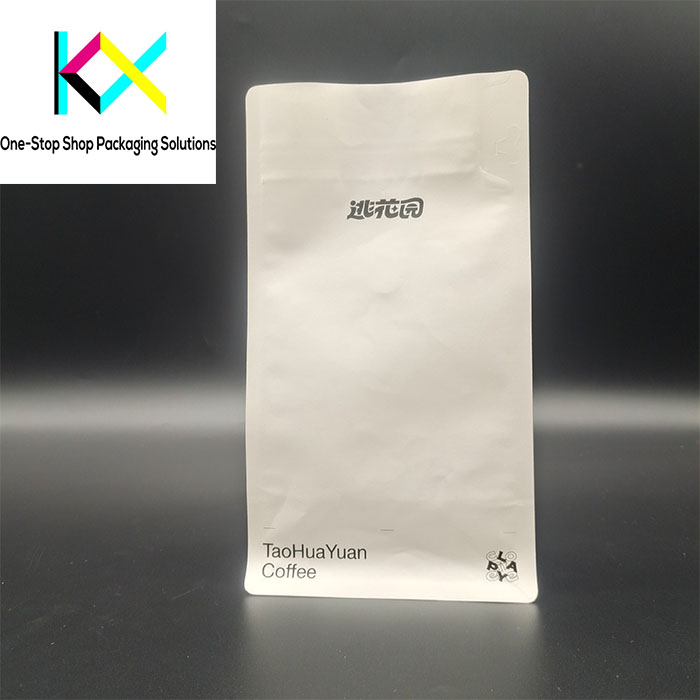
The coffee industry’s relentless pursuit of freshness and sustainability has propelled paper coffee bags into the spotlight, merging eco-conscious materials with cutting-edge functionality. As consumers demand packaging that aligns with their environmental values, brands are reimagining traditional solutions—from biodegradable coffee bags that vanish harmlessly to gusseted coffee bags optimizing shelf space. This article explores how these innovations, alongside custom coffee bags with valve and resealable heat seal bags, are reshaping coffee packaging in 2024.
Resealable Coffee Bags: The Intersection of Freshness, Function, and Sustainability
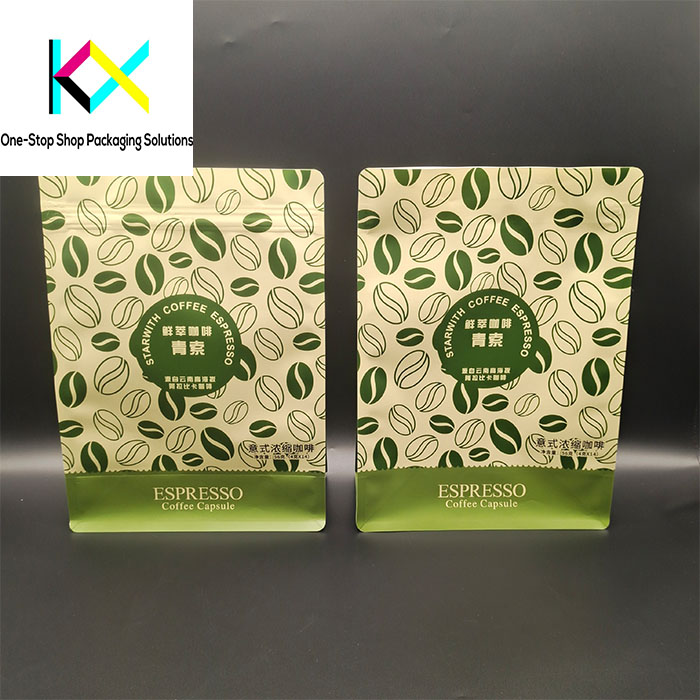
In the $460 billion global coffee industry, resealable coffee bags have evolved from simple storage solutions to sophisticated brand ambassadors. As consumers demand peak freshness, eco-conscious materials, and personalized experiences, the packaging sector is responding with innovations that blend smart technology, structural engineering, and sustainable design. From flat bottom food bags optimizing e-commerce logistics to resealable coffee bags with valve preserving artisanal aromas, the modern coffee pouch is a marvel of multifunctional engineering.
Flat Bottom Box Pouch: The Multifaceted Future of Sustainable and Functional Packaging
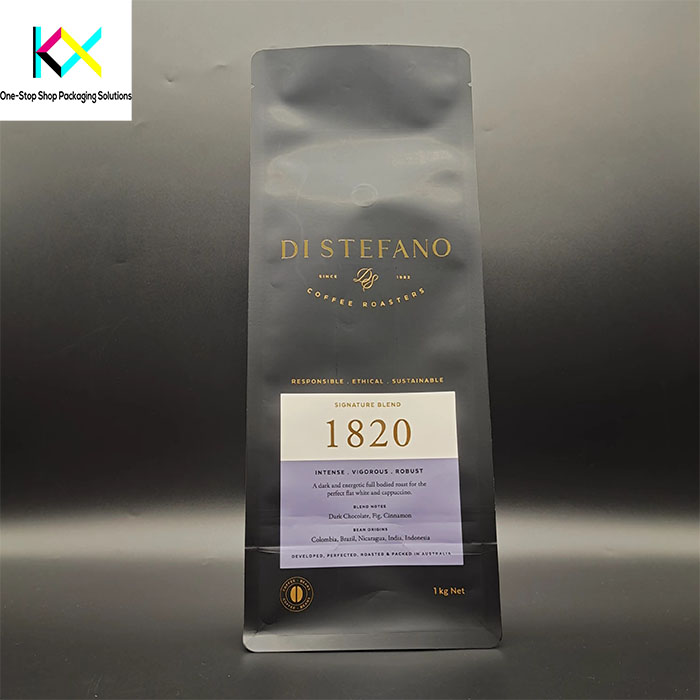
The flat bottom box pouch has emerged as a structural marvel in the flexible packaging industry, combining the stability of rigid boxes with the lightweight efficiency of pouches. As e-commerce reshapes retail and sustainability becomes non-negotiable, this hybrid design is redefining how brands approach packaging for products ranging from premium chocolates to specialty coffee. With its rigid base and collapsible sides, the flat bottom box pouch optimizes shelf presence, shipping efficiency, and recyclability—a trifecta of benefits driving its adoption across sectors.
Food Packaging Pouch with Zipper: The Evolution of Convenience in Modern Snacking
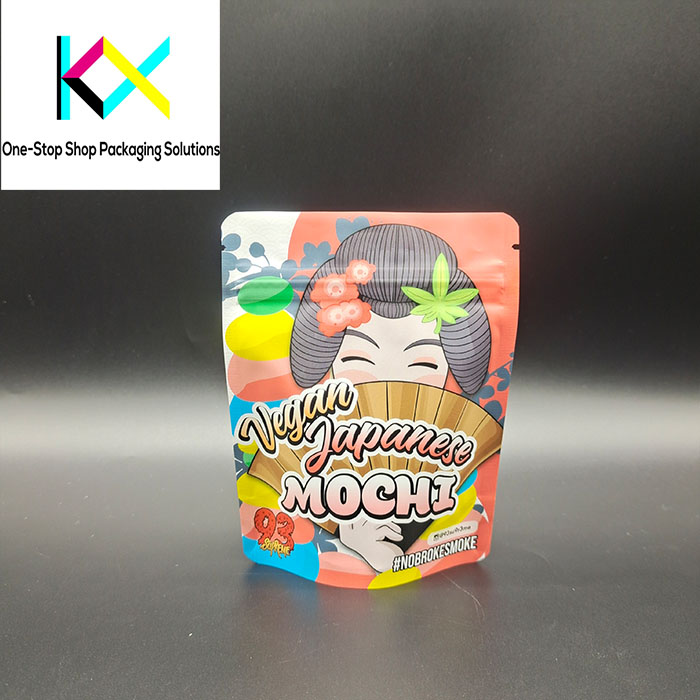
In today’s fast-paced, sustainability-driven market, the food packaging pouch with zipper has become a linchpin for brands aiming to balance consumer convenience with environmental responsibility. These resealable marvels are no longer mere storage solutions—they are critical tools for freshness preservation, brand differentiation, and waste reduction. As global snack sales surge toward $1.2 trillion by 2030, innovations in custom plastic zipper pouch designs and smart materials are reshaping how products are packaged, shipped, and experienced.
Personalised Food Bags: The New Frontier in Brand-Consumer Connection
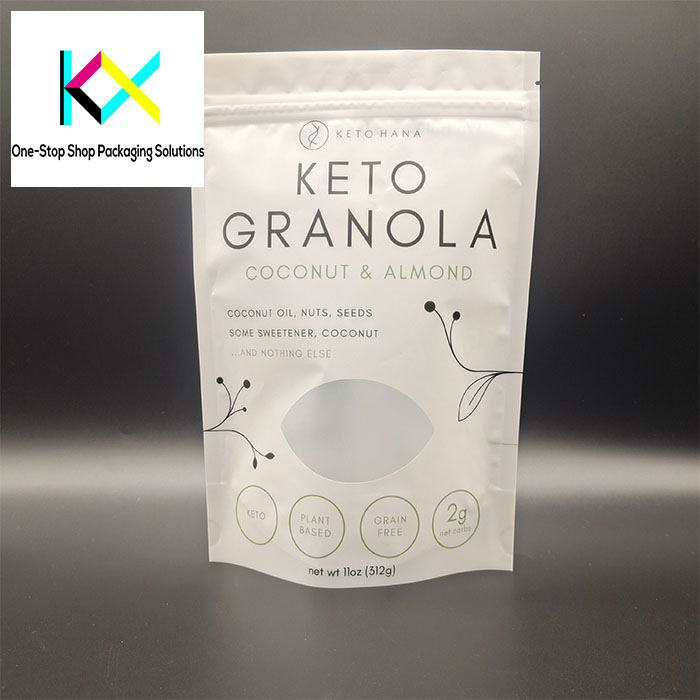
In an era where individuality reigns supreme, personalised food bags are transforming generic products into memorable brand experiences. From artisanal snacks to premium pet treats, custom-printed packaging now serves as a direct line of communication between brands and consumers, driven by advancements in digital printing, smart materials, and eco-conscious innovation. As sustainability regulations tighten and e-commerce reshapes retail, the flexible packaging industry is responding with solutions that blend personalization, functionality, and environmental responsibility.
Protein Powder Pouches: Revolutionizing Supplement Packaging in the Fitness Era
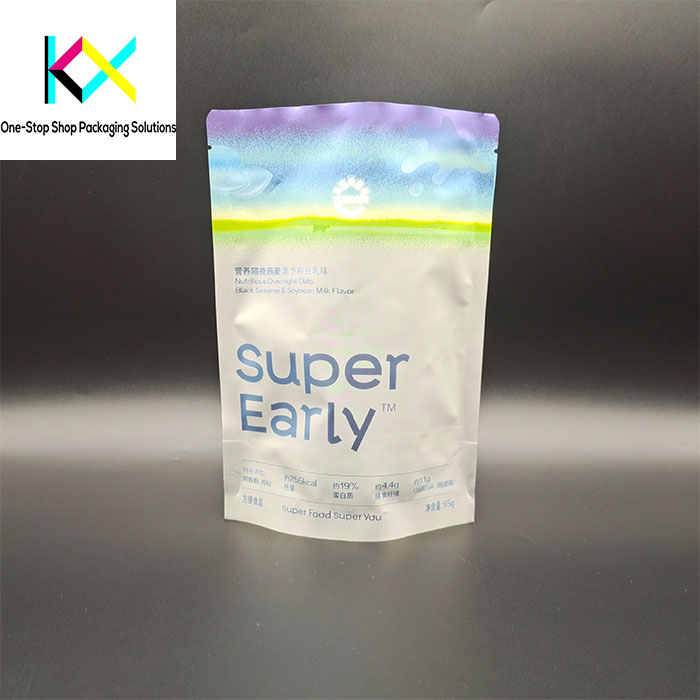
The global protein supplement market, projected to reach $40 billion by 2028, is driving unprecedented innovation in functional packaging. At the forefront of this evolution are protein powder pouches, which have transitioned from basic storage solutions to sophisticated tools for brand differentiation and sustainability. These pouches now address critical consumer demands—freshness preservation, eco-conscious design, and user convenience—while aligning with stringent industry regulations.
Innovative Printed Coffee Bags with Valve: The New Standard in Freshness-Driven Branding

In the competitive world of specialty coffee, printed coffee bags with valve have become non-negotiable for roasters aiming to balance artisanal quality with commercial success. These innovative packages combine precision degassing technology with high-impact branding, addressing two critical consumer demands: peak freshness and visual storytelling. As sustainability regulations tighten and e-commerce reshapes retail, the 2024 packaging landscape rewards brands that merge functional engineering with eco-conscious creativity.
🚀 Whey Protein Pouch Packaging: The Secret to Winning the Fitness Market
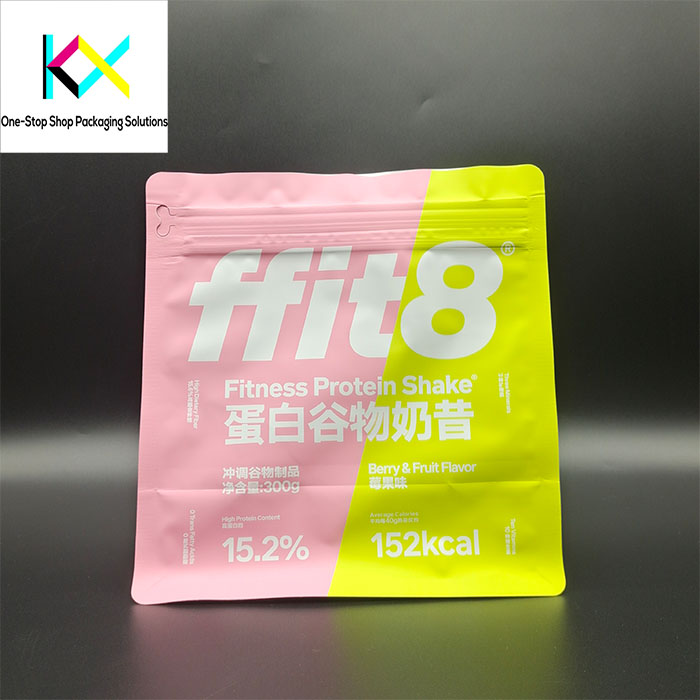
In the booming sports nutrition industry, whey protein pouch packaging has become a critical battleground for brand differentiation. With global protein supplement sales projected to exceed $30 billion by 2026, innovative packaging solutions are no longer optional—they’re essential for capturing health-conscious consumers who demand convenience, freshness, and sustainability. Modern whey protein pouch packaging now combines advanced barrier technologies with smart design features, creating a seamless user experience from gym bag to kitchen shelf.
🚀 Stand Up Mylar Food Bags: The Ultimate Fusion of Freshness & Sustainability
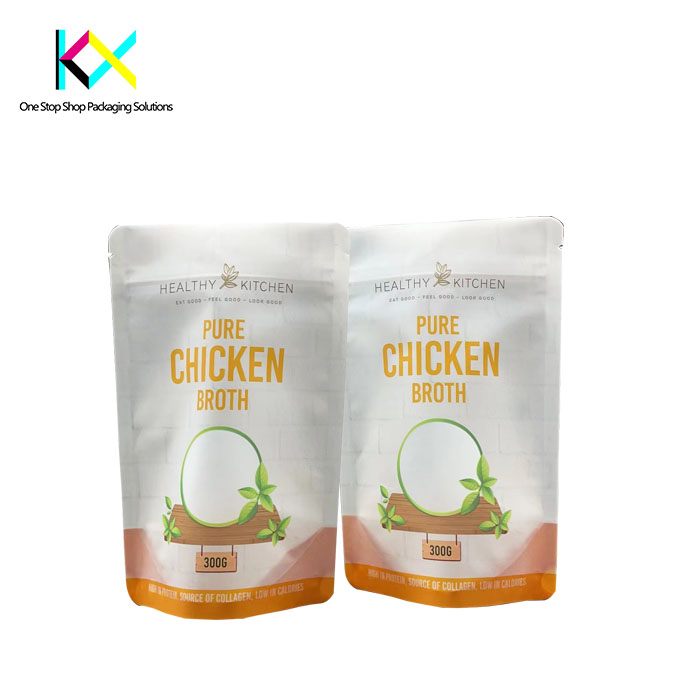
In the dynamic world of food packaging, stand up mylar food bags are redefining freshness and functionality. With their superior light-blocking properties and resealable convenience, these innovative bags are becoming the go-to choice for brands prioritizing product longevity and shelf appeal. As consumers demand eco-conscious solutions, manufacturers are now combining Mylar’s protective qualities with recyclable materials—proving that sustainability and performance can coexist.
Custom Printed Food Packaging Bags: Revolutionizing Brand Presentation and Sustainability
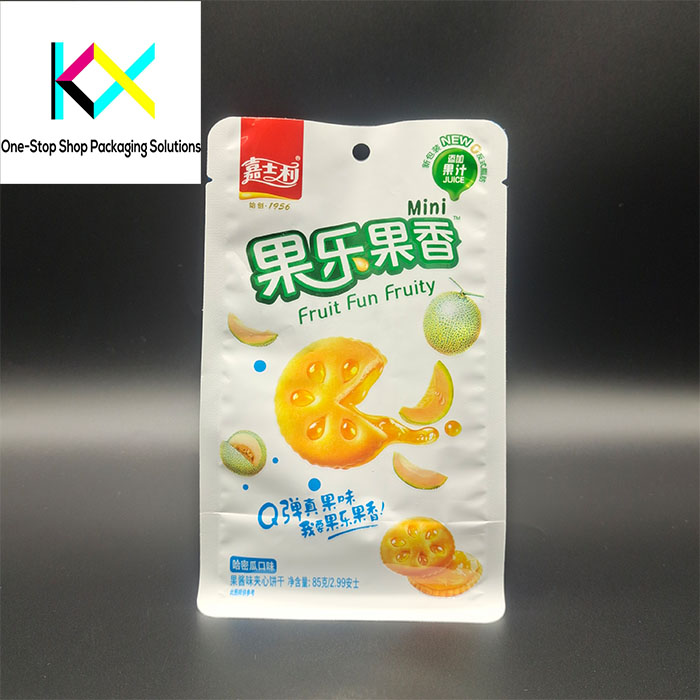
In today’s rapidly evolving food industry, custom printed food packaging bags have emerged as a critical differentiator for brands looking to make an impact. These innovative packaging solutions combine cutting-edge printing technology with advanced material science to create packaging that not only protects products but also serves as a powerful marketing tool. As consumer preferences shift toward sustainable and visually appealing options, manufacturers are responding with smarter, more eco-conscious designs.
Innovative Gusset Packaging Bag: The Future of Flexible Packaging SolutionsInnovative Gusset Packaging Bag: The Future of Flexible Packaging Solutions
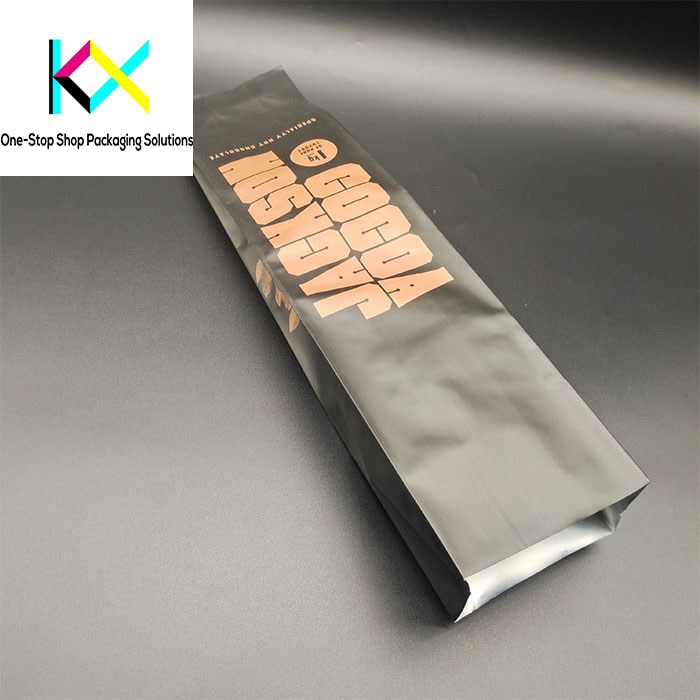
The gusset packaging bag has emerged as a game-changer in modern product packaging, combining practical functionality with cutting-edge design. As sustainability and convenience become top priorities for global consumers, these versatile pouches are setting new standards across multiple industries. With their expandable sides and sturdy base, gusset bags offer superior storage capacity while maintaining excellent shelf presence – a perfect example of form meeting function in today’s competitive marketplace.
Innovations in Degassing Valve Pouches: Revolutionizing Modern Flexible Packaging
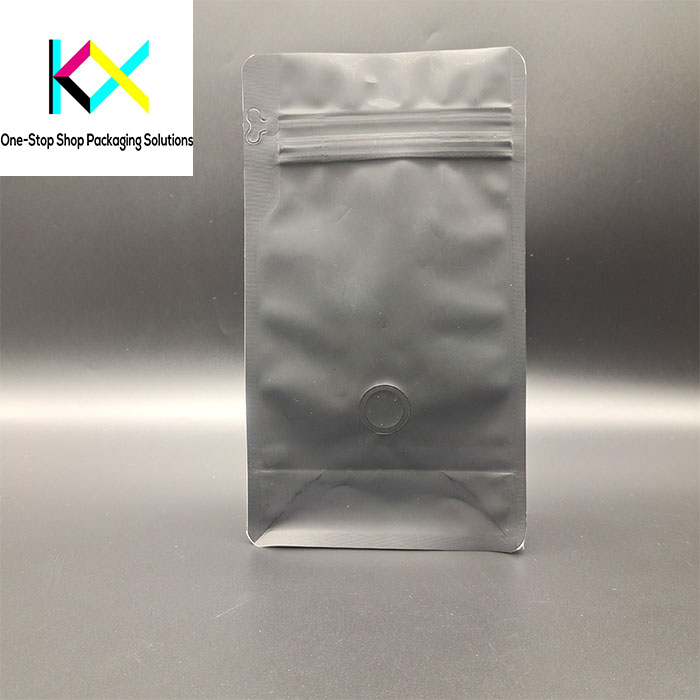
The packaging industry is witnessing a transformative era, with degassing valve pouches leading the charge in preserving product freshness across multiple sectors. From specialty coffee to artisanal snacks, these intelligent pouches are redefining shelf life and consumer satisfaction. Coupled with advancements in candy packaging pouches, hand soap pouches, custom quad seal bags, and digital printed packaging pouches, the market now offers solutions that blend functionality with sustainability.
Digital Printed Coffee Bags: Revolutionizing Specialty Coffee Packaging
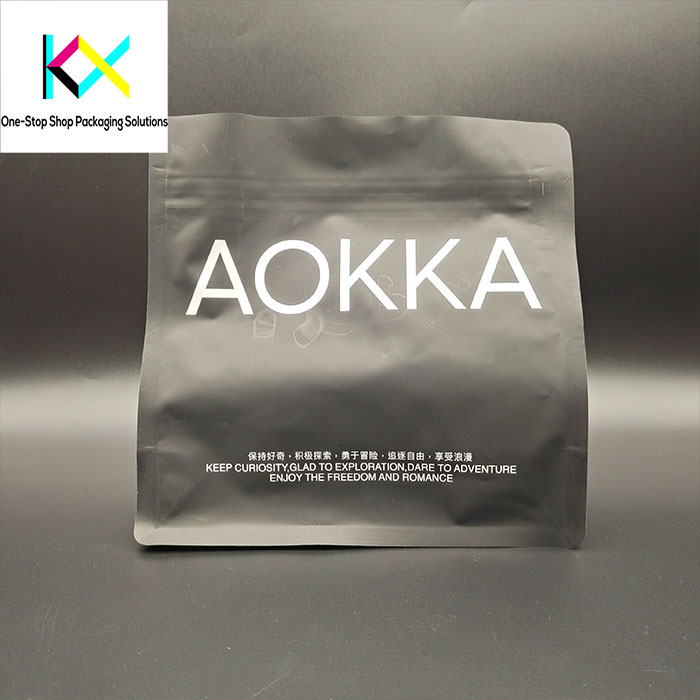
In the competitive specialty coffee market, digital printed coffee bags are transforming how roasters present their products while maintaining exceptional quality. This innovative packaging approach, combined with advancements in digital printing on stand up pouches and functional designs like flat bottom zipper bags, offers unprecedented opportunities for brand differentiation and sustainability.
Recyclable Spout Pouches: Pioneering Sustainable Liquid Packaging Solutions
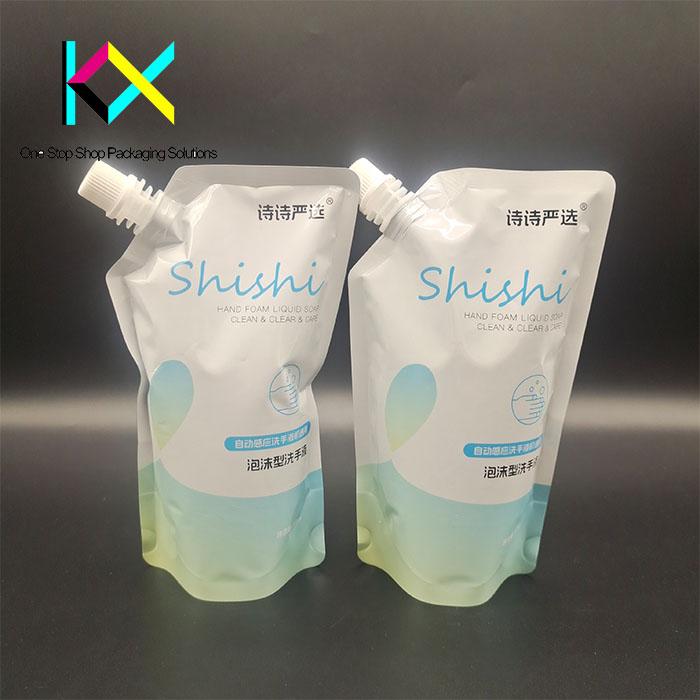
The packaging industry stands at a critical juncture where environmental responsibility meets innovative design. Recyclable spout pouches have emerged as a transformative solution, offering brands an effective way to package liquids while addressing pressing sustainability concerns. Alongside complementary formats like brown kraft paper stand up pouches and eco stand up pouches, these packaging innovations are reshaping product delivery systems across multiple sectors.
Ziplock Standing Pouch: The Smart Choice for Modern Packaging Solutions

In today’s competitive market, the ziplock standing pouch has emerged as a versatile packaging solution that combines convenience with sustainability. Alongside innovative designs like black kraft paper pouches, stand up coffee pouches with valve, and custom kraft pouches, the ziplock standing pouch is redefining product presentation and preservation. These packaging options aren’t just about containing products – they’re about enhancing brand value while meeting evolving consumer demands for functionality and environmental responsibility.
Stand Up Food Pouches: Revolutionizing Convenience and Sustainability in Packaging
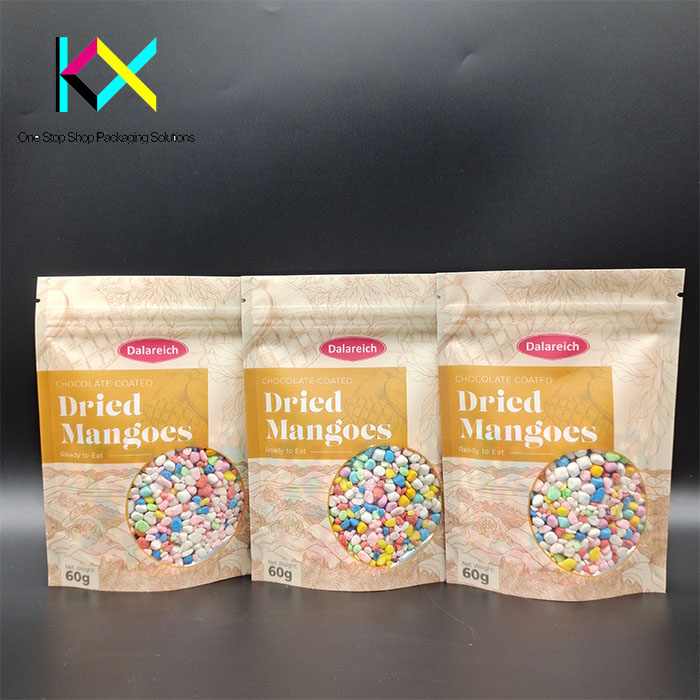
In the ever-evolving world of flexible packaging, stand up food pouches have become a cornerstone for brands seeking both functionality and eco-conscious design. Alongside innovations like square bottom pouches, back seal pouches, and sealable paper pouches, stand up food pouches are redefining how products are stored, displayed, and consumed. These solutions are not just about protecting contents; they’re about enhancing user experience while meeting the growing demand for sustainable packaging. Let’s explore how these designs are transforming industries and what makes them a smart choice for forward-thinking brands.
Stand Up Zipper Pouches: The Versatile Solution for Modern Packaging Needs
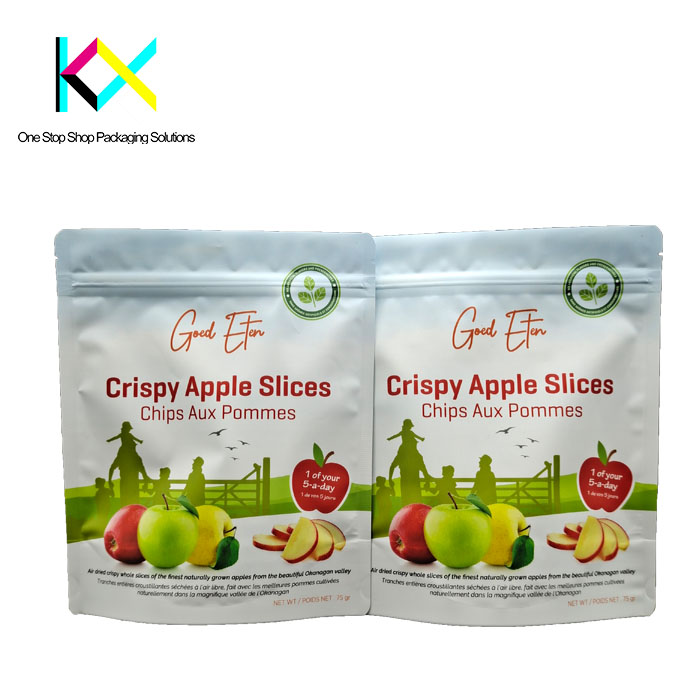
In the fast-paced world of flexible packaging, stand up zipper pouches have emerged as a go-to solution for brands seeking convenience, functionality, and sustainability. Alongside innovations like dry food packaging bags, compostable kraft pouches, and mylar stand up pouches, these designs are redefining how products are stored, displayed, and consumed. These solutions are not just about protecting contents; they’re about enhancing user experience while meeting the growing demand for eco-friendly options. Let’s explore how these pouches are transforming industries and what makes them a smart choice for forward-thinking brands.
Stand Up Zipper Pouches: The Versatile Solution for Modern Packaging Needs
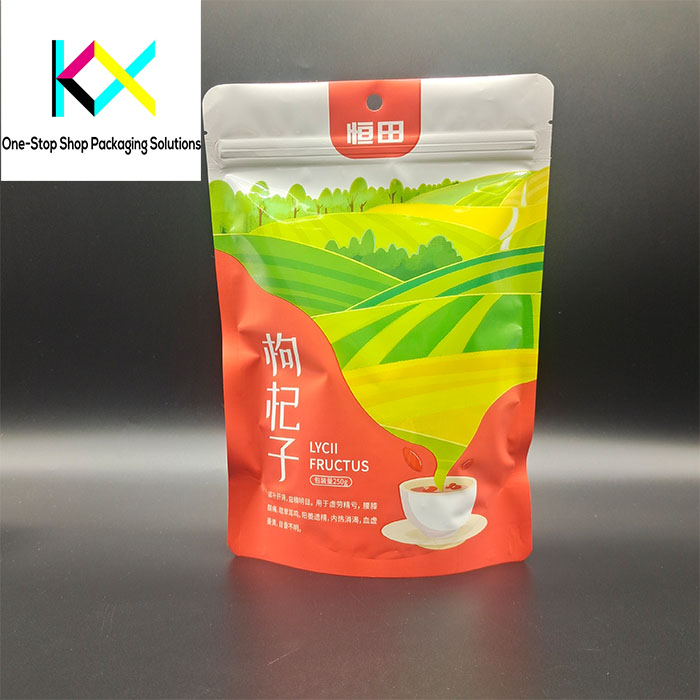
In the fast-paced world of flexible packaging, stand up zipper pouches have emerged as a go-to solution for brands seeking convenience, functionality, and sustainability. Alongside innovations like dry food packaging bags, compostable kraft pouches, and mylar stand up pouches, stand up zipper pouches are redefining how products are stored, displayed, and consumed. These designs are not just about protecting contents; they’re about enhancing user experience while meeting the growing demand for eco-friendly solutions. Let’s explore how these pouches are transforming industries and what makes them a smart choice for forward-thinking brands.
Recycling Pet Food Pouches: A Sustainable Shift in Flexible Packaging
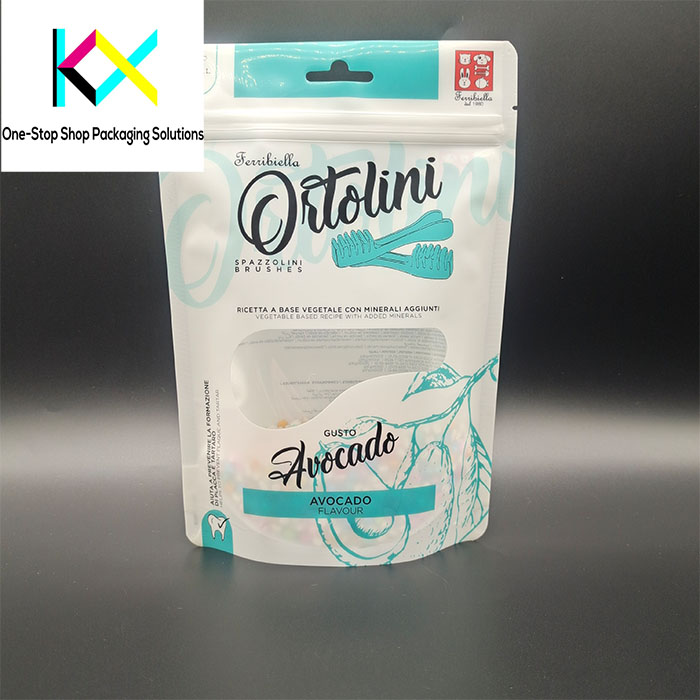
The global push for sustainability has brought recycling pet food pouches into the spotlight, as brands and consumers alike seek eco-friendly alternatives to traditional packaging. Alongside innovations like redcycle coffee bags, recyclable flexible pouches, and custom standing pouch designs, recycling pet food pouches is redefining how we think about packaging waste. These solutions are not just about reducing environmental impact; they’re about creating a circular economy where materials are reused, not discarded. Let’s explore how these advancements are transforming the packaging landscape and what it takes to make them a reality.
White Kraft Paper Pouch: The Sustainable Star of Modern Flexible Packaging
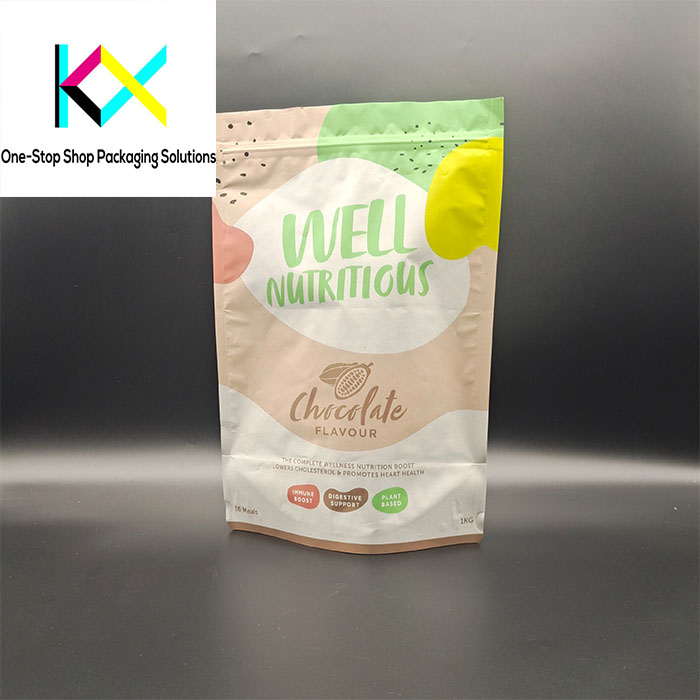
The packaging industry is undergoing a transformative shift, and the white kraft paper pouch is emerging as a standout solution for brands seeking sustainability without sacrificing functionality. Alongside innovations like flexible plastic bags, pillow pouch packaging, and quad seal pouches, the white kraft paper pouch is redefining how products are stored, protected, and delivered. These solutions are not just about reducing waste; they’re about creating packaging that aligns with both consumer expectations and environmental goals. Let’s explore how these designs are reshaping industries and what makes them a smart choice for forward-thinking brands.
Recyclable Packaging Pouches: The Future of Sustainable Flexible Packaging
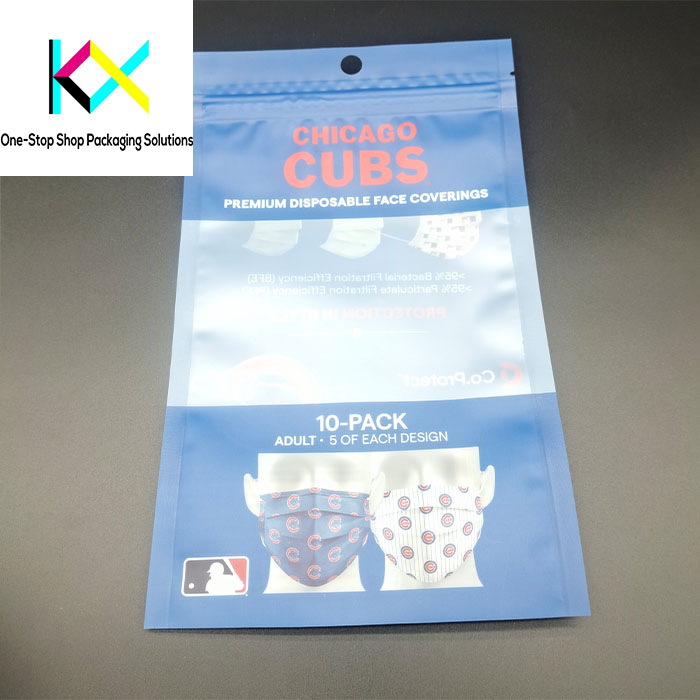
The global packaging industry is undergoing a transformative shift, and recyclable packaging pouches are at the forefront of this revolution. As consumers and regulators demand greener alternatives, recyclable packaging pouches—ranging from recyclable cookie bags to white kraft stand up pouches—are setting new standards for functionality and environmental responsibility. These innovations are not just about reducing waste; they’re about reimagining how we store, protect, and deliver products in a way that aligns with planetary health. Let’s explore how recyclable packaging pouches are reshaping industries and what it takes to stay ahead in this rapidly evolving landscape.
Compostable Doypack: Leading the Charge in Sustainable Food Packaging
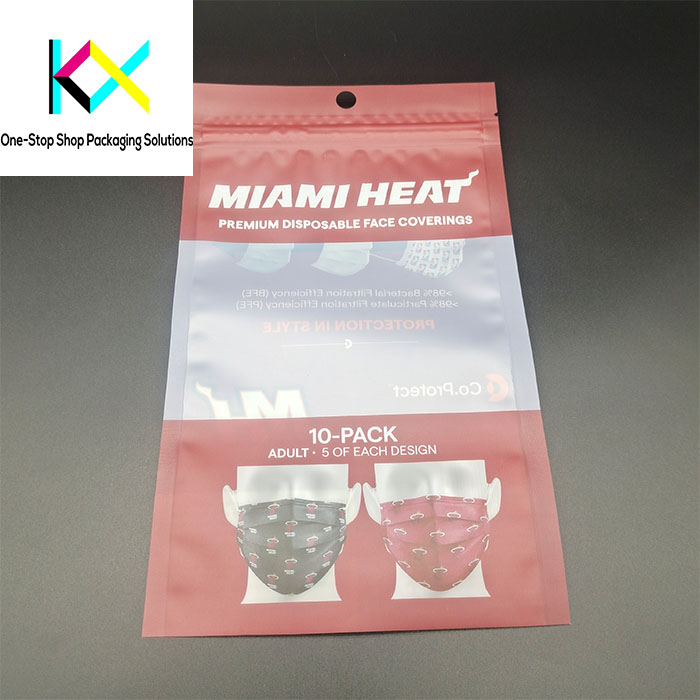
The global packaging industry is undergoing a transformative shift, and compostable doypack solutions are at the forefront of this revolution. As consumers and regulators demand greener alternatives, compostable doypack designs—alongside biodegradable plastic bags for food packaging and biodegradable kraft stand up pouches—are setting new standards for functionality and environmental responsibility. These innovations are not just about reducing waste; they’re about reimagining how we store, protect, and deliver products in a way that aligns with planetary health. Let’s explore how these eco-friendly solutions are reshaping industries and what it takes to stay ahead in this rapidly evolving landscape.
Sustainable Packaging Bags: Redefining Eco-Friendly Solutions in Flexible Packaging
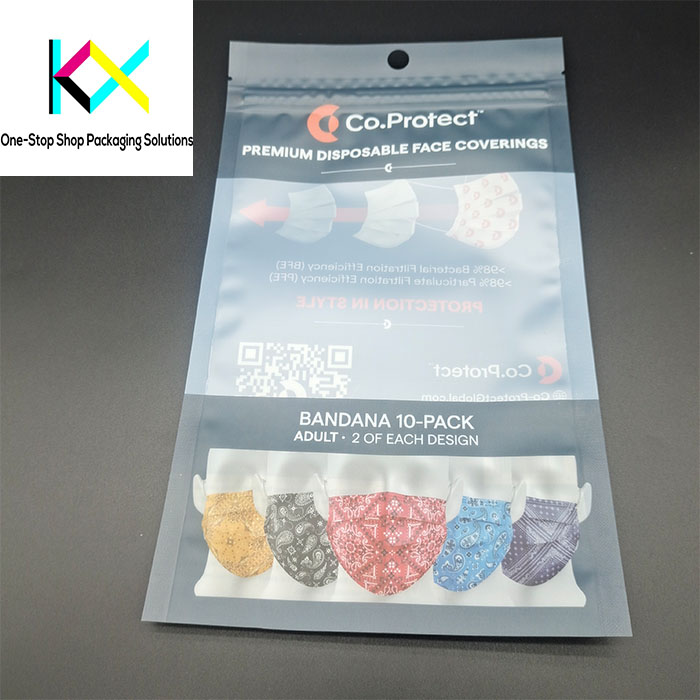
The global packaging industry is undergoing a transformative shift, and sustainable packaging bags are at the forefront of this revolution. As consumers and regulators demand greener alternatives, sustainable packaging bags—ranging from flat bottom zipper pouches to compostable packaging pouches—are setting new standards for functionality and environmental responsibility. These innovations are not just about reducing waste; they’re about reimagining how we store, protect, and deliver products in a way that aligns with planetary health. Let’s explore how sustainable pouch packaging is reshaping industries and what it takes to stay ahead in this rapidly evolving landscape.
Recyclable Pouch Packaging: The Future of Sustainable Flexible Packaging
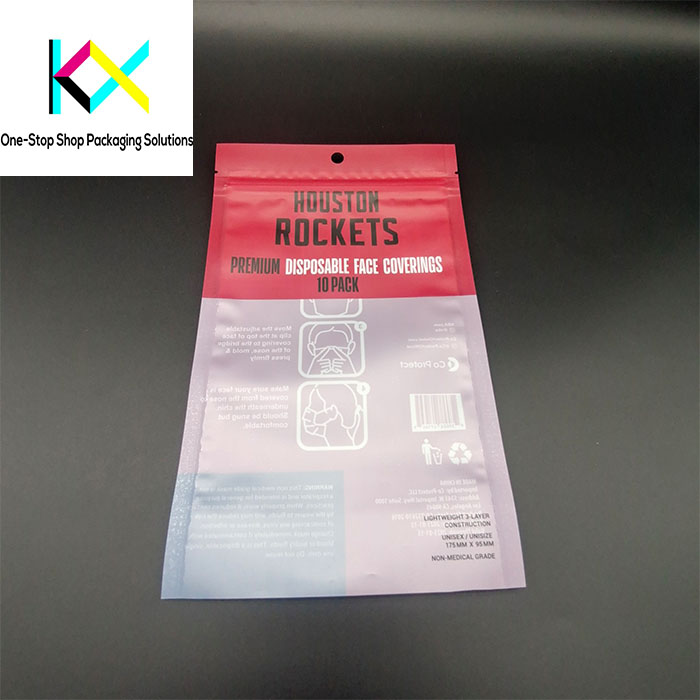
The global packaging industry is at a crossroads, and recyclable pouch packaging is leading the charge toward a more sustainable future. As consumers and regulators demand eco-friendly solutions, recyclable pouch packaging has emerged as a game-changer, offering a viable alternative to traditional single-use plastics. From recyclable coffee bags to paper stand up zipper pouches, these innovations are redefining how we think about packaging. But what makes recyclable pouch packaging truly sustainable, and how is it transforming industries? Let’s explore the latest trends, challenges, and breakthroughs in this dynamic space.
Eco Friendly Packaging Pouches: The Sustainable Revolution in Flexible Packaging
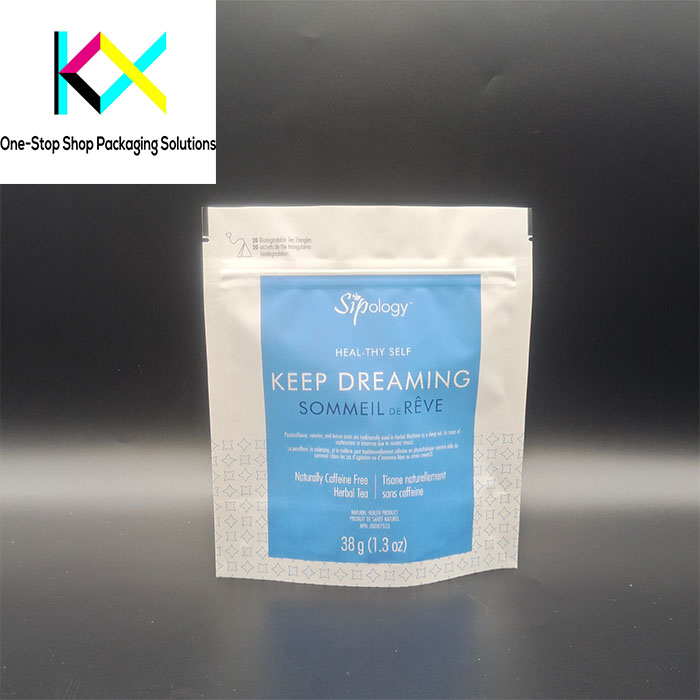
The global packaging industry is undergoing a seismic shift, and at the heart of this transformation are eco friendly packaging pouches. These innovative solutions are not just a trend but a necessity, driven by consumer demand for sustainability, stringent regulations, and breakthroughs in material science. From biodegradable plastic pouches to biodegradable zip lock pouches, the market is brimming with options that promise to protect products while preserving the planet. But what makes these pouches truly eco-friendly, and how are they reshaping industries? Let’s dive into the dynamic world of eco friendly packaging pouches and explore their impact, challenges, and future potential.
Eco Friendly Packaging Pouches: Redefining Sustainability in the Flexible Packaging Revolution
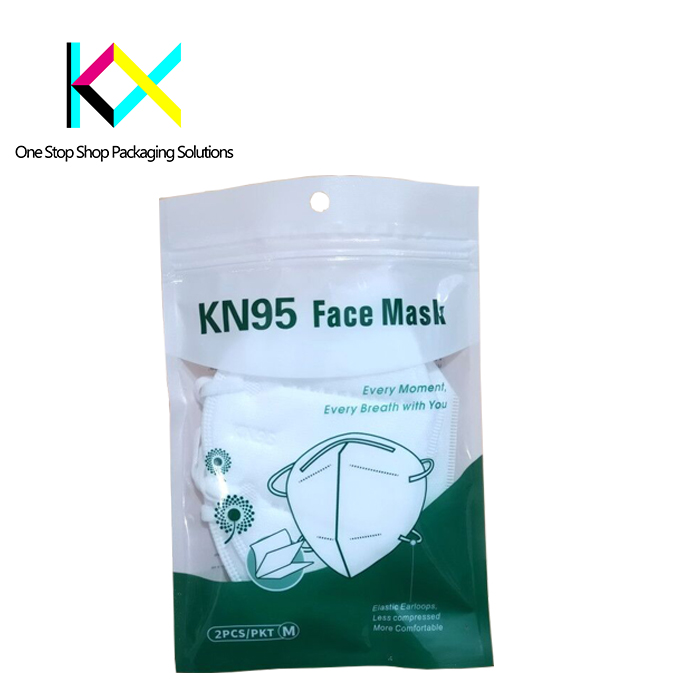
The rise of eco friendly packaging pouches marks a pivotal shift in the global fight against plastic pollution, driven by consumer demand, regulatory pressure, and material innovation. As brands scramble to align with circular economy principles, eco friendly packaging pouches—particularly biodegradable variants—are emerging as both a solution and a challenge. From snack bars to premium coffee, these pouches promise to protect products while decomposing harmlessly. But beneath the green veneer lies a complex landscape of scientific breakthroughs, regulatory hurdles, and evolving consumer expectations. Let’s unpack how eco friendly packaging pouches are reshaping industries—and what it takes to avoid greenwashing pitfalls.
Compostable Pouch Packaging: Rewriting the Rules of Sustainable Flexibility
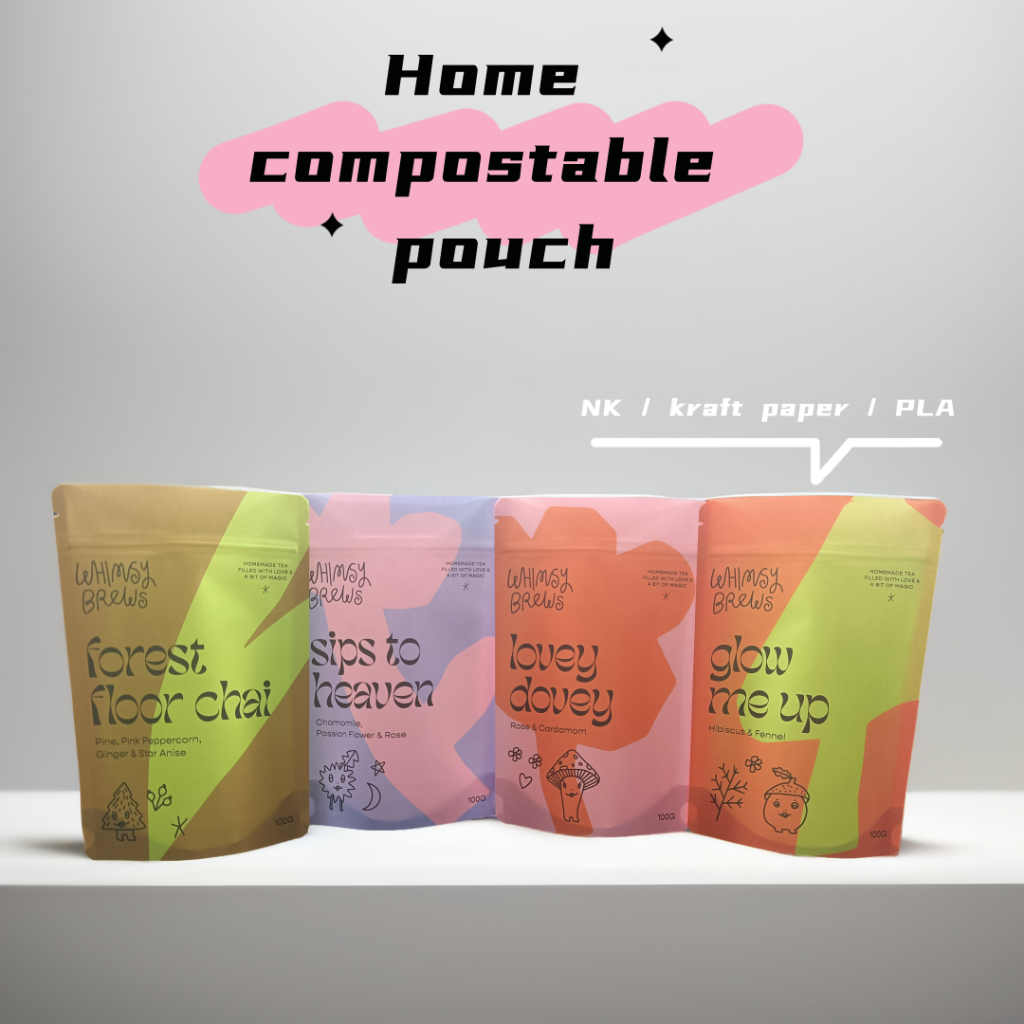
The plastic waste crisis has reached a boiling point, but a quiet revolution is brewing in the flexible packaging sector: compostable pouch packaging is redefining how we store, protect, and dispose of everyday products. No longer confined to niche organic brands, compostable pouch packaging now combines industrial-grade performance with cradle-to-compost circularity. From coffee beans to ready meals, these innovative pouches are challenging the myth that sustainability requires sacrificing functionality. Let’s dissect how compostable pouch packaging bridges ecological responsibility with real-world demands.
Compostable Coffee Bags: Pioneering a Zero-Waste Revolution in Modern Packaging
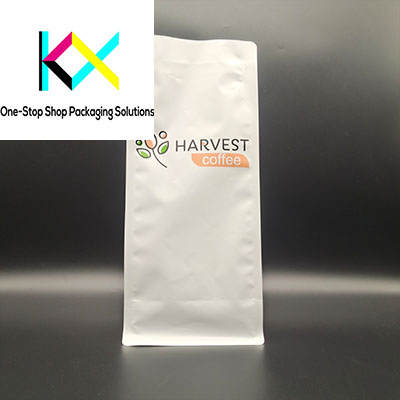
The global coffee industry is waking up to a bitter reality: traditional plastic packaging contaminates ecosystems long after the last sip. Enter compostable coffee bags—the game-changing solution brewing a sustainable future. As consumers demand eco-conscious options and governments tighten single-use plastic bans, compostable coffee bags are emerging as the gold standard for roasters aiming to blend environmental responsibility with premium brand appeal. But what makes these bags more than just a green marketing gimmick? Let’s explore the science, challenges, and innovations reshaping this niche.
What Are Common Food Packaging Types and Their Ideal Applications? Exploring Modern Solutions in Flexible Packaging
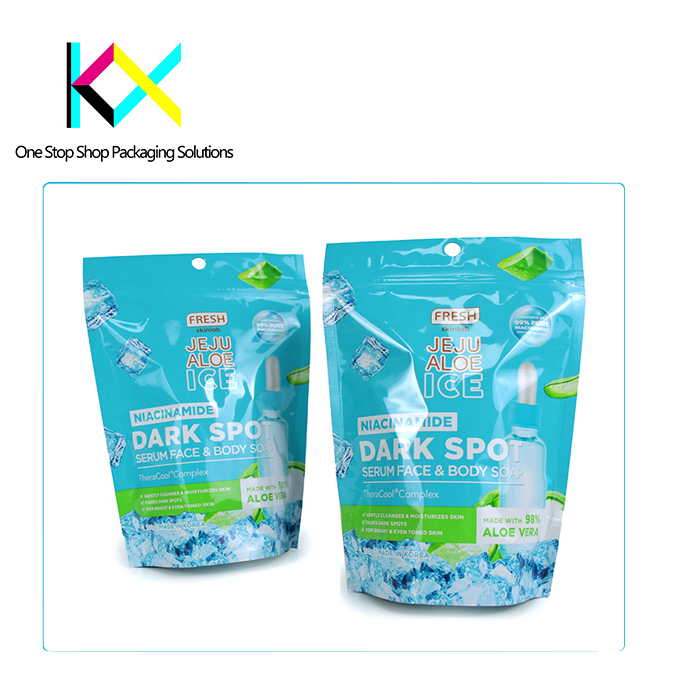
The food packaging industry is undergoing a transformative shift, driven by sustainability mandates, e-commerce growth, and smart technology integration. Understanding common food packaging types and their optimal applications is crucial for brands aiming to balance functionality, cost, and environmental impact. From resealable pouches for snacks to vacuum-sealed films for fresh produce, common food packaging types now incorporate cutting-edge materials and digital innovations to meet evolving consumer and regulatory demands. Let’s unpack the key common food packaging types reshaping the market and their ideal product pairings.
What Are the Standards for Food Packaging Design? Navigating Compliance and Innovation in Modern Flexible Packaging
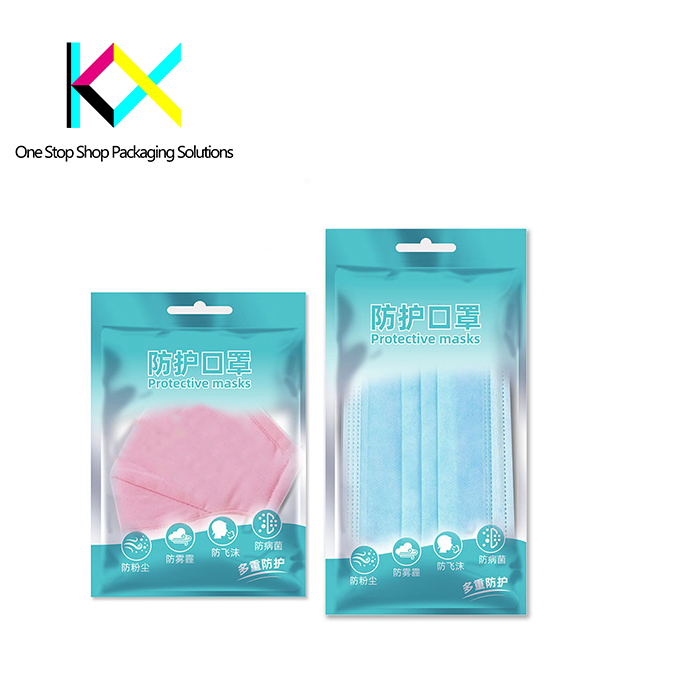
In the dynamic world of food safety and consumer expectations, food packaging design standards serve as the critical blueprint for creating functional, safe, and sustainable solutions. As global regulations tighten and eco-conscious demand grows, adhering to food packaging design standards while embracing cutting-edge innovations has become a non-negotiable balance for brands and manufacturers. From barrier performance to smart labeling, let’s explore how today’s food packaging design standards are evolving alongside advancements in materials, technology, and circular economy principles.
What Are the Applications of Retort Pouches? Exploring the Versatility of High-Temperature Flexible Packaging
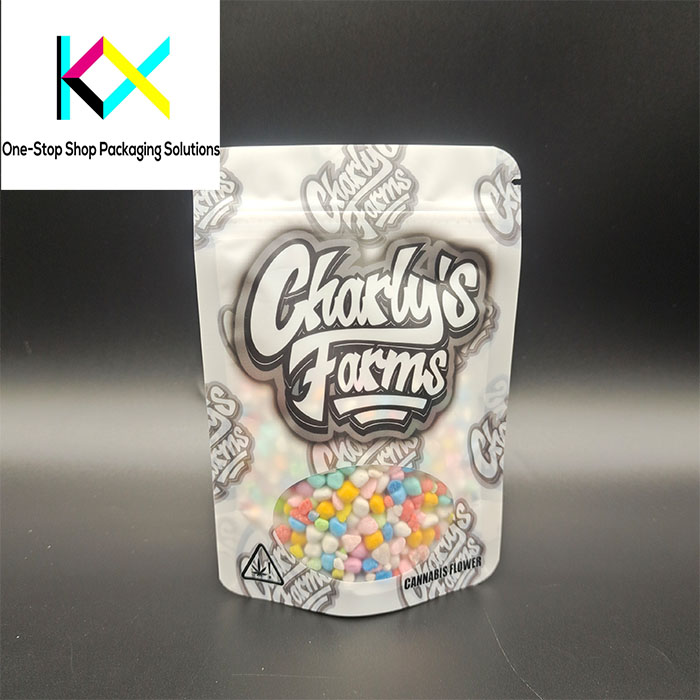
In the rapidly evolving flexible packaging industry, retort pouches have emerged as a cornerstone technology, combining extreme durability with lightweight convenience. Designed to withstand sterilization at 121°C (250°F) and pressures up to 3 bar, retort pouches are revolutionizing how industries preserve and deliver products—from ready-to-eat meals to medical supplies. As sustainability mandates tighten and e-commerce reshapes logistics, understanding the expanding applications of retort pouches is critical for brands aiming to innovate responsibly.
Oxygen Transmission Rate in Retort Pouches: Balancing Barrier Performance and Sustainability in Modern Flexible Packaging
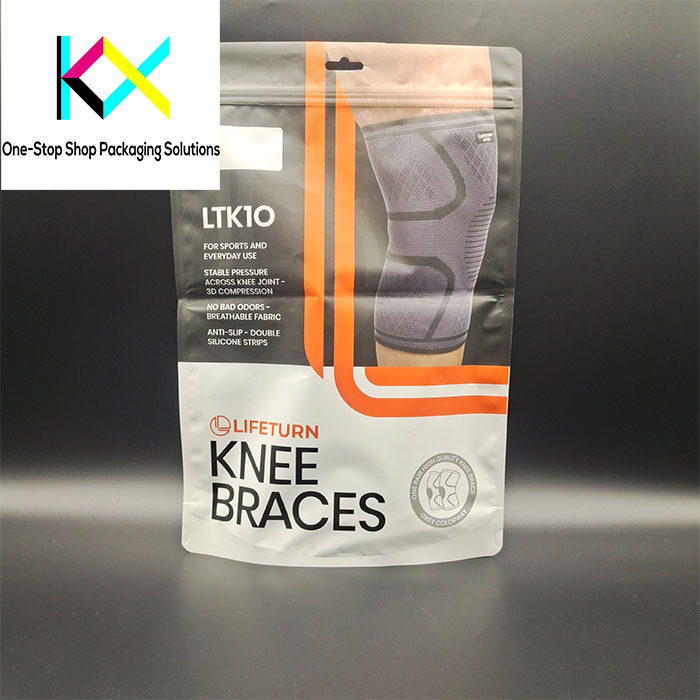
In the competitive landscape of shelf-stable food packaging, oxygen transmission rate (OTR) in retort pouches has become a pivotal factor driving innovation, regulatory compliance, and consumer trust. As the global retort packaging market accelerates toward $6.8 billion by 2027, manufacturers are racing to achieve ultra-low oxygen transmission rates (≤0.5 cc/m²/day) while navigating stringent EU recycling mandates and FDA food safety standards. This delicate balance between barrier efficiency and environmental responsibility is redefining the future of high-temperature flexible packaging.
The Evolution of Frozen Food Packaging: Smart, Sustainable, and Stronger Than Ever
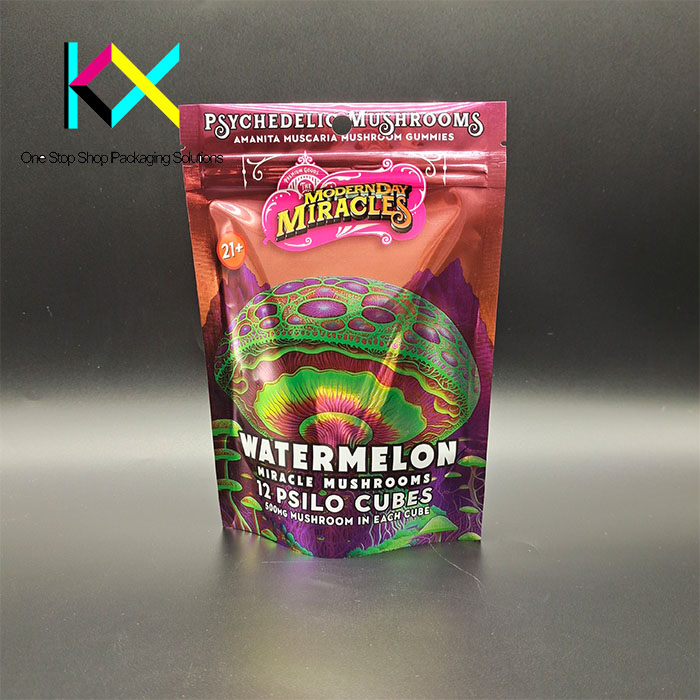
In the rapidly expanding frozen food sector—projected to reach $404 billion globally by 2027—frozen food packaging is no longer just a protective shell but a high-tech enabler of freshness, sustainability, and consumer trust. As demand surges for plant-based meals, gourmet ice creams, and e-commerce-ready frozen goods, the flexible packaging industry is responding with breakthroughs that address extreme temperatures, eco-compliance, and smart functionality. Here’s how modern flexible packaging solutions are revolutionizing the cold chain.
Can Retort Pouches Withstand 250°C? Decoding High-Temp Limits in Modern Flexible Packaging
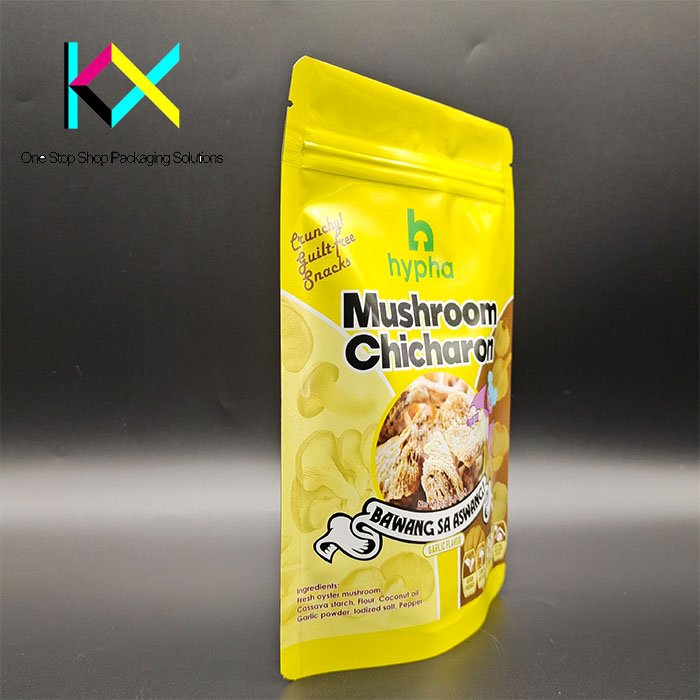
The question of whether retort pouches can endure extreme temperatures like 250°C (482°F) is sparking heated debates in the flexible packaging industry. As demand for shelf-stable, convenient foods surges—from camping meals to premium pet food—manufacturers and brands must navigate the fine line between thermal performance, safety, and sustainability. Let’s unpack the science, innovations, and real-world applications shaping this critical discussion.
Are Retort Pouches Considered Flexible Packaging? Unveiling the Evolution of High-Tech Food Pouches
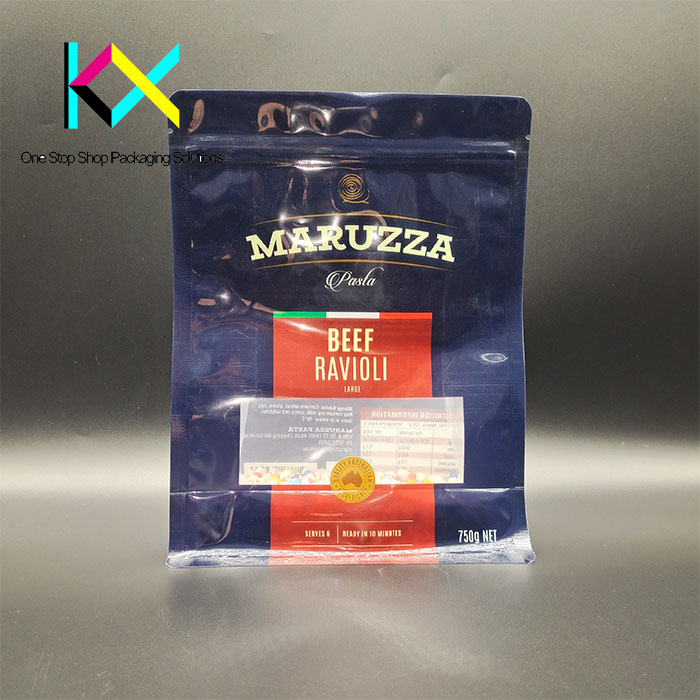
The packaging industry’s shift toward lightweight, sustainable solutions has thrust flexible packaging into the spotlight. But where do high-temperature retort pouches—those sturdy, shelf-stable bags used for ready-to-eat meals and pet food—fit into this category? The answer lies at the intersection of material science, functionality, and evolving sustainability mandates reshaping the global flexible packaging sector.
Can Retort Pouches Withstand Pressure Cooker Heating? Exploring Safety and Innovations in High-Temperature Packaging
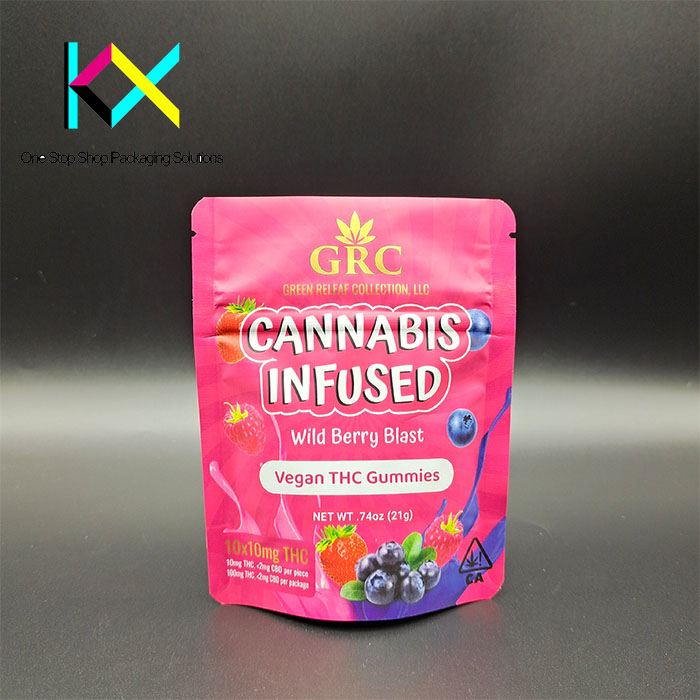
The rise of home meal prep and ready-to-eat convenience foods has sparked a critical question among consumers: Can retort pouches—the flexible packaging used for soups, stews, and ready meals—safely go into a pressure cooker? As the global retort packaging market surges toward $6.8 billion by 2027 (Allied Market Research, 2023), understanding the capabilities and limitations of these pouches is essential for both manufacturers and end-users.
Are Kraft Paper Bags Truly Eco-Friendly? Unveiling the Truth Behind Sustainable Packaging Trends
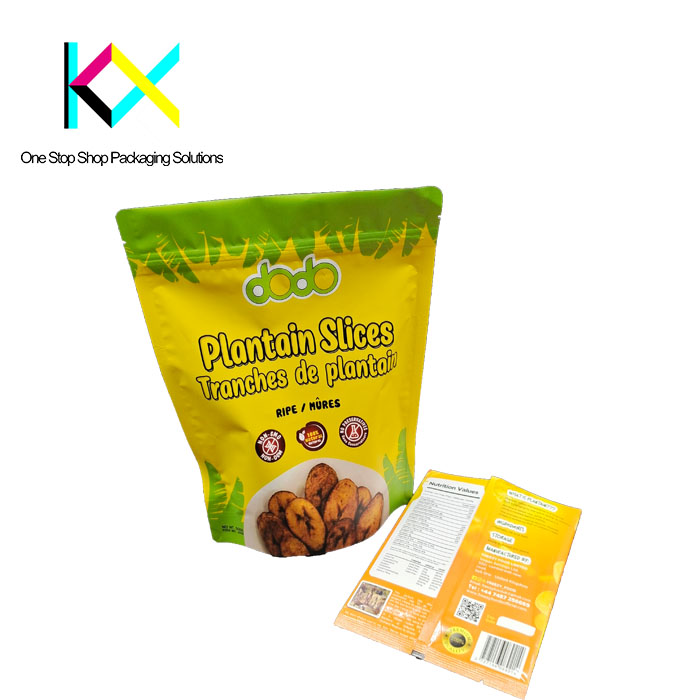
In the era of environmental consciousness, kraft paper bags have become a symbol of sustainability, often touted as the eco-friendly alternative to plastic packaging. But as the soft packaging industry evolves, questions arise: Are kraft paper bags truly as green as they seem? Let’s dive into the facts, innovations, and challenges shaping this iconic packaging solution.
Why Kexin Packaging Leads the Way in Moisture-Proof Aluminum Foil Bags: A Game-Changer in Modern Flexible Packaging
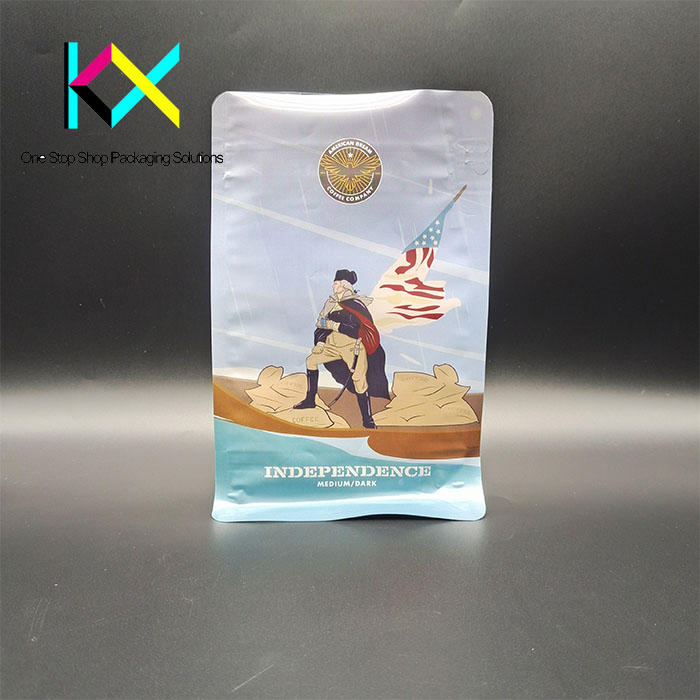
In today’s fast-evolving packaging industry, where sustainability, durability, and functionality are paramount, Kexin Packaging has emerged as a trusted name in the production of high-performance moisture-proof aluminum foil bags. As global demand for reliable, eco-friendly, and innovative packaging solutions grows, Kexin Packaging stands out as a leader, combining cutting-edge technology with a commitment to quality and environmental responsibility.
Can Retort Pouches Revolutionize Liquor Packaging? Exploring Next-Gen Solutions in Flexible Packaging
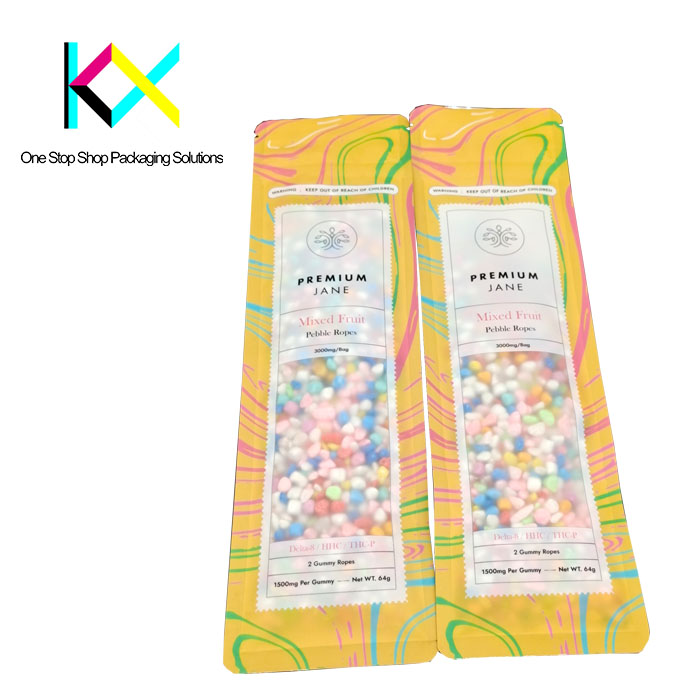
The global flexible packaging industry is undergoing a seismic shift, driven by sustainability mandates and cutting-edge material science. As distilleries seek alternatives to traditional glass bottles and metal cans, an unexpected contender has emerged: retort pouches. Best known for preserving ready-to-eat meals through high-temperature sterilization, these multilayer pouches are now being reimagined for alcoholic beverages – but can they truly meet the exacting standards of liquor packaging?
How Much Weight Can a Kraft Paper Bag Hold? The Future of Flexible Packaging and Printing Innovations
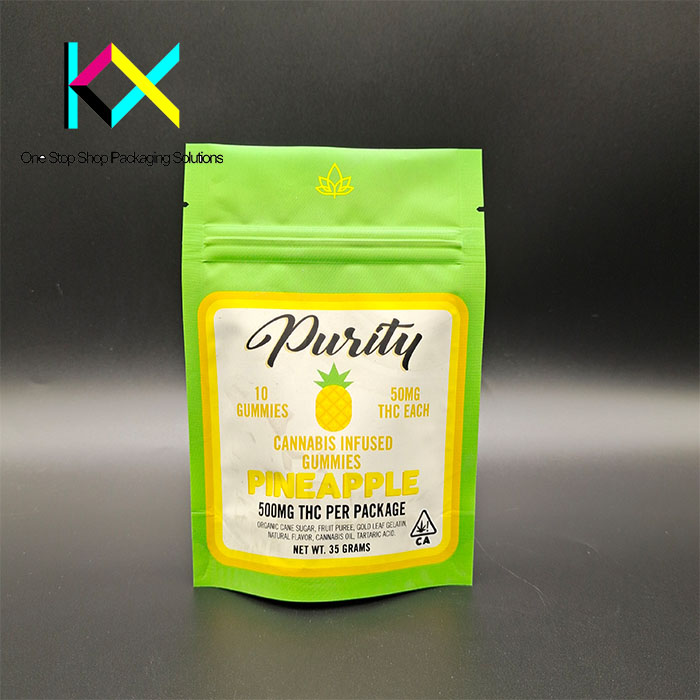
Kraft paper bags have long been a staple in the packaging industry, valued for their strength, sustainability, and versatility. But how much weight can they actually hold? The answer depends on the quality of the paper, the design of the bag, and the manufacturing process. Typically, a standard kraft paper bag can hold between 10 to 25 kilograms, while reinforced or multi-ply bags can handle even heavier loads. However, the true potential of kraft paper bags lies not just in their strength, but in how they are designed, printed, and customized to meet modern packaging needs.
The Layers of Plastic Packaging Bags: Functionality and Innovation in the Industry
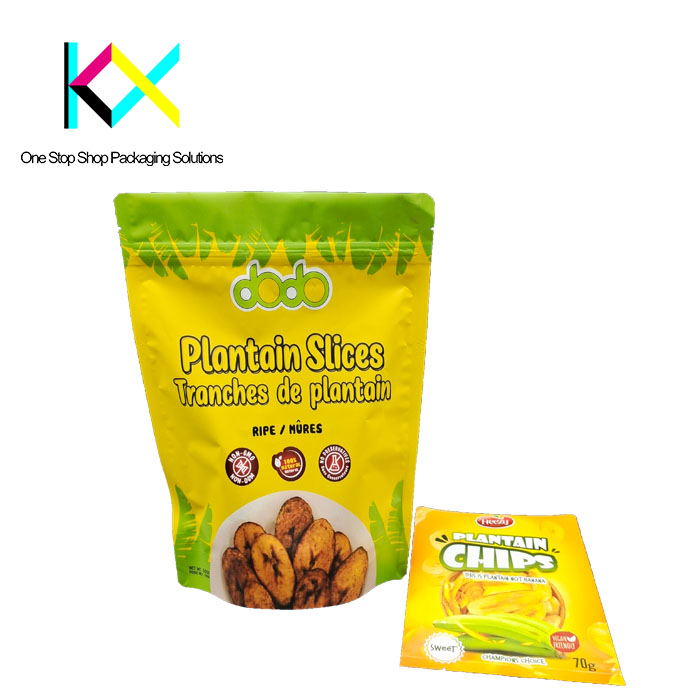
Plastic packaging bags, a ubiquitous component in the global packaging industry, are designed to meet a variety of functional and aesthetic requirements. These bags typically consist of multiple layers, each serving a unique purpose to ensure durability, protection, and product appeal. With the rise of innovative technologies, such as digital printing and advanced composite materials, packaging manufacturers, including companies like Kexin Packaging, have been at the forefront of transforming traditional plastic packaging into highly functional and visually attractive solutions.
Three Recycling Technologies for Polylactic Acid
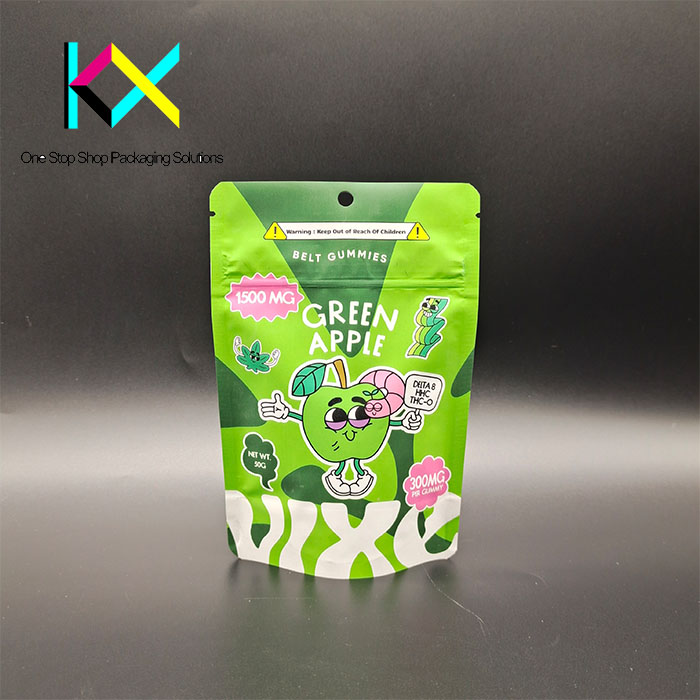
Polylactic acid (PLA) is a biodegradable and bio-based polymer that has gained significant attention due to its potential to reduce plastic waste and environmental impact. However, to fully leverage its sustainability, effective recycling technologies are essential. This article explores three primary recycling methods for PLA: mechanical recycling, chemical recycling, and biodegradation/composting, with a focus on their applications in digital printing and packaging, particularly through companies like Kexin Packaging.
Is It Toxic to Boil NY Packaging Bags?
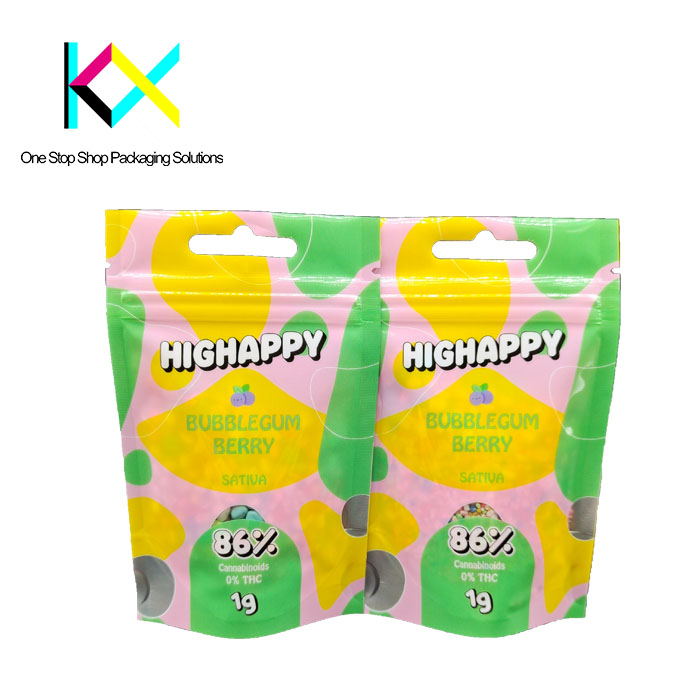
Packaging materials play a crucial role in the safety, freshness, and longevity of products, especially in industries like food and pharmaceuticals. One common material used in packaging is nylon (NY), known for its durability and versatility. However, a recurring concern among consumers and businesses is whether boiling nylon packaging bags can result in the release of toxic substances. This is particularly relevant for those in the food industry who rely on nylon packaging to store products that may undergo heat exposure during cooking or other processes.
Why Do Small-Sized Packaging Bags Have Higher Plate Costs Than Larger Bags?
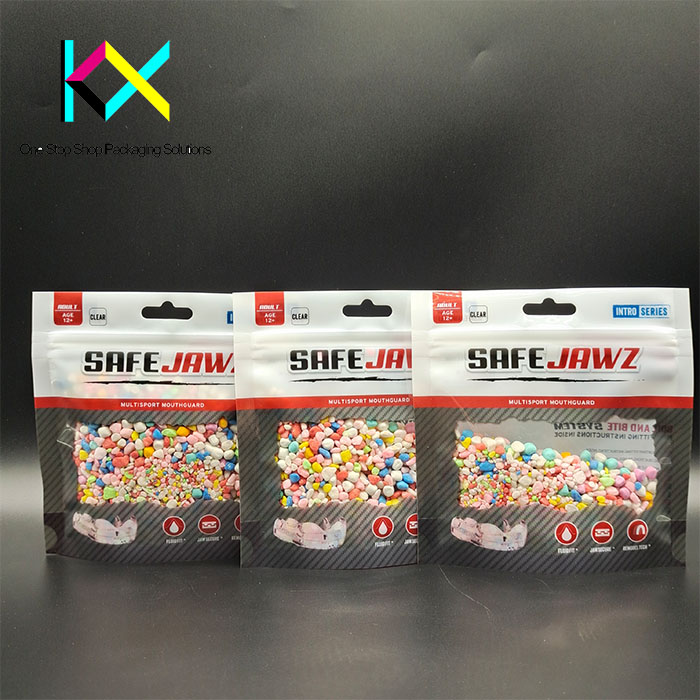
When purchasing packaging materials, many businesses may notice that small-sized bags sometimes come with higher plate costs than their larger counterparts. This price difference can be perplexing, especially when the materials seem similar. However, several factors contribute to why smaller packaging sizes often cost more in terms of plate costs. At Kexin Packaging, we specialize in producing a full range of laminated packaging bags, offering both small and large-size options, while utilizing advanced digital printing technology for superior quality.
How Many Layers Are in Plastic Packaging Bags? What Is the Role of Each Layer?
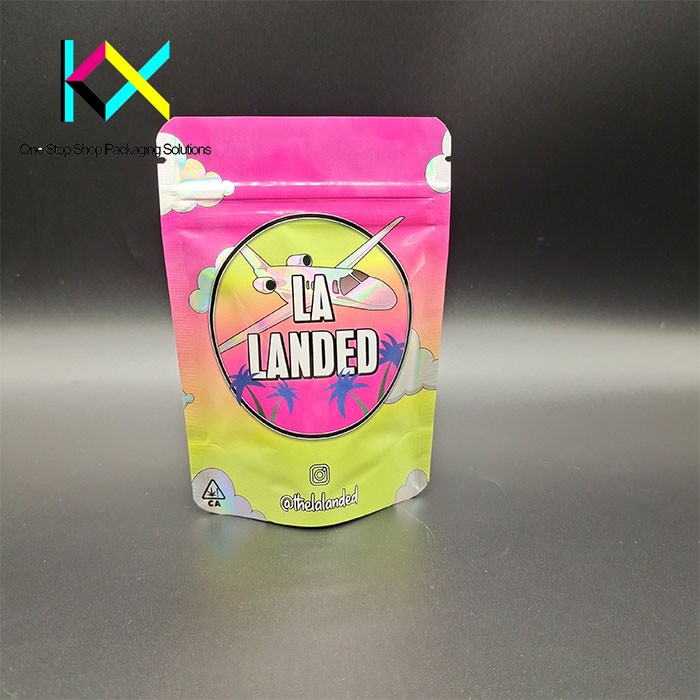
Plastic packaging bags are an essential component of the modern packaging industry, providing a versatile and cost-effective solution for a wide range of products, from food and beverages to cosmetics and pharmaceuticals. One of the key characteristics of plastic packaging bags is their multi-layer construction, which provides strength, durability, and specific functionality depending on the product requirements. In this article, we will explore the various layers found in plastic packaging bags and their roles, while also highlighting the digital printing technology used by Kexin Packaging to create high-quality, custom packaging solutions.
Materials and Advantages of Spout Pouches: A Comprehensive Overview
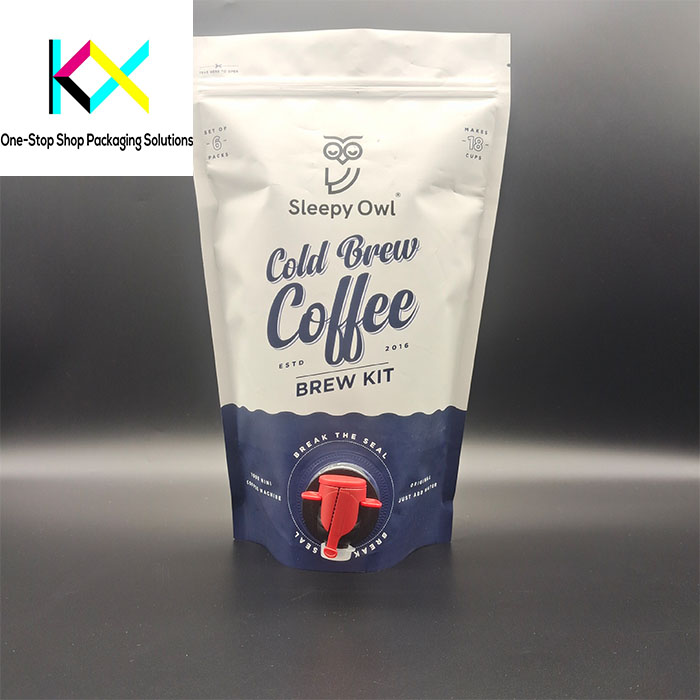
Spout pouches have emerged as one of the most innovative and versatile solutions in the packaging industry. These pouches, commonly used for liquids, semi-liquids, and pastes, have gained popularity due to their convenience, efficiency, and eco-friendly nature. From beverages to sauces, cosmetics, and even pet food, spout pouches offer a wide range of applications. But what sets them apart from traditional packaging? In this article, we will explore the materials and advantages of spout pouches, with a special focus on how Kexin Packaging leverages digital printing technology and its comprehensive capabilities in producing laminated spout pouches.
Dry Lamination vs. Solventless Lamination in the Production of Plastic Soft Packaging Bags: A Comparison
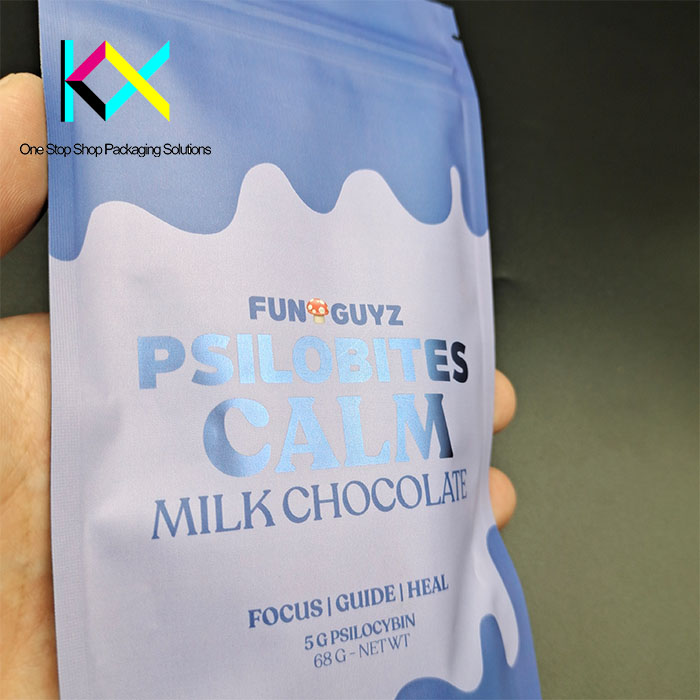
In the production of plastic soft packaging bags, lamination plays a crucial role in ensuring durability, protection, and aesthetic appeal. Among the various lamination techniques, dry lamination and solventless lamination are two prominent methods, each with its unique characteristics and advantages. This article explores the differences between these two lamination methods, focusing on the role of digital printing technology and how Kexin Packaging, a leading manufacturer in the field, is utilizing these techniques to offer a complete range of composite packaging bags.
How Many Methods of Plastic Degradation Are You Familiar With?
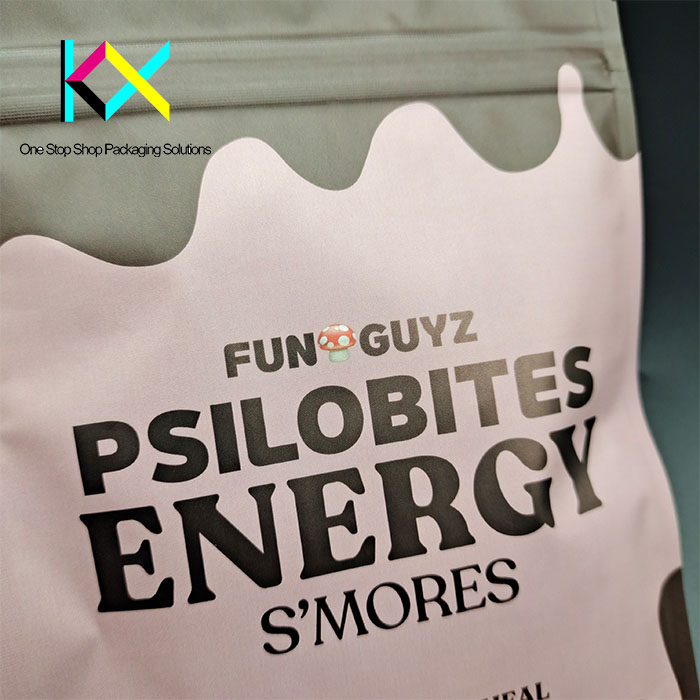
Plastic waste has become one of the most pressing environmental challenges of the modern world. As plastic pollution continues to rise, understanding the various methods of plastic degradation is essential in finding sustainable solutions. From natural processes to advanced technological approaches, plastic degradation can occur in several ways. In this article, we will explore the different methods of plastic degradation and how digital printing on biodegradable plastics can be an innovative solution to both environmental and branding challenges.
Why Does Digital Printing on Plastic Packaging Bags Experience Color Variations? And How to Solve It
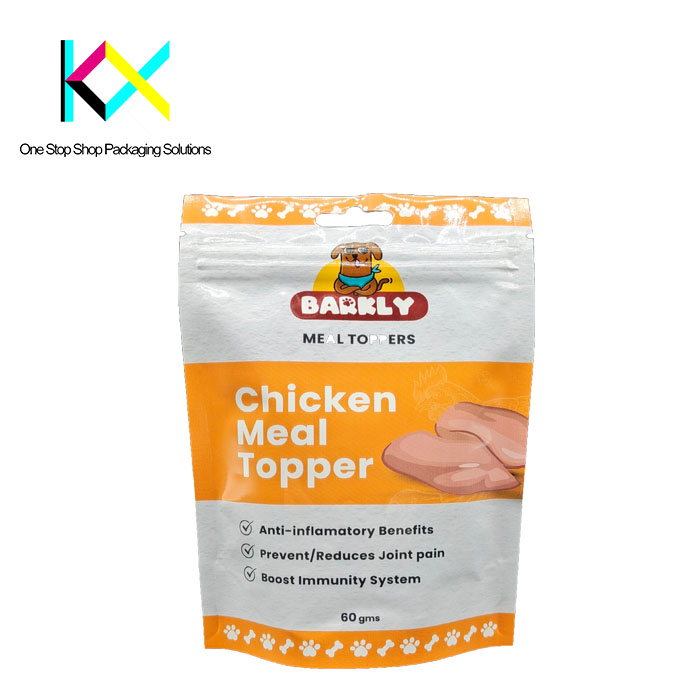
Digital printing has revolutionized the packaging industry, especially for plastic bags, providing businesses with high-quality, customizable designs at relatively low costs. However, one common issue that arises in digital printing for plastic packaging is color variation or color inconsistency. Even with advanced technology, achieving perfect color accuracy can be challenging. In this article, we will explore the reasons behind color discrepancies in digital printing on plastic bags and discuss effective solutions to mitigate these issues.
How to Distinguish Between AL Bags and VMPE Bags: Key Differences
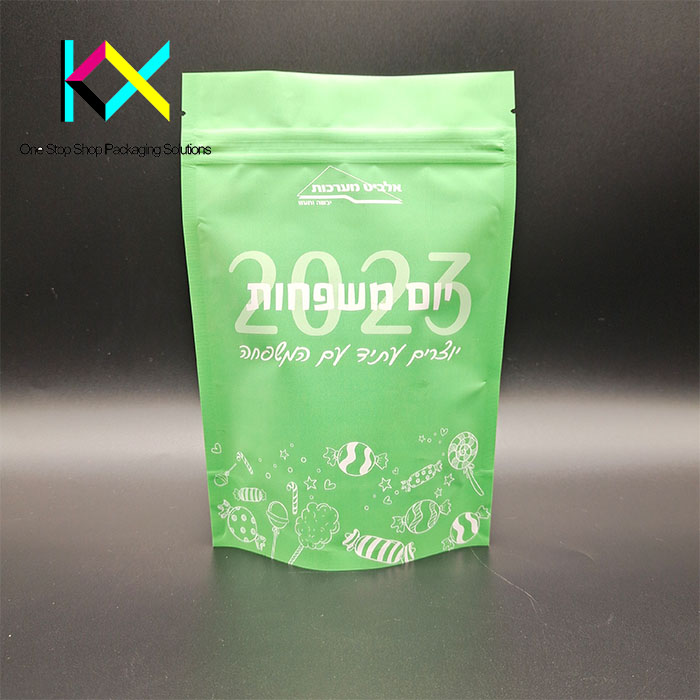
In the packaging industry, understanding the differences between AL bags (Aluminum bags) and VMPE bags (Vacuum Metallized Polyethylene bags) is crucial for choosing the right packaging solution. Both types of bags are widely used for various applications, particularly in food and pharmaceutical packaging, due to their excellent barrier properties. However, they differ in material composition, protective capabilities, cost, and digital printing technology compatibility.
Where is the Flat Bottom Pouch Expensive?
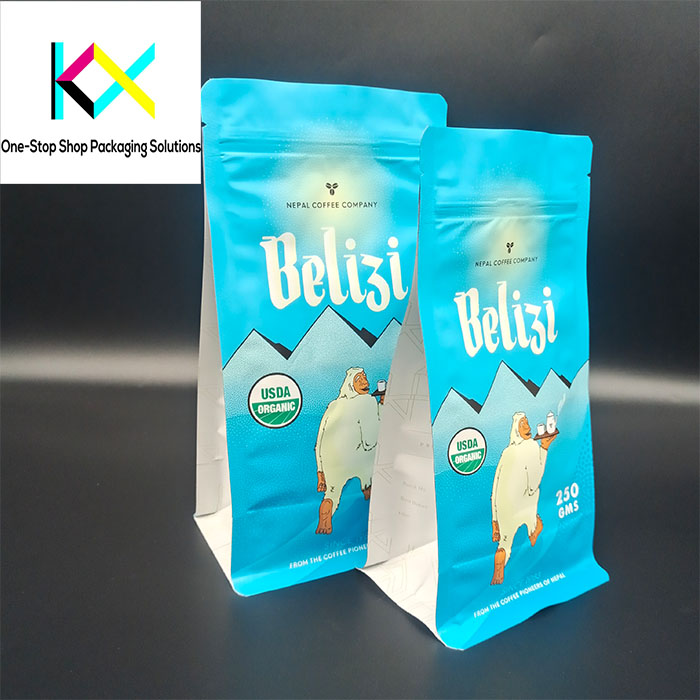
Flat bottom pouches have gained significant popularity in the packaging industry due to their unique structural advantages and aesthetic appeal. These pouches are widely used for packaging a variety of products, including snacks, pet food, coffee, and powders. However, despite their growing demand, flat bottom pouches can be expensive compared to other packaging options. This article will explore the factors that contribute to the high cost of flat bottom pouches, with a particular focus on digital printing technology and its role in driving up the cost of production.
How Can Flexible Packaging Companies Ensure Production Amid Sudden Temperature Drops?
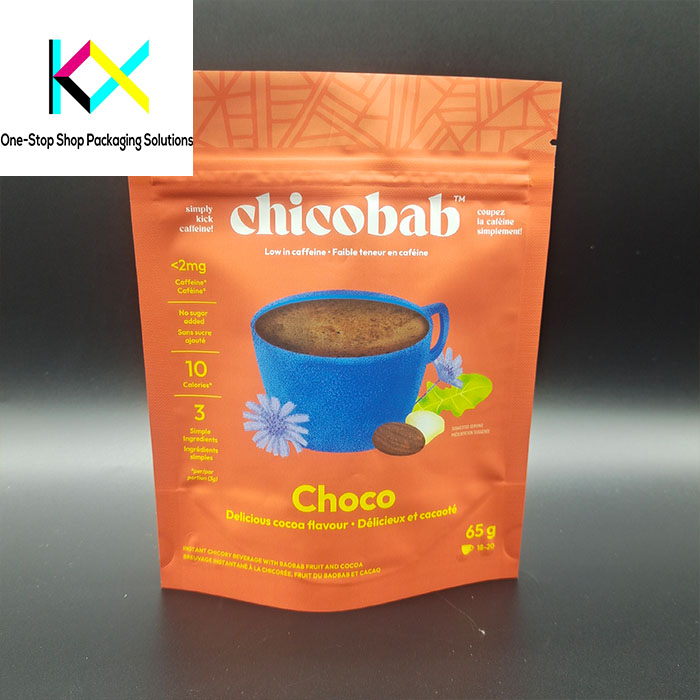
As the world grapples with unpredictable weather patterns, businesses, including flexible packaging companies, are facing new challenges. Sudden temperature drops can have a significant impact on the production process, especially for soft packaging materials like plastics and laminates. In this article, we will discuss how flexible packaging companies can navigate the challenges posed by extreme temperature fluctuations and ensure consistent, high-quality production.
Is the One-Way Degassing Valve Important for Coffee Bean Packaging?
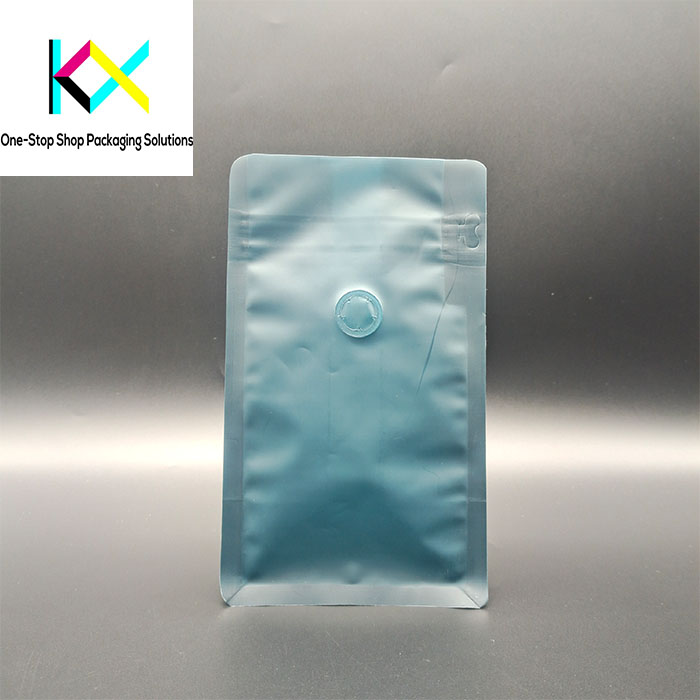
When it comes to packaging coffee, preserving freshness and flavor is crucial. Coffee beans are a highly perishable product, sensitive to air, moisture, and light, all of which can degrade their quality. Therefore, an essential component of coffee bean packaging is the one-way degassing valve, which plays a critical role in maintaining the freshness of the beans. In addition to its functional importance, the packaging design, enhanced by digital printing technology, can significantly contribute to the product’s market appeal. This article will explore why the one-way degassing valve is essential for coffee packaging and how digital printing can be used to enhance the packaging’s functionality and aesthetic appeal.
How to Create a Unique Coffee Packaging Bag: The Role of Digital Printing in Design and Customization

In the crowded coffee market, standing out from the competition is essential for building a strong brand identity and attracting consumers. The packaging of your coffee product plays a crucial role in this process, as it not only protects the contents but also serves as the first point of contact with potential customers. A well-designed coffee packaging bag can convey your brand story, highlight the quality of your product, and make a lasting impression. One of the most powerful tools in crafting distinctive and eye-catching coffee packaging is digital printing technology. This article will explore how to design a unique coffee packaging bag and the benefits of using digital printing to achieve a standout design.
Difference Between Finished Plastic Bags and Roll Films: Which is the Better Choice for Cost Efficiency?
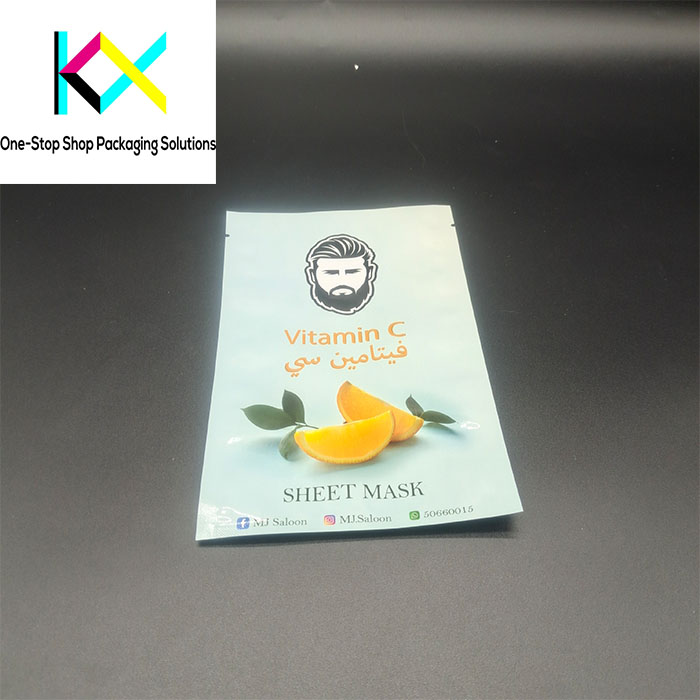
In the world of packaging, businesses often have to make important decisions when it comes to the type of plastic packaging they will use for their products. Two common options are finished plastic bags and roll films. Both have their advantages and are suitable for different packaging needs. However, the choice between the two depends on several factors, including production volume, cost considerations, and the desired level of customization. This article will explore the key differences between finished plastic bags and roll films, and how to choose the more cost-effective option, with a particular emphasis on the role of digital printing technology in enhancing the value of these materials.
Innovative Approaches to Biodegradable Plastic Packaging Bags: Pioneering Sustainability in Flexible Packaging
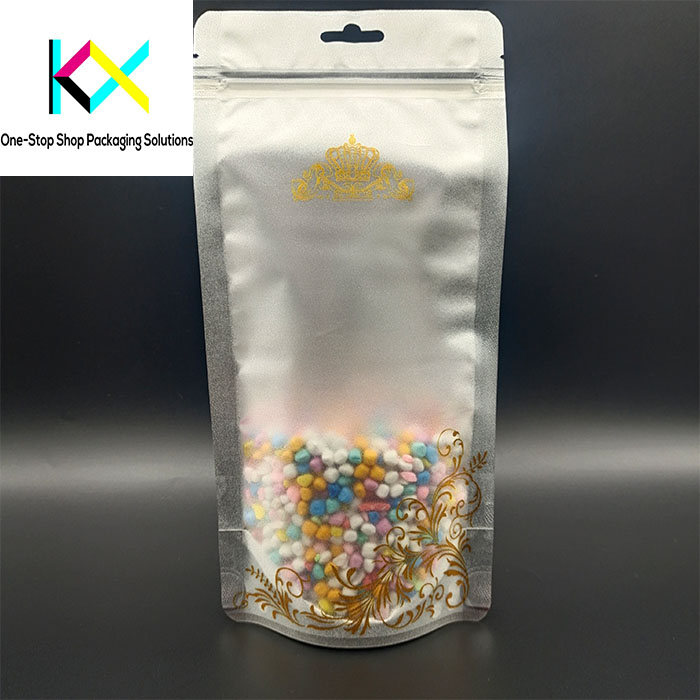
As the world increasingly turns to sustainable alternatives to traditional plastics, the search for biodegradable materials for packaging continues to intensify. One promising innovation in this field is seaweed-based films, which offer a biodegradable and eco-friendly alternative to conventional plastic packaging. These films are made from seaweed, a renewable and abundant resource, and can break down naturally in the environment, providing a solution to the growing problem of plastic waste. In this article, we will explore the characteristics of seaweed-based films, their potential applications in packaging, and the role that digital printing technology plays in enhancing the functionality and appeal of this novel packaging material.
How to Test the Seal Integrity of Flexible Plastic Packaging: A Focus on Digital Printing
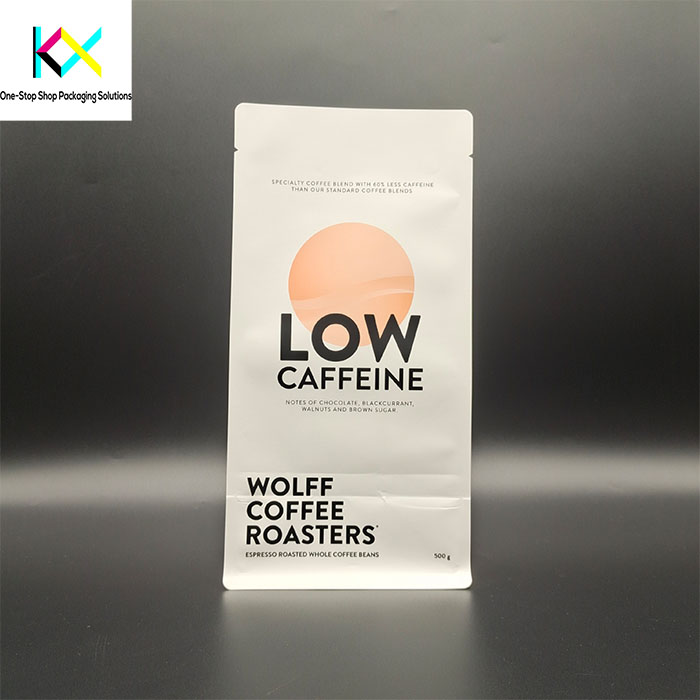
Flexible plastic packaging plays a crucial role in protecting products from external factors like moisture, air, light, and contaminants. Whether it’s for food, pharmaceuticals, or consumer goods, the integrity of the seal is vital for preserving the freshness, safety, and quality of the product inside. Proper sealing not only ensures that the packaging performs its protective function, but also maintains brand credibility and consumer trust. In this article, we will explore various methods to test the seal integrity of flexible plastic packaging, with a particular emphasis on how digital printing technology interacts with the sealing process and contributes to the packaging’s overall functionality.
Common Materials and Thickness Choices for Coffee Stick Packaging: A Focus on Digital Printing

When it comes to packaging coffee in stick or sachet form, choosing the right material and thickness is crucial for preserving the product’s freshness, aroma, and quality while ensuring an attractive and functional design. Coffee stick packaging is typically used for single-serve portions of coffee, offering convenience and portability to consumers. The material and thickness of the packaging play a significant role in product protection, branding, and consumer experience. In this article, we will explore the commonly used materials for coffee stick packaging, considerations for selecting the right thickness, and how digital printing technology enhances the design and functionality of this packaging solution.
Characteristics of Kraft Paper CPP Aluminum Bags: A Focus on Digital Printing Technology

Kraft paper CPP aluminum bags are increasingly popular in the packaging industry due to their unique combination of durability, protection, and eco-friendliness. This innovative material blends the natural strength and rustic appearance of kraft paper with the functionality of cast polypropylene (CPP) and the protection of aluminum foil. Together, these materials provide an ideal solution for packaging a wide range of products, including food, pharmaceuticals, and other consumer goods. In this article, we will explore the key characteristics of kraft paper CPP aluminum bags and highlight how digital printing technology plays a crucial role in enhancing their performance and aesthetic appeal.
Do Custom Packaging Bags Require Sampling? The Answer is Here
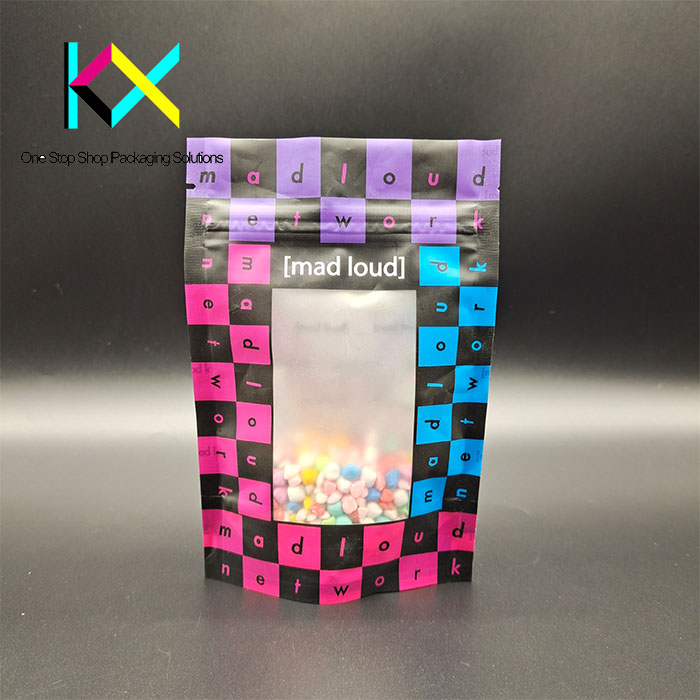
When creating custom packaging bags for a product, one of the key decisions businesses must make is whether to go through a sampling phase before committing to a full production run. Sampling, in the context of packaging, refers to the process of creating a prototype or small batch of the packaging to evaluate various elements such as design, material quality, and functionality. This article will explore the importance of sampling in custom packaging, with a particular focus on how digital printing technology plays a crucial role in the process.
Differences Between HDPE, LDPE, and LLDPE: Key Considerations for Packaging and Digital Printing
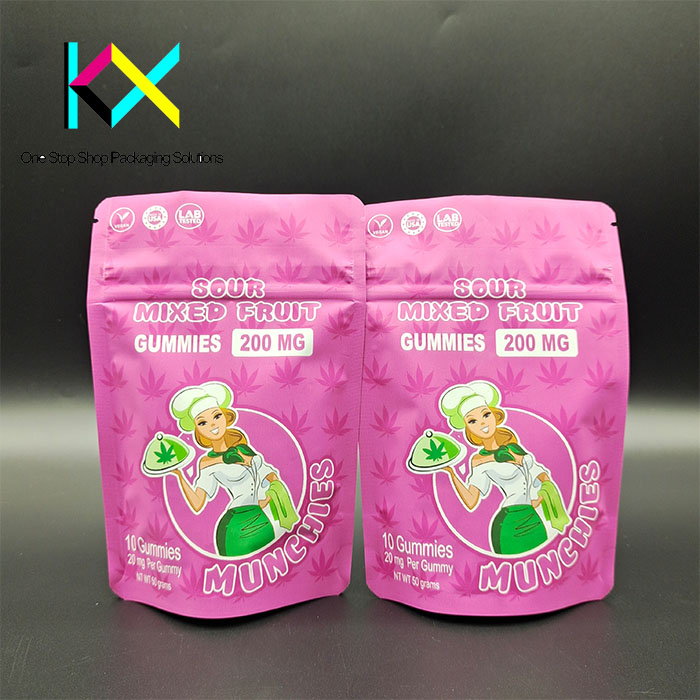
When it comes to packaging materials, polyethylene is one of the most commonly used plastics due to its versatility, strength, and affordability. Polyethylene exists in several forms, with the most widely used being HDPE (High-Density Polyethylene), LDPE (Low-Density Polyethylene), and LLDPE (Linear Low-Density Polyethylene). Each of these materials has unique properties that make them suited for different applications, particularly in the packaging industry. In this article, we will explore the differences between these three types of polyethylene, their suitability for various packaging needs, and the role of digital printing technology in enhancing packaging performance and branding.
The Inescapable Core of Pet Food Packaging: Freshness and Safety
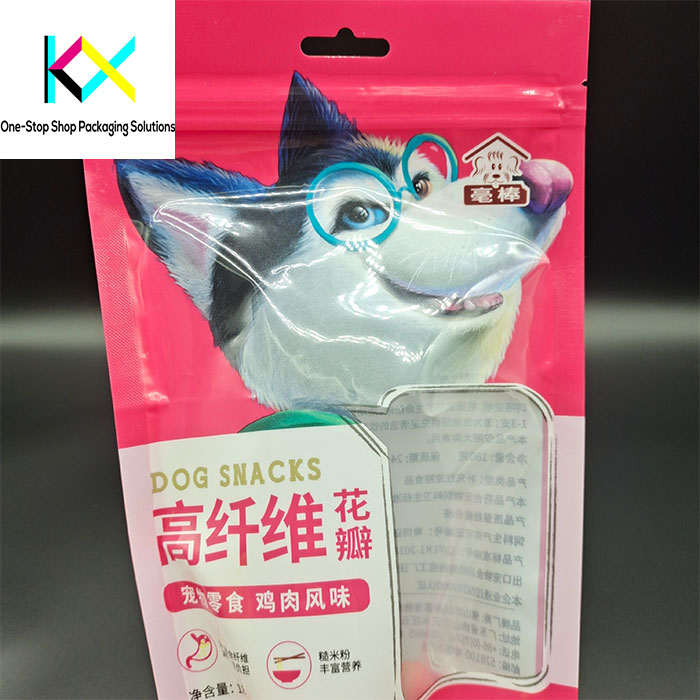
Pet food packaging is an essential aspect of the pet food industry. It plays a critical role in maintaining product quality, freshness, and safety, which are paramount for both pets and their owners. As pet owners increasingly look for high-quality, nutritious options for their pets, packaging has evolved to meet these needs. Among the many packaging solutions available, digital printing technology has emerged as a game-changer, offering several advantages in ensuring that pet food remains fresh, safe, and visually appealing. This article will discuss the importance of freshness and safety in pet food packaging, with a particular focus on how digital printing helps address these challenges.
Considerations for Barcode Printing on Food Packaging Bags: The Role of Digital Printing Technology
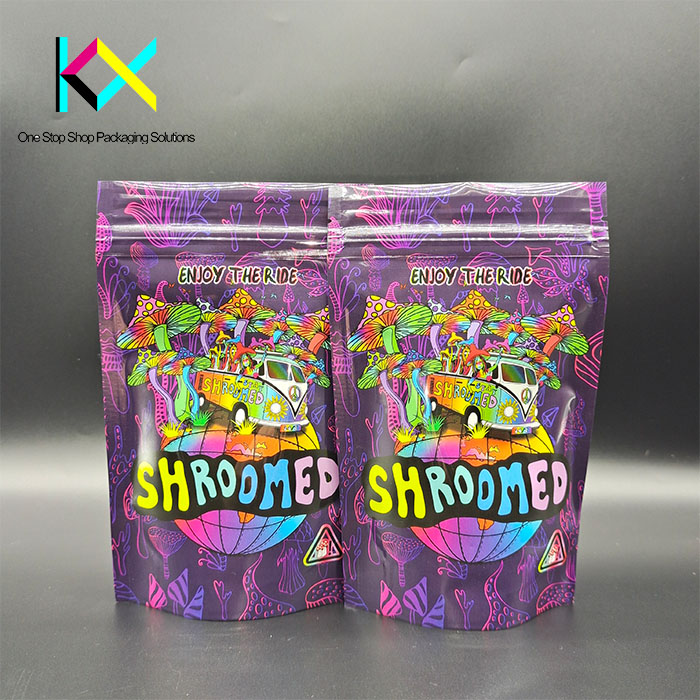
Barcodes are an essential part of modern food packaging. They enable efficient inventory management, streamline the checkout process, and ensure product traceability from production to sale. The process of printing barcodes on food packaging bags requires precision and attention to detail to ensure the barcode functions correctly and complies with industry standards. In this article, we will explore key considerations for barcode printing on food packaging bags, with a particular focus on the role of digital printing technology in optimizing barcode quality and functionality.
How to Handle Odor Issues in Food Packaging Bags: The Role of Digital Printing Technology
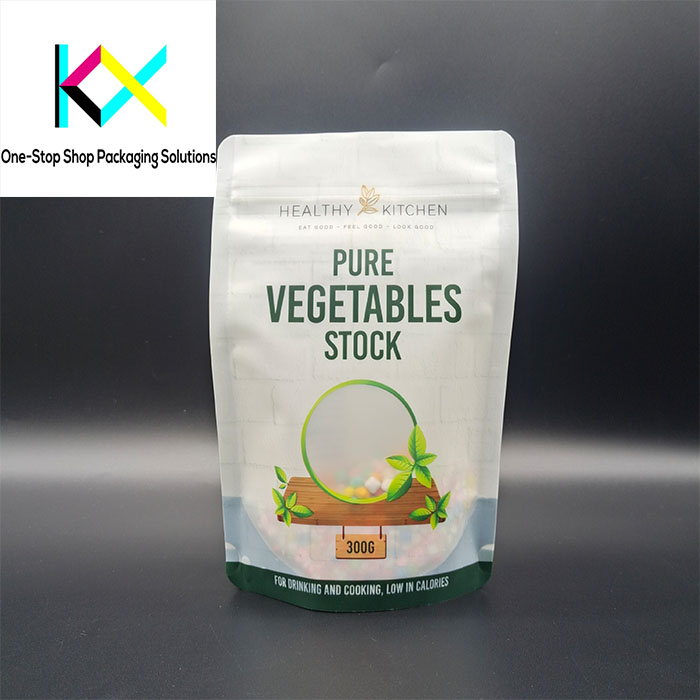
Food packaging is a critical component of maintaining food safety, quality, and shelf-life. One of the common challenges faced by manufacturers is the issue of odors in food packaging bags. These odors, whether they come from the packaging material itself or external factors, can negatively affect the product inside and damage the consumer’s experience. In this article, we will explore how odor issues in food packaging bags can be addressed, with a particular focus on the role of digital printing technology in mitigating these problems.
Applications of Biodegradable Plastic Packaging Bags: Focus on Digital Printing Technology

In recent years, the growing environmental concerns about plastic waste have led to a surge in demand for biodegradable materials, especially in the packaging industry. Biodegradable plastic packaging bags are increasingly being used as an eco-friendly alternative to conventional plastic bags. These bags, made from renewable resources like starch, plant fibers, or bio-based polymers, break down naturally over time, reducing long-term environmental harm. As this trend grows, digital printing technology has emerged as a powerful tool in customizing and enhancing the visual appeal of biodegradable packaging. This article will explore the various applications of biodegradable plastic packaging bags, with a particular focus on the role of digital printing in this sector.
What Is a Green Packaging Bag?
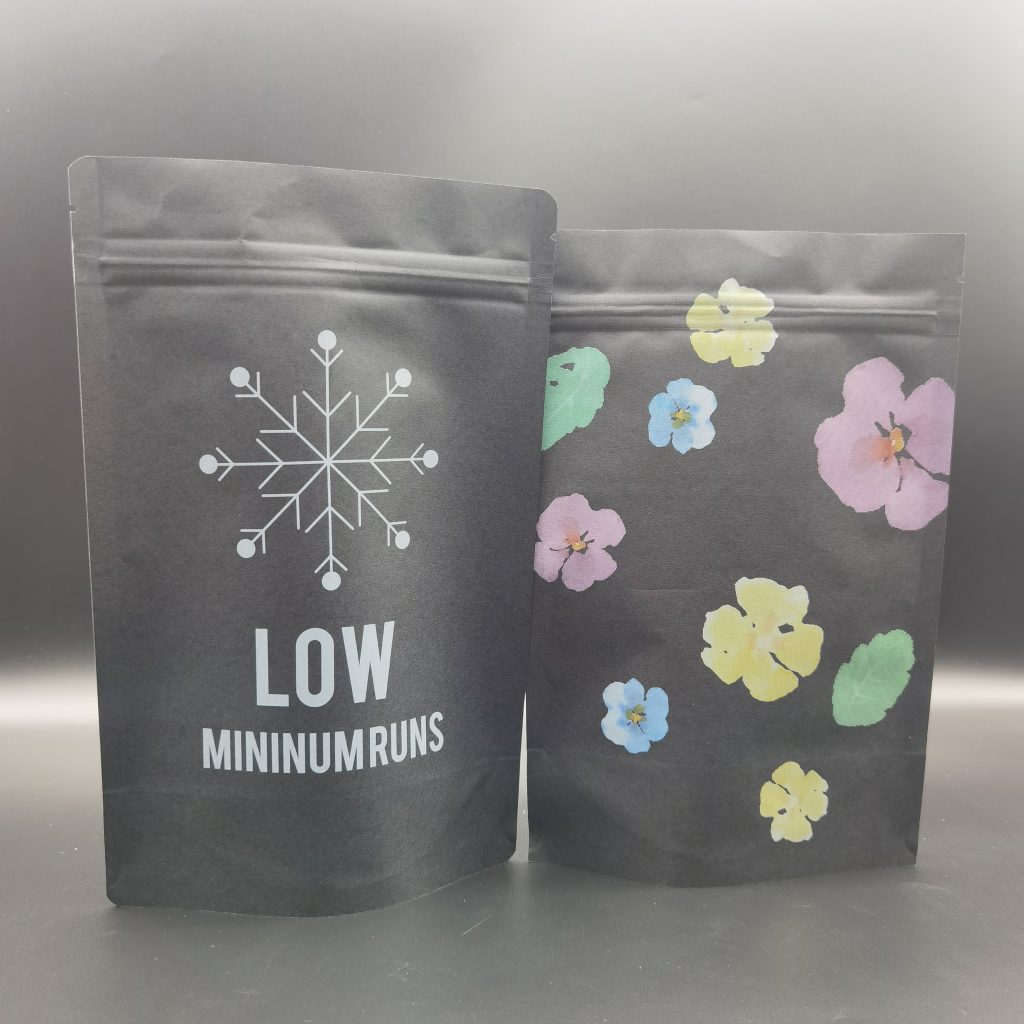
Green packaging, often referred to as sustainable packaging, is a concept that prioritizes the environment by using materials and processes that reduce environmental impact. As consumers become increasingly aware of the need to protect the planet, green packaging has emerged as a critical focus for businesses across various industries.
Noodle Packaging Bag: What Material is Both Durable and Moisture-Resistant?
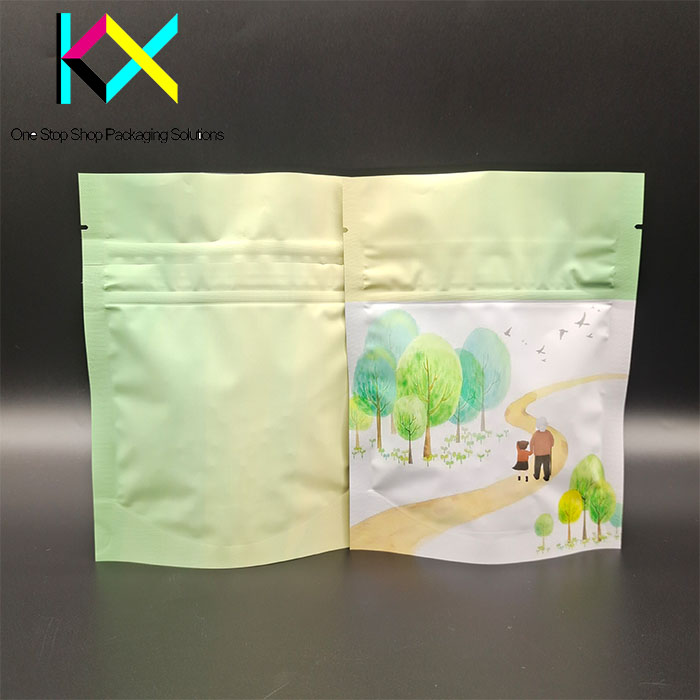
Noodles are a staple food item worldwide, enjoyed in various forms, from pasta to ramen. But noodle packaging presents unique challenges: it must be durable to protect against damage during transport and storage, and it must resist moisture to maintain the noodles’ freshness and quality. To address these needs, packaging solutions have evolved to include innovative materials that are not only practical but also sustainable. One of the key enablers of these innovations is digital printing technology, which provides unique advantages in terms of customization, sustainability, and cost-effectiveness for noodle packaging.
The Accordion Bag: A Great Design with a Challenge – What to Do When the Bag Breaks?
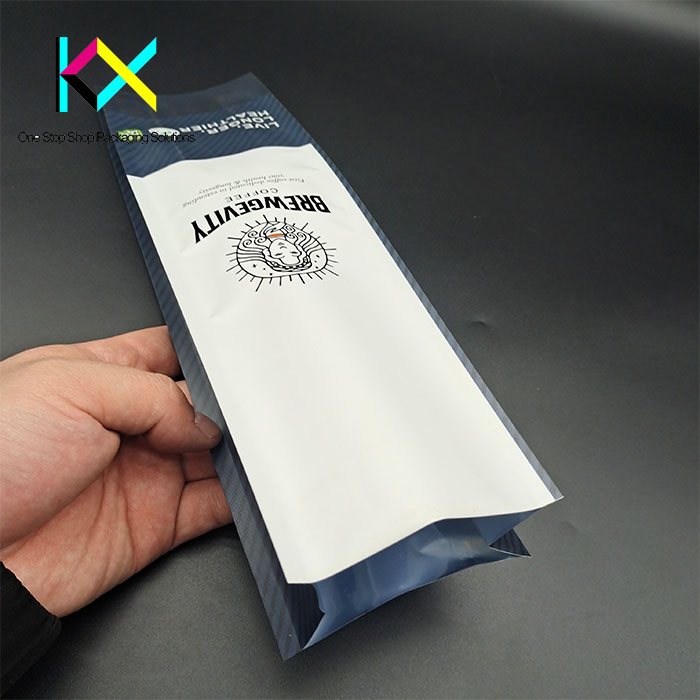
In the world of modern packaging, innovation constantly pushes the boundaries of design and functionality. One design that has gained considerable popularity in recent years is the accordion bag, known for its collapsible, expandable structure that provides both durability and efficient use of space. These bags are commonly used for retail, food packaging, and more. However, while the accordion bag offers many advantages, it also presents a unique challenge: once it breaks, it’s difficult to repair or reuse. So, what can be done to overcome this issue? The answer may lie in digital printing technology.
The Uses and Benefits of Biodegradable Plastic Bags

In recent years, the environmental impact of traditional plastic bags has sparked global concern. As a result, the demand for biodegradable plastic bags has risen, offering a more sustainable alternative to conventional plastic. Biodegradable bags, made from renewable resources like plant-based materials, decompose more quickly than petroleum-based plastics, making them a better option for reducing waste and environmental pollution. In this article, we will explore the various uses of biodegradable plastic bags, their benefits, and how innovative technologies like digital print packaging can enhance their appeal.
The Unavoidable Core of Pet Food Packaging: Freshness and Safety
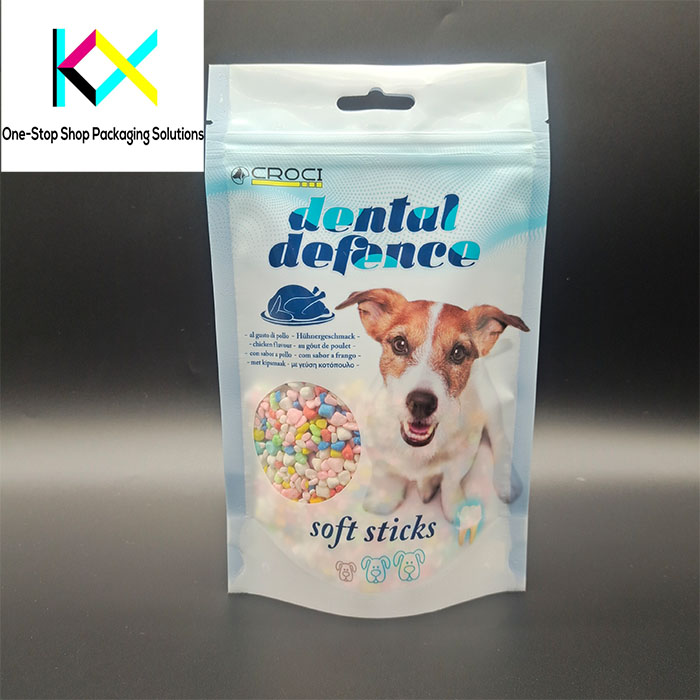
Pet food packaging is a critical aspect of the pet food industry, with the primary goal being to ensure that pet food remains fresh, nutritious, and safe for consumption. Given the growing concern among pet owners about the health and well-being of their pets, the demand for packaging that can maintain product integrity has skyrocketed. As with human food products, pet food needs to be protected from environmental factors such as air, moisture, light, and contamination. This article will explore the core principles of pet food packaging—freshness and safety—and how innovative packaging solutions, such as digital print packaging, are meeting these demands.
Meat Packaging: How to Choose the Right Packaging to Prevent Rancidity
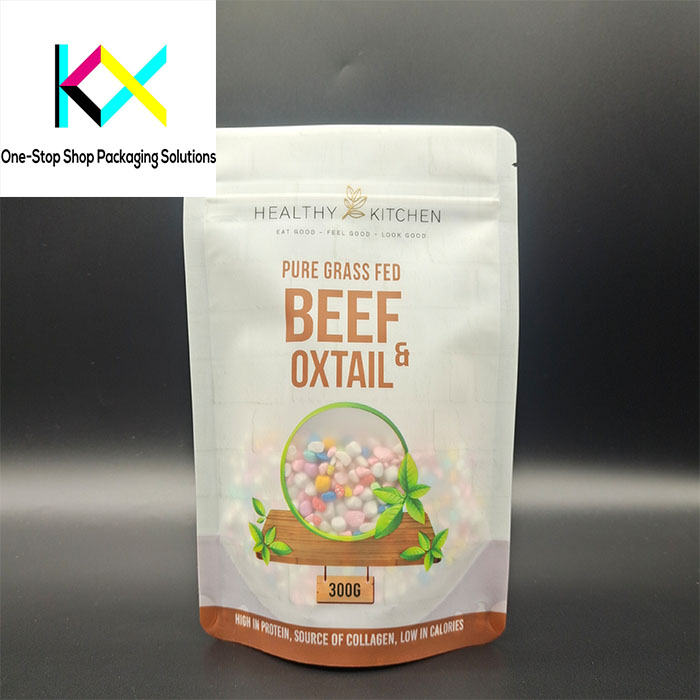
When it comes to meat products, whether fresh, frozen, or processed, packaging plays a critical role in preserving quality and preventing spoilage. One of the most common issues in meat packaging is the development of rancidity, which occurs when fats in the meat oxidize. This leads to off-flavors, often described as “stale” or “rancid” taste, which can make the product unappetizing and unsafe for consumption. Choosing the right packaging material and design is key to preventing this and maintaining meat’s quality throughout its shelf life. In this article, we’ll explore how packaging can help avoid rancidity and improve the overall quality of meat products, with a particular focus on innovations such as digital print packaging.
Understanding Dumpling Bag Dimensions, Materials, and Styles in One Minute
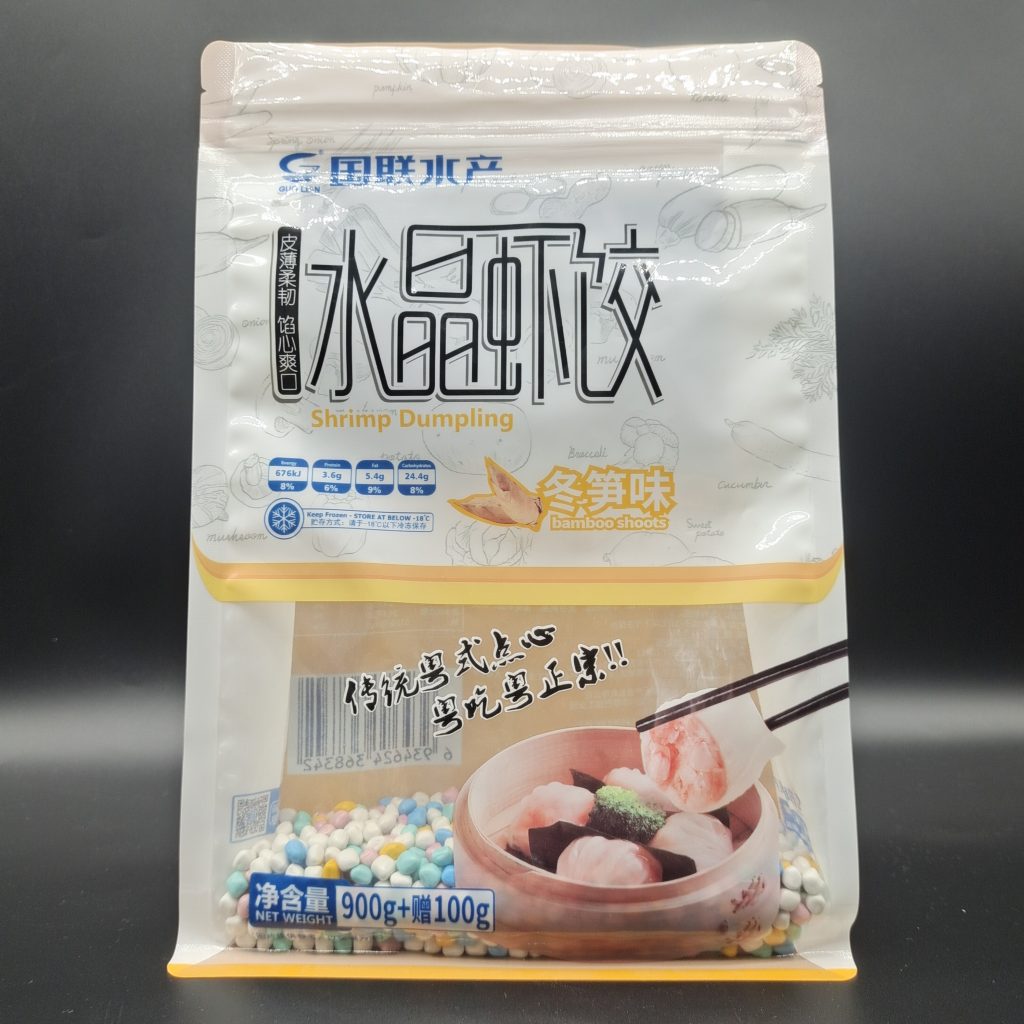
Dumplings are a beloved food around the world, cherished for their delicious fillings and versatility. However, to maintain their freshness and ensure they reach consumers in perfect condition, proper packaging is essential. Dumpling bags come in various dimensions, materials, and styles, each designed to protect the product while also providing aesthetic appeal. This article will explore these aspects, highlighting how innovations like digital print packaging can enhance branding.
Is Kraft Paper Bag Our Eco-Friendly Trend?
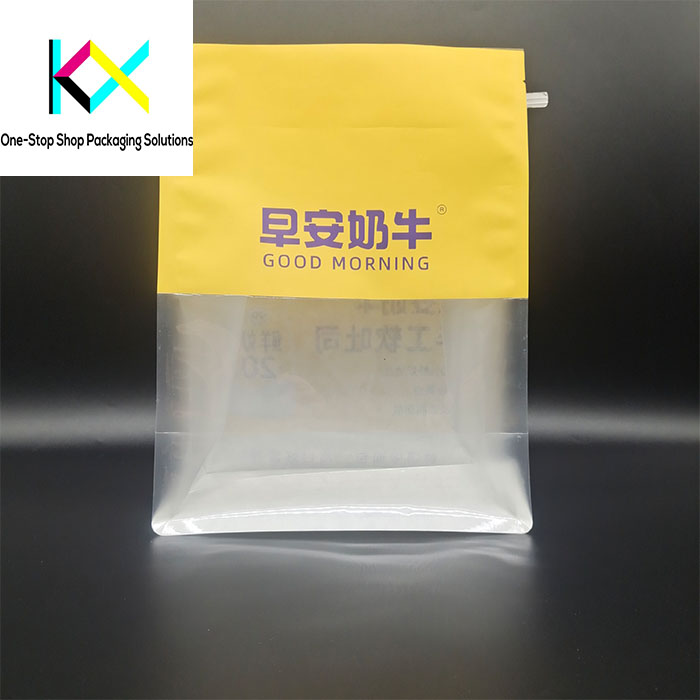
In recent years, environmental sustainability has become a focal point in various industries, particularly in packaging. As consumers increasingly demand eco-friendly options, businesses are looking for alternatives to traditional plastic packaging. One such option gaining popularity is the kraft paper bag. This article will explore why kraft paper bags are considered an eco-friendly trend, their benefits, and how innovations like digital print packaging are enhancing their appeal.
How to Achieve Moisture Protection in Tea Packaging Bags
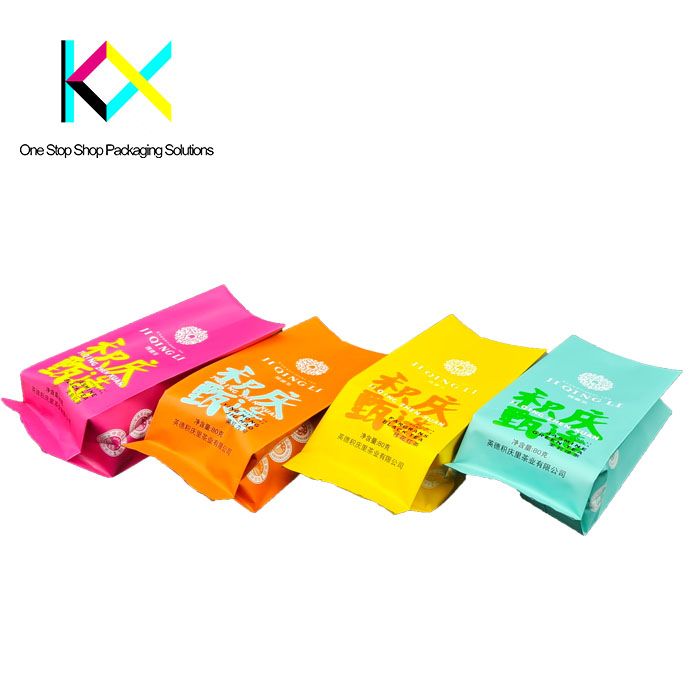
Tea is a delicate product that requires careful handling and packaging to preserve its flavor, aroma, and overall quality. Moisture is one of the most significant threats to tea, as it can lead to mold growth, spoilage, and loss of flavor. Therefore, implementing effective moisture protection strategies in tea packaging bags is crucial for maintaining product integrity. This article will explore various methods and materials that can be used to achieve moisture protection in tea packaging, along with the role of digital print packaging in enhancing branding.
Knowledge on the Use of Plastic Packaging Bags
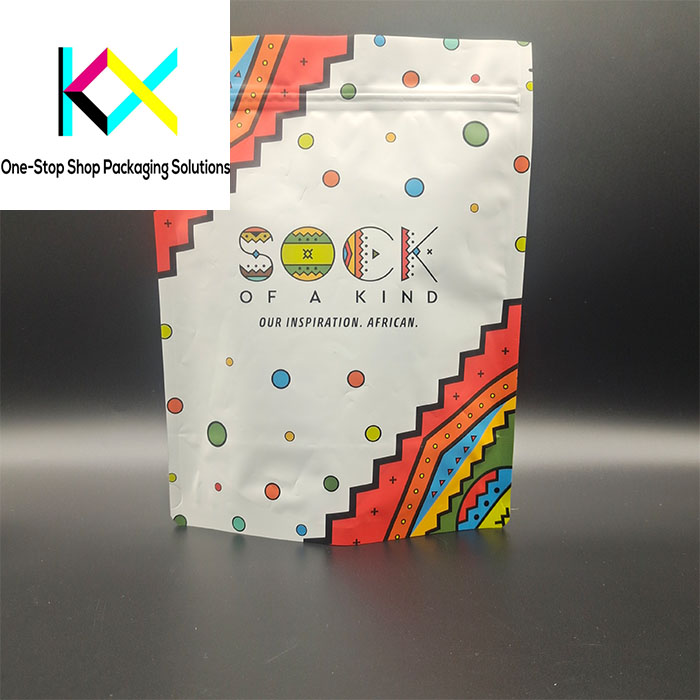
Plastic packaging bags are an essential component of modern packaging solutions across various industries. They offer versatility, convenience, and protection for a wide range of products, from food items to consumer goods. Understanding the various aspects of plastic packaging bags, including their types, materials, applications, and sustainability considerations, is crucial for businesses aiming to optimize their packaging strategies. In this article, we will explore key knowledge related to the use of plastic packaging bags.
Characteristics of OPP Material Packaging Bags
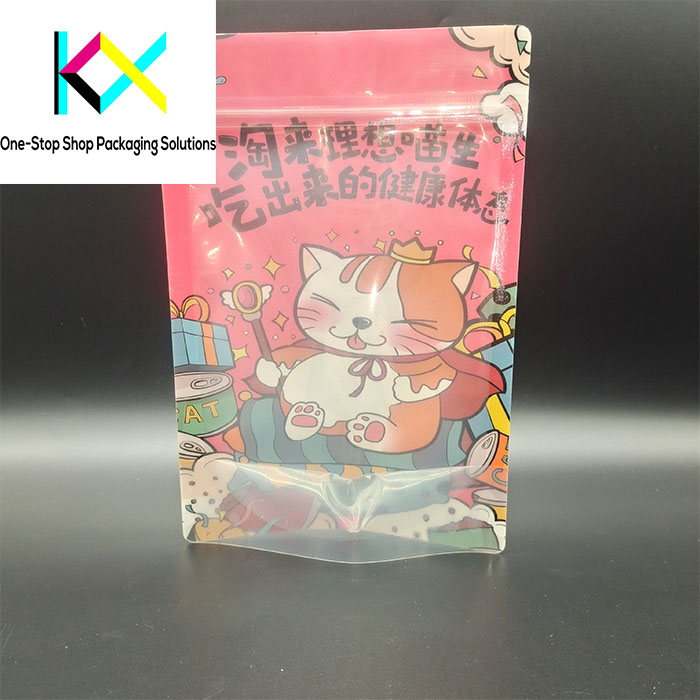
OPP (Oriented Polypropylene) material packaging bags have become increasingly popular in various industries due to their unique properties and benefits. These bags are widely used for packaging food, textiles, consumer goods, and more. In this article, we will delve into the characteristics of OPP packaging bags, their applications, and the advantages they offer over other packaging materials.
Common Materials and Bag Types for Grain Bags (Including Common Sizes)
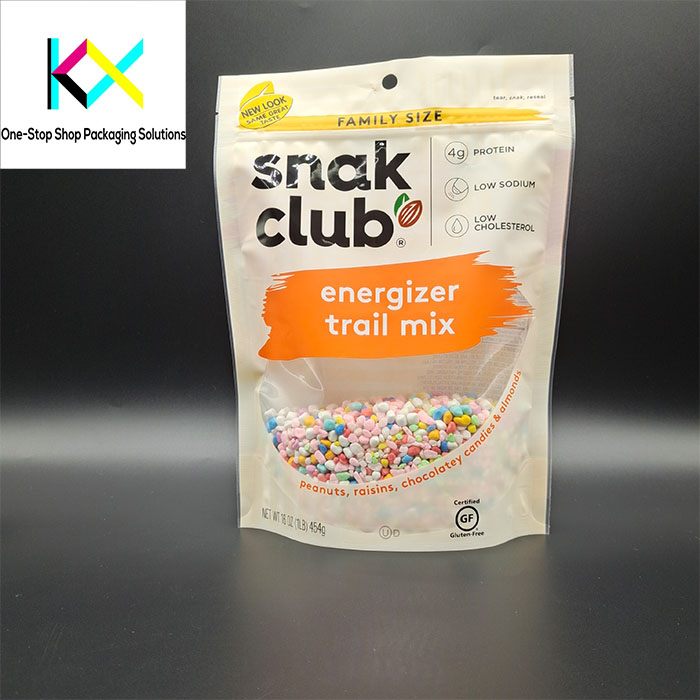
Grain bags play a crucial role in the packaging and transportation of various grains, seeds, and other agricultural products. With the increasing demand for high-quality packaging solutions that ensure product freshness and safety, it’s essential to understand the common materials and bag types used for grain packaging.
Shaped Zip Lock Bags: The Superior Choice for Innovative Packaging
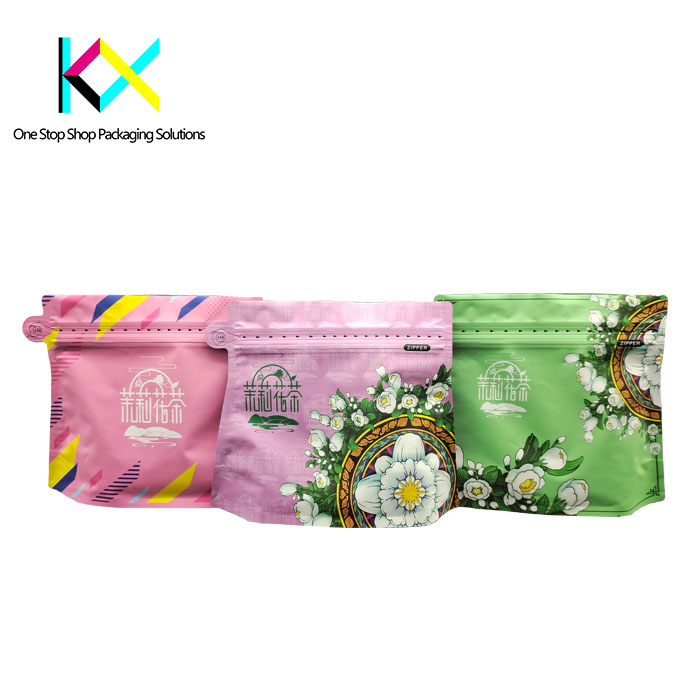
In the world of packaging, innovation is key to capturing consumer attention and enhancing product functionality. One such innovation that has gained significant traction is the shaped zip lock bag. This versatile packaging solution combines practicality with unique design features, making it a superior choice for various industries.
Determining the Thickness of Plastic Packaging Bags
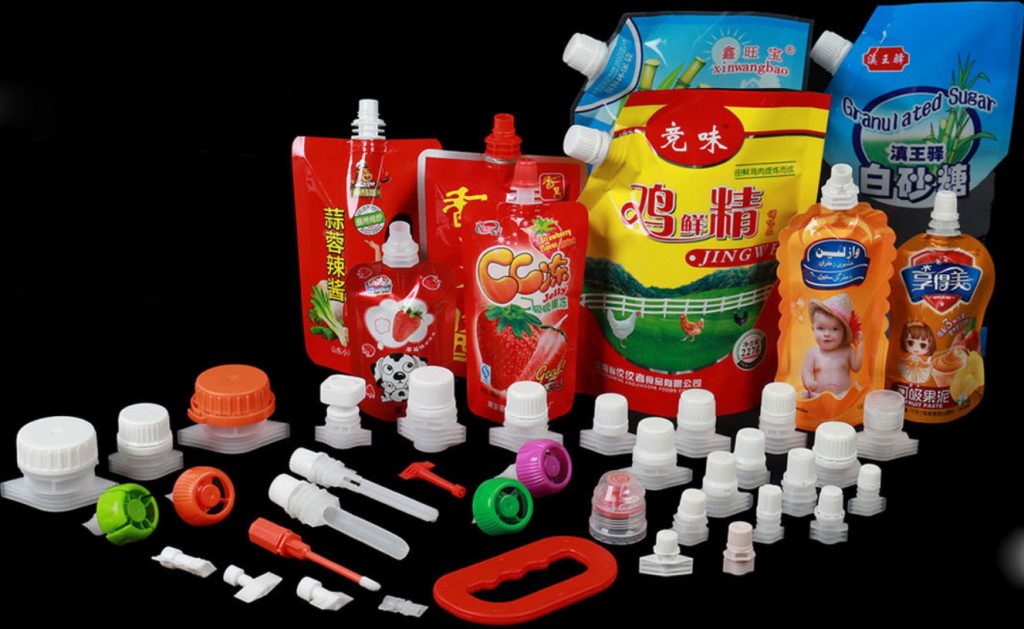
Plastic packaging bags are essential in various industries, serving multiple functions such as containment, protection, and presentation of products. One of the critical factors in the design of these bags is their thickness. The thickness of plastic packaging bags significantly influences their performance, durability, and suitability for specific applications.
An In-Depth Look at Child-Resistant Zippers in Smart Packaging Design
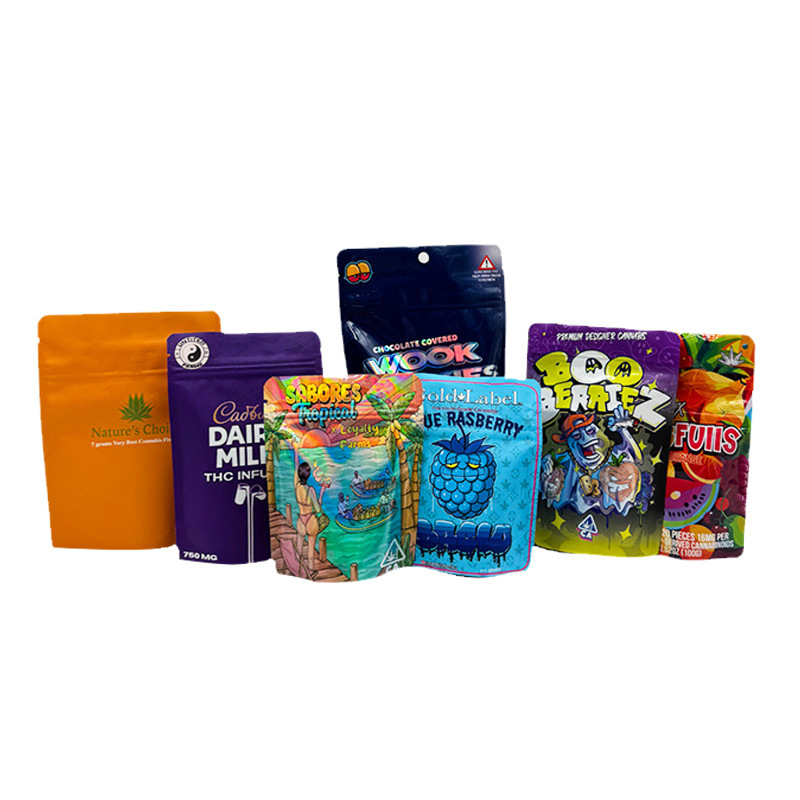
In recent years, safety has become a paramount concern in packaging design, especially when it comes to products that may be accessible to children. One of the most innovative solutions in this realm is the development of child-resistant zippers. These zippers are an essential feature in soft packaging, ensuring that products remain secure while providing ease of access for adults. This article explores the importance of child-resistant zippers, the technology behind them, and their applications in the soft packaging industry.
Common Materials Used in Retort Pouches
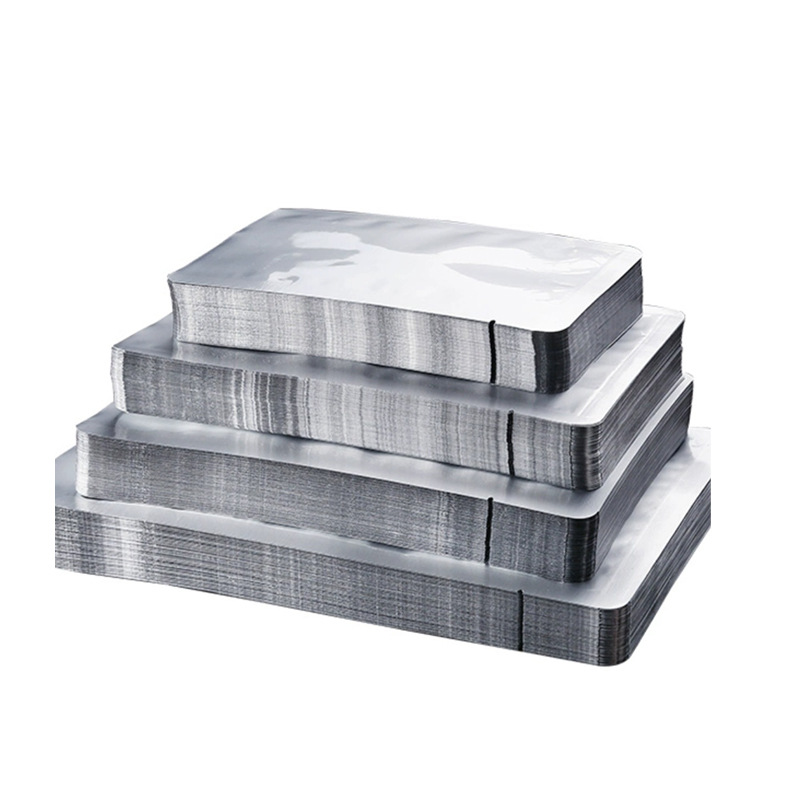
Retort pouches have revolutionized the food packaging industry by providing a convenient, shelf-stable option for heat-processed foods. These flexible pouches are designed to withstand high temperatures during the retort cooking process, ensuring that the contents remain safe and flavorful. As the demand for ready-to-eat meals, soups, and sauces continues to grow, understanding the materials used in retort pouches is essential for manufacturers and consumers alike.
Common Materials Used in Nut Packaging Bags
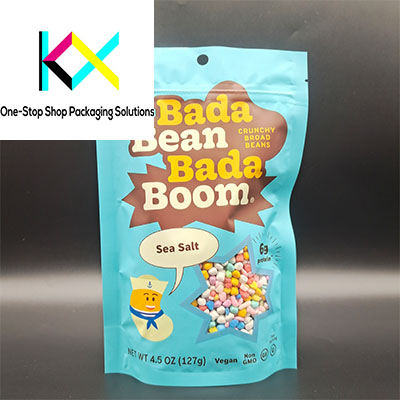
The nut packaging industry is increasingly important as consumers seek convenient, healthy snack options. Effective packaging not only preserves the quality and freshness of nuts but also appeals to consumers through branding and sustainability. Various materials are commonly used for nut packaging bags, each with distinct characteristics and benefits.
Common Materials Used in Pet Food Packaging Bags
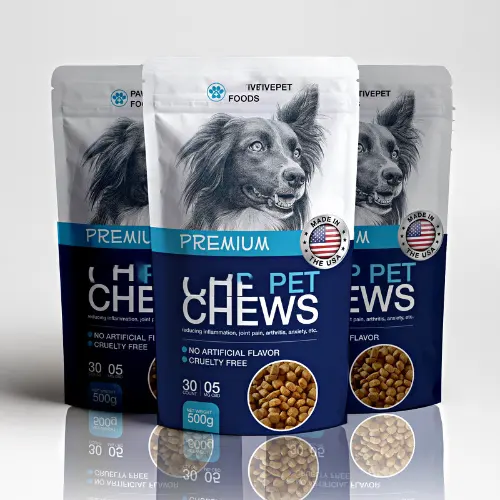
The pet food industry has seen significant growth over the years, leading to an increased focus on packaging solutions that not only preserve the quality of the food but also align with consumer preferences for sustainability and convenience.
Trends in Coffee Packaging Bags: Innovation, Sustainability, and Consumer Preferences
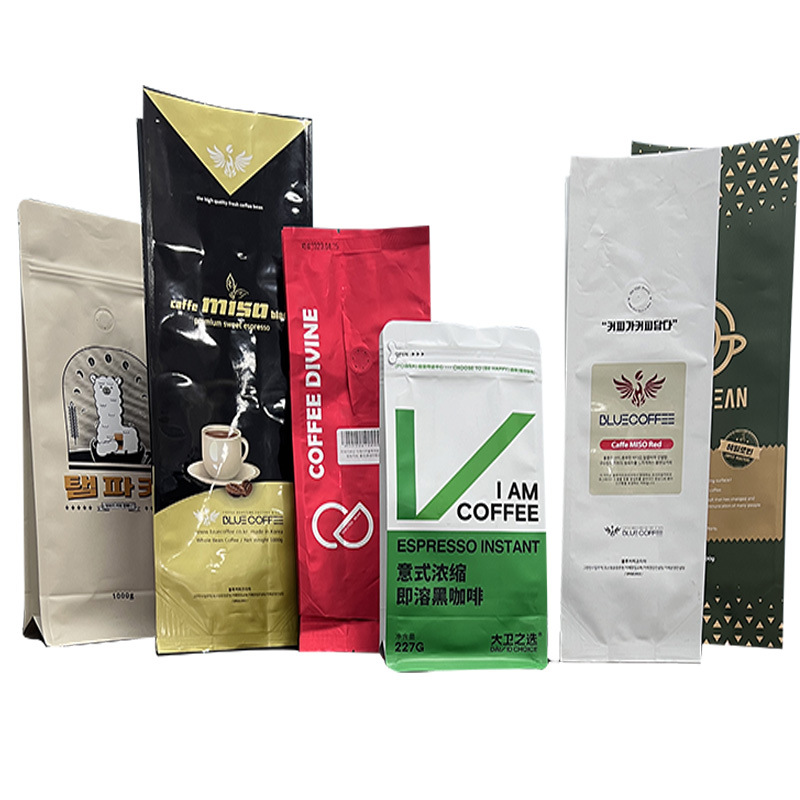
The world of coffee packaging is undergoing significant transformations, driven by consumer demand for sustainability, innovation, and enhanced product experiences. Coffee, as a product, requires special care in its packaging to preserve freshness, aroma, and flavor, while also meeting consumer expectations for convenience and environmental responsibility.
Common Materials Used in Coffee Packaging Bags
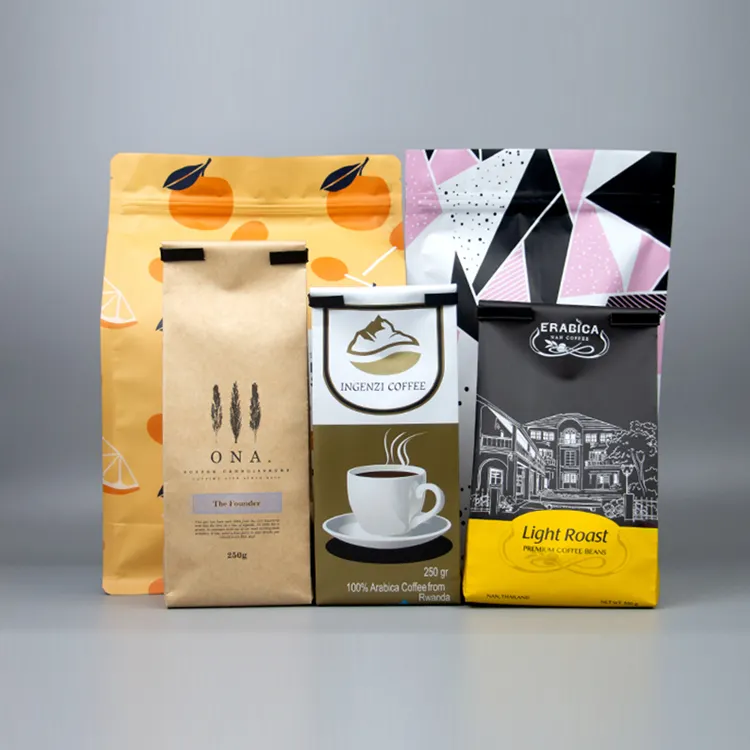
Coffee is a delicate product that requires optimal packaging to maintain its freshness, flavor, and aroma. Coffee beans, whether whole or ground, are highly sensitive to factors like oxygen, moisture, light, and external odors, all of which can degrade their quality over time.
Common Materials Used in Rice Packaging Bags
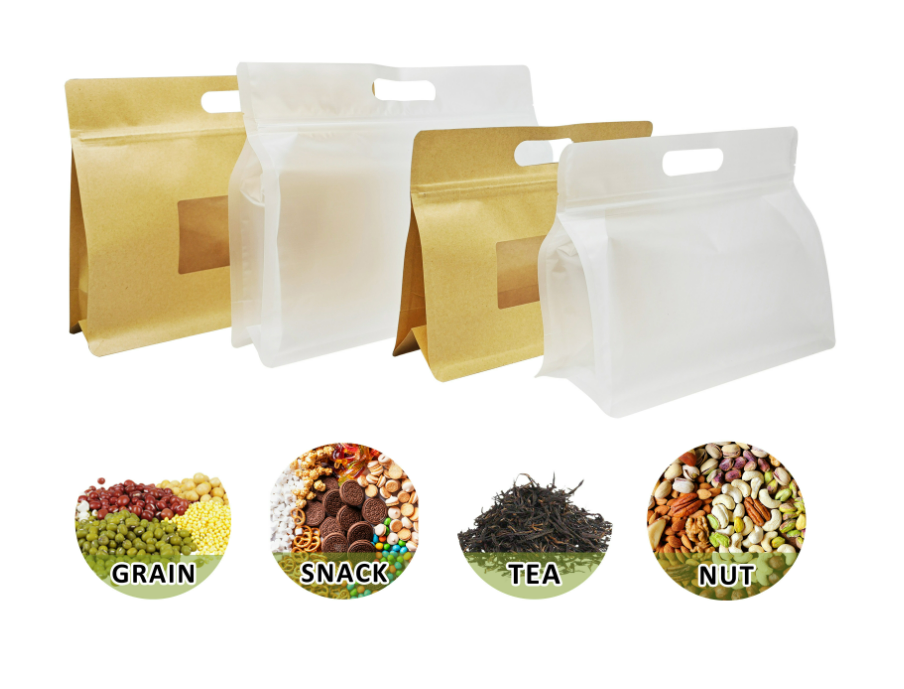
Rice is one of the most consumed staple foods globally, and its packaging plays a vital role in ensuring the product remains fresh, safe, and appealing to consumers. The packaging must protect the rice from external factors such as moisture, pests, and contamination while maintaining the integrity and quality of the grains during transportation and storage.
How to Determine the Thickness of Plastic Packaging Bags
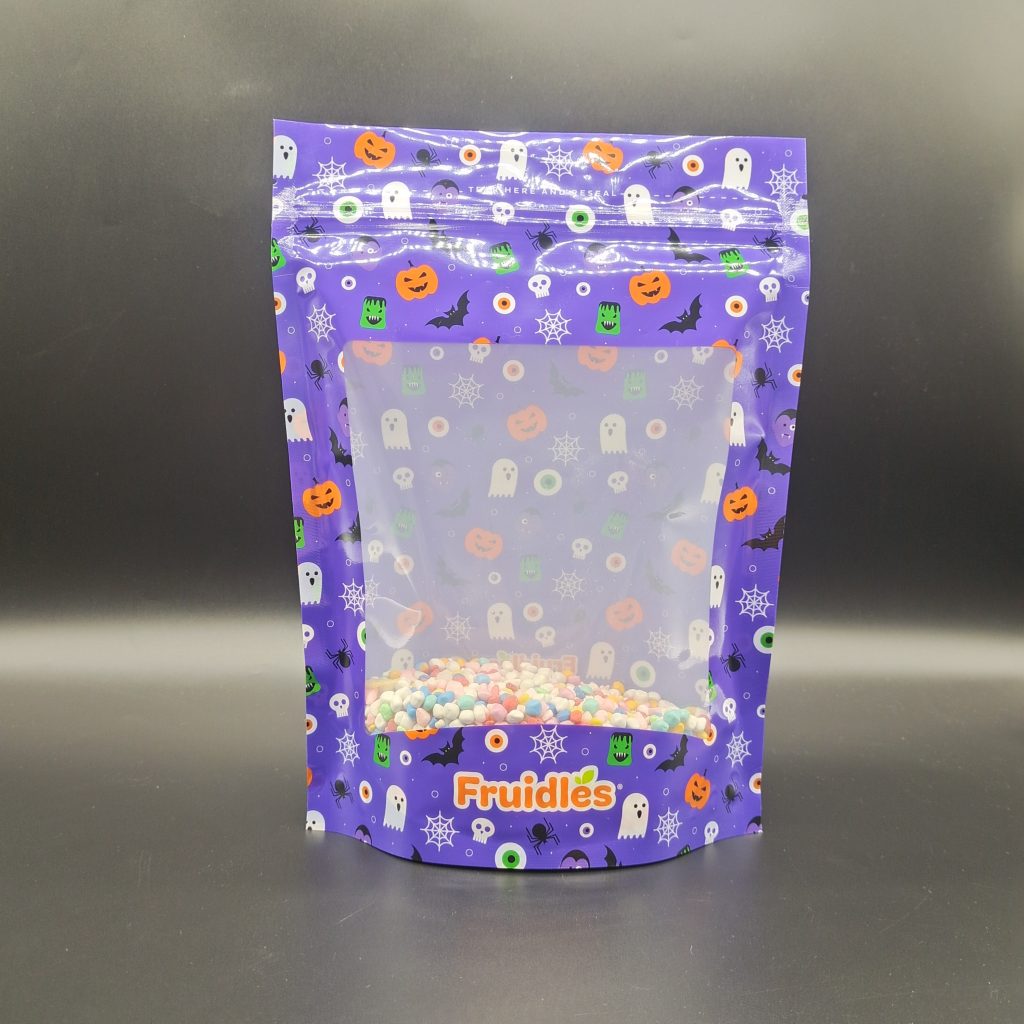
The thickness of plastic packaging bags plays a crucial role in determining the protection, durability, cost-efficiency, and overall performance of the packaging. Selecting the appropriate thickness is essential for maintaining product integrity, especially when dealing with food, chemicals, pharmaceuticals, or consumer goods. Thicker plastic bags typically provide more strength and barrier properties, but they also cost more and can be less flexible.
Material Selection for Ready-to-Eat Food Packaging: A Focus on Kexin Packaging

Material Selection for Ready-to-Eat Food Packaging: A F […]
Retort Plastic Packaging Characteristics of High-Temperature
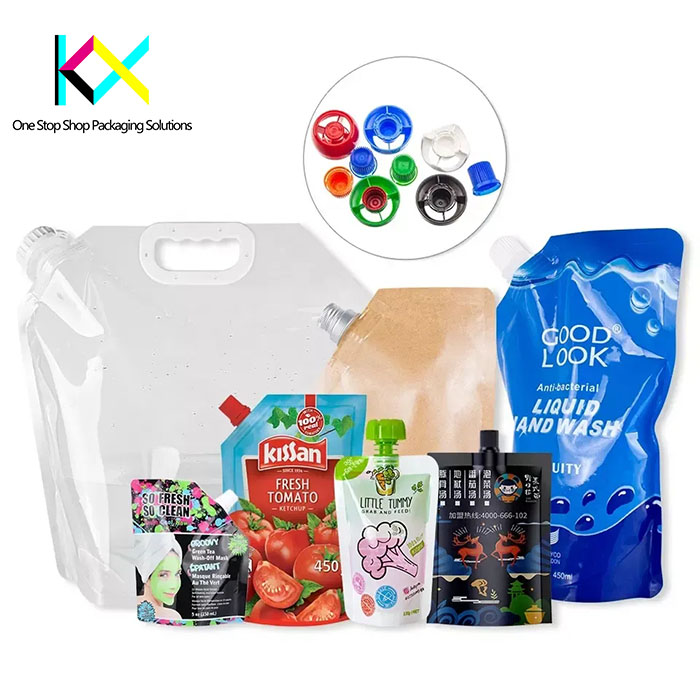
Retort Plastic Packaging Characteristics High-temperatu […]
The Future of Flexible Packaging: Embracing Digital Printing, Recyclable, and Biodegradable Solutions
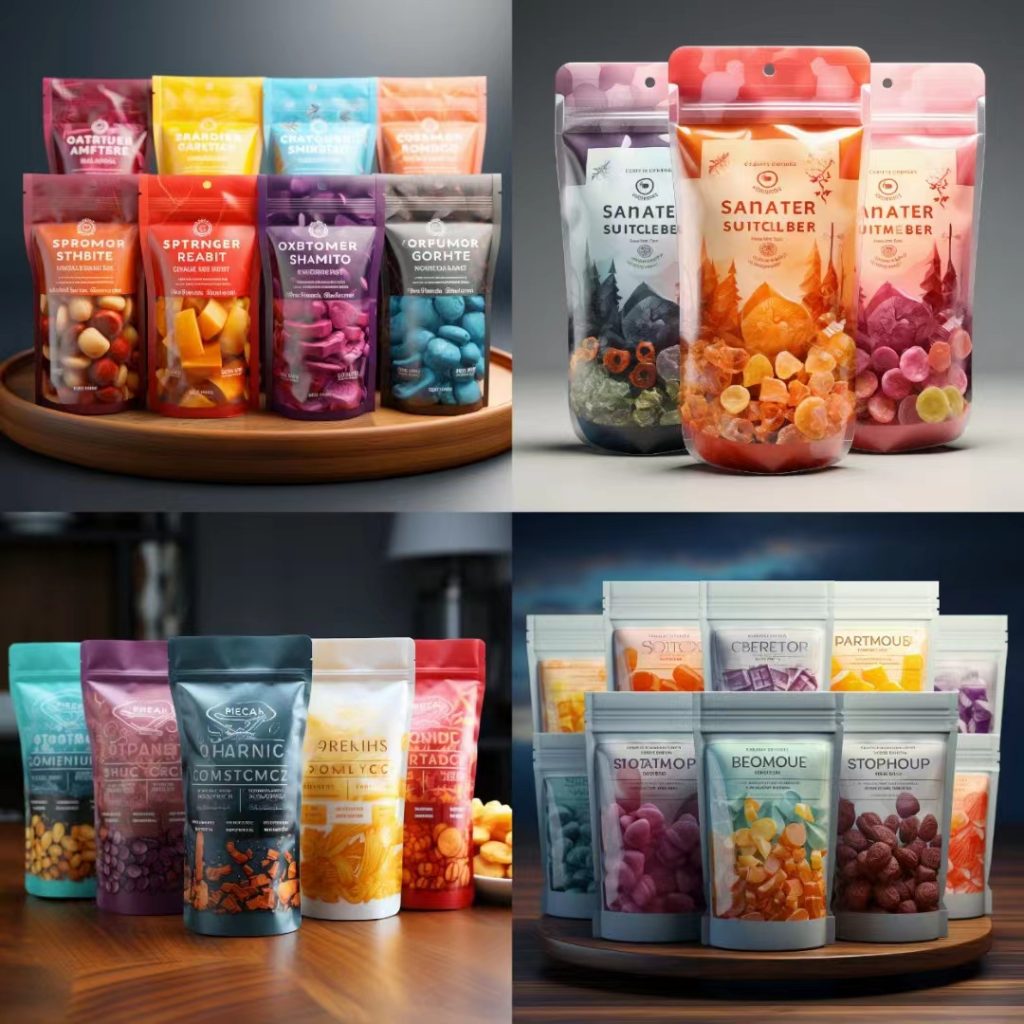
The Future of Flexible Packaging: Embracing Digital Pri […]
Embracing Eco-Friendly Packaging: The Evolution of Compostable Flexible Pouches
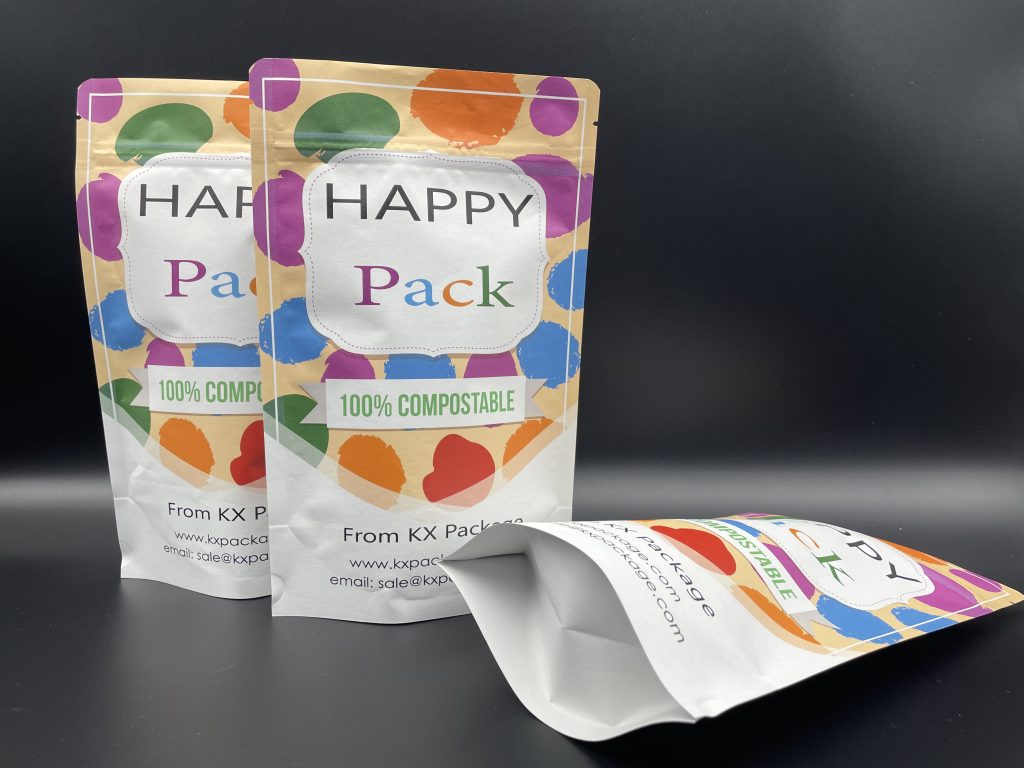
In the quest for sustainable solutions to combat the environmental impact of traditional packaging, the emergence of compostable flexible pouches marks a significant leap forward. These pouches represent the culmination of years of research, innovation, and dedication to creating packaging that not only serves its purpose but also nurtures the planet.
A New Way To Make Beautiful Kraft Paper Pouch

A New Way To Make Beautiful Kraft Paper Pouch The impor […]
The Popularity of Kraft Paper Packaging Bags and Their Future Trends

The Popularity of Kraft Paper Packaging Bags and Their […]
How to Customize Auto-packing Roll Stock Film?

How to Customize Auto-packing Roll Stock Film? Roll sto […]
Do you know different zipper types for resealable packaging?
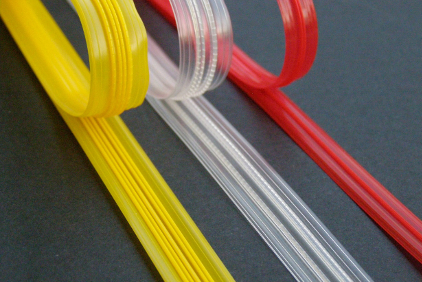
Do you know different zipper types for resealable packa […]
Spot UV Technology on Shaped Pouches
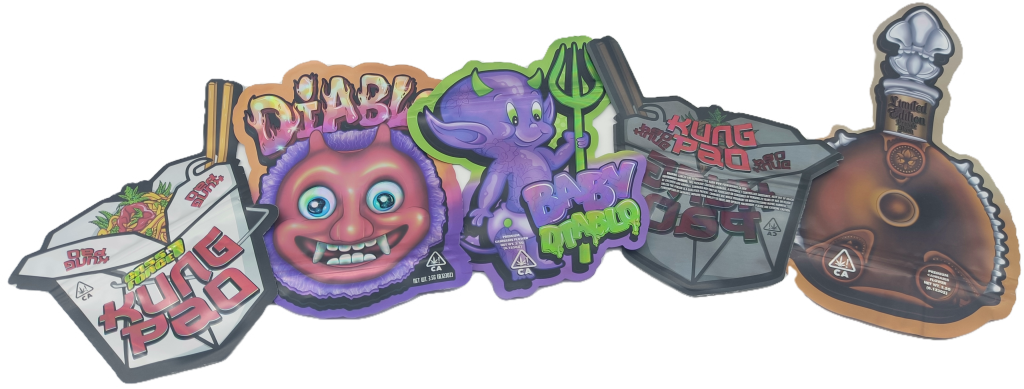
Spot UV technology on shaped pouches Spot UV technology […]
Customized Packaging for Dietary Supplements

Customized Packaging for Dietary Supplements Nutritiona […]
Permeable Aluminum Packaging in Digital Printing
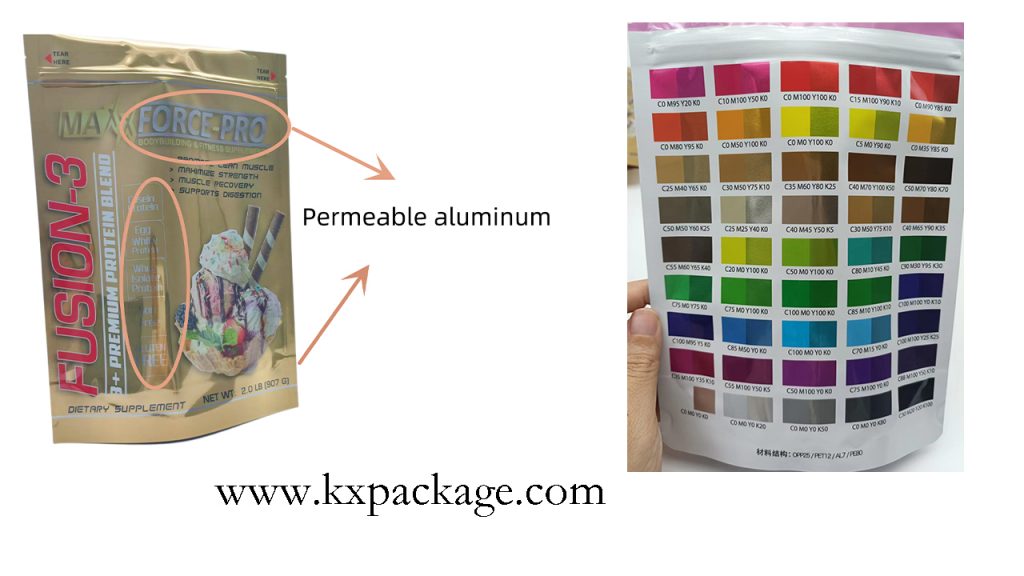
Permeable Aluminum Packaging in Digital Printing Permea […]
How to customize nuts and dried fruit packaging
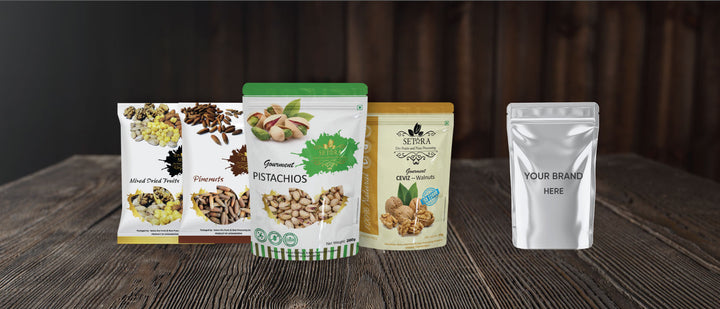
How to Customize Nuts and Dried Fruit Packaging Dried f […]
Digitally Printed Compostable Bags
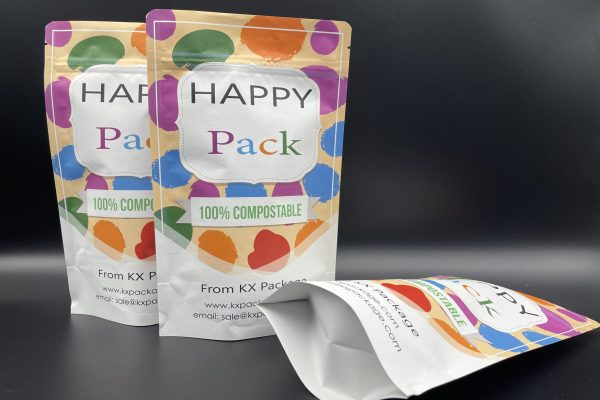
Digitally Printed Compostable Bags As environmental awa […]
High-definition Digital Printing Compostable Packaging
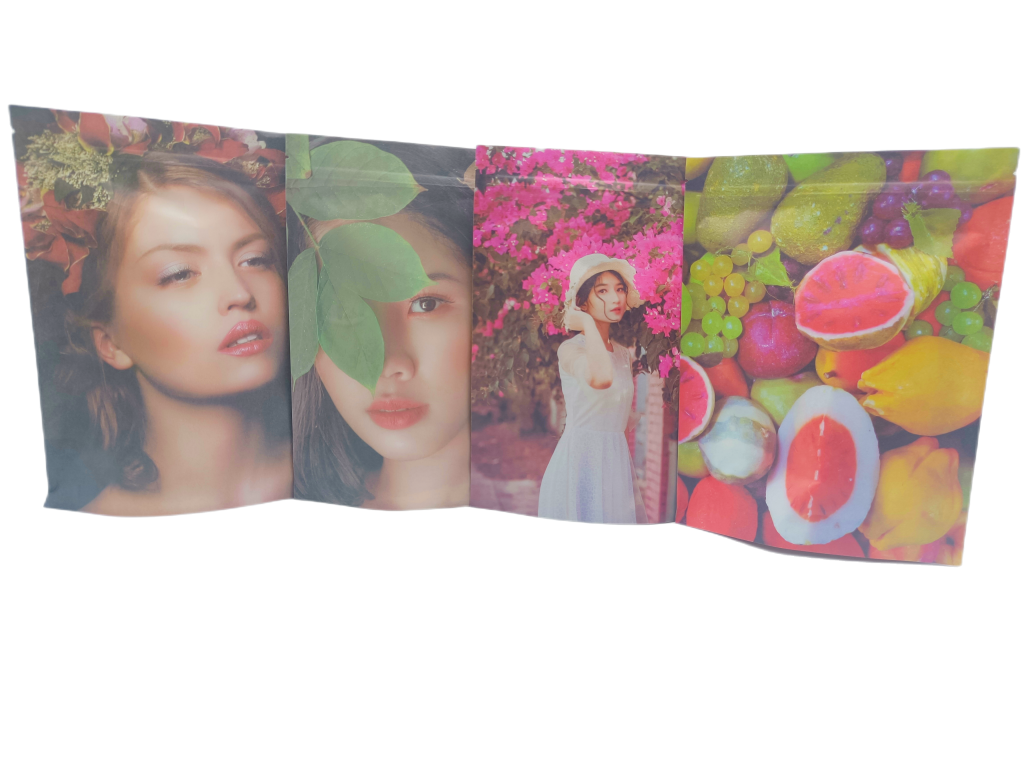
High-definition Digital Printing Compostable Packaging […]
Digital Printing Child-Resistant Bags
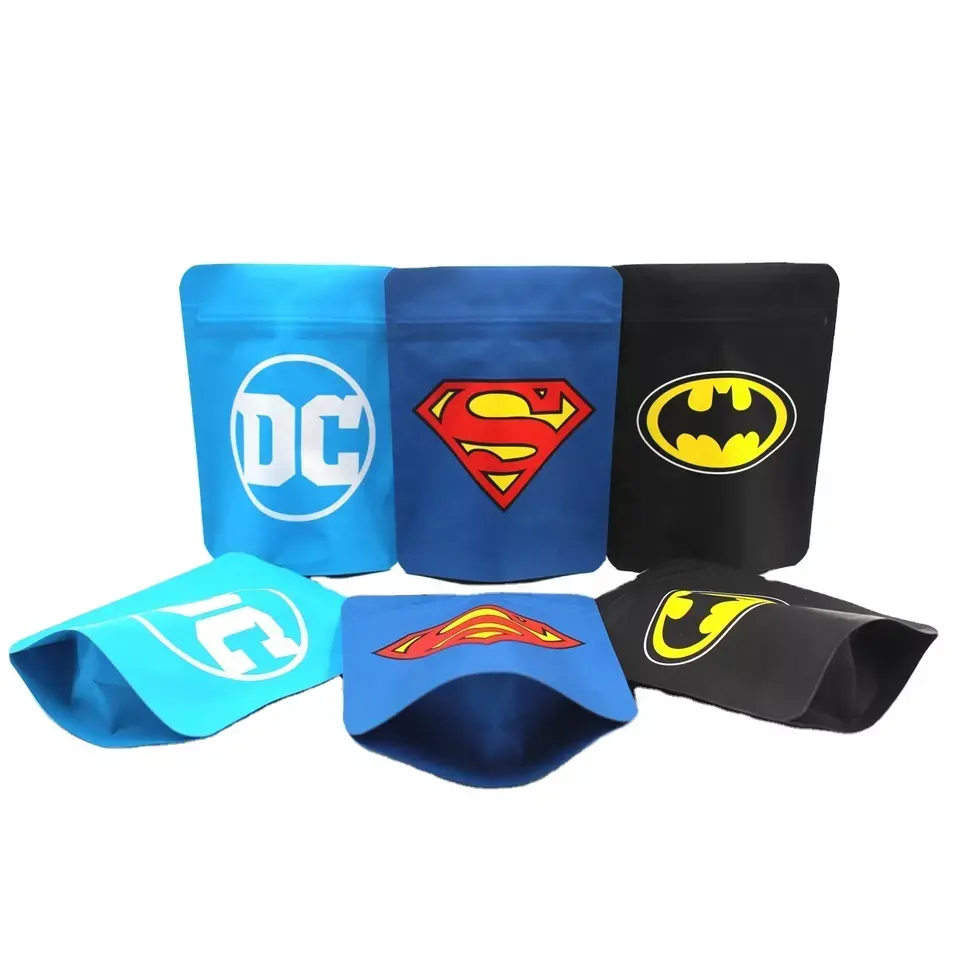
Digital Printing Child-Resistant Bags Child-resistant b […]
Outdoor Camping Water Pouches

Outdoor Camping Water Pouches Outdoor camping water pou […]
Digital Printing of Shaped Bag Technology
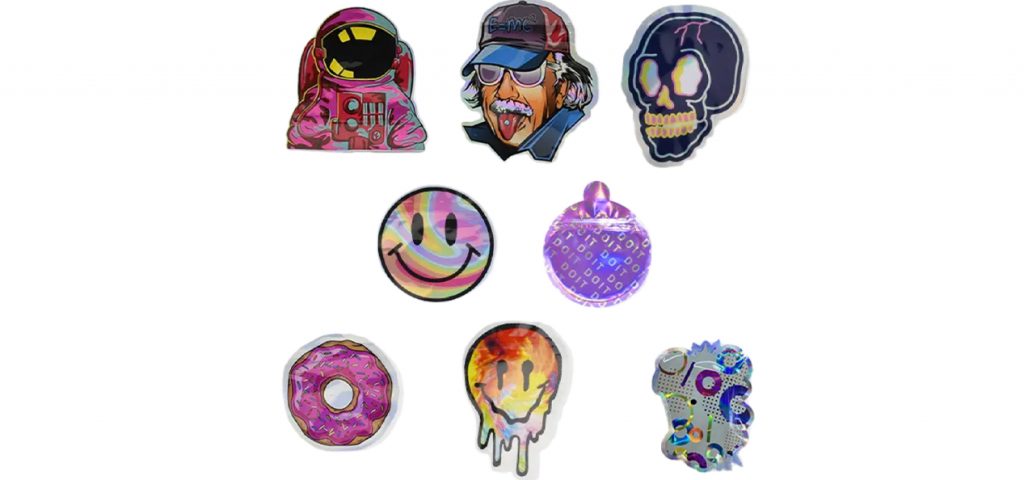
Digital printing of shaped bag technology Shaped pouche […]
Digital Printing on Recyclable Spout Pouches
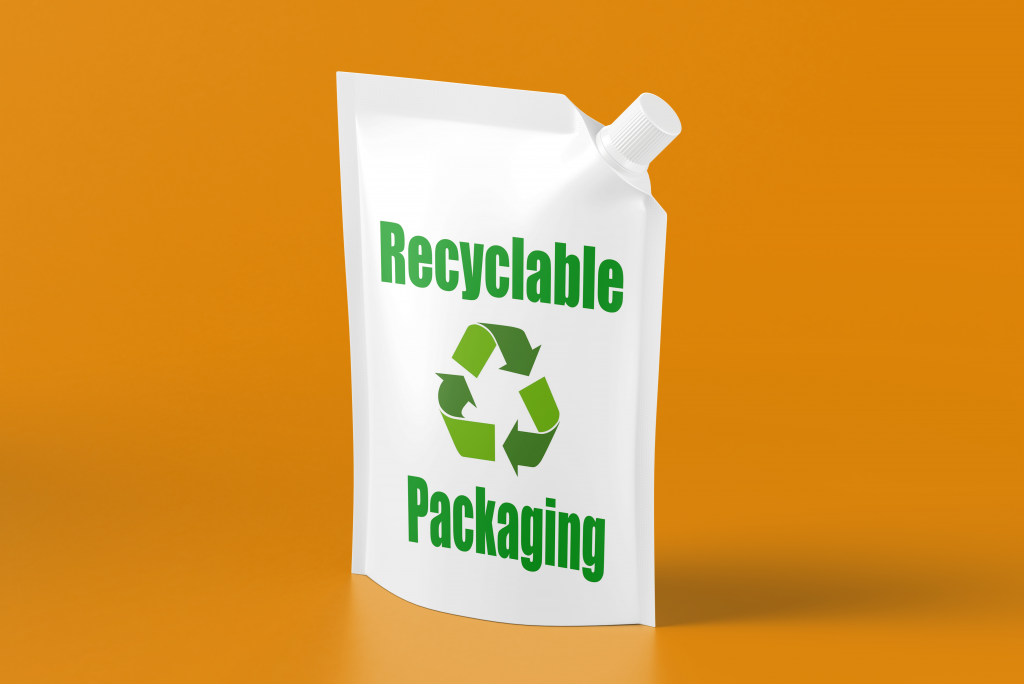
Digital Printing on Recyclable Spout Pouches Digital pr […]
How to Customize Medical Packaging Bags
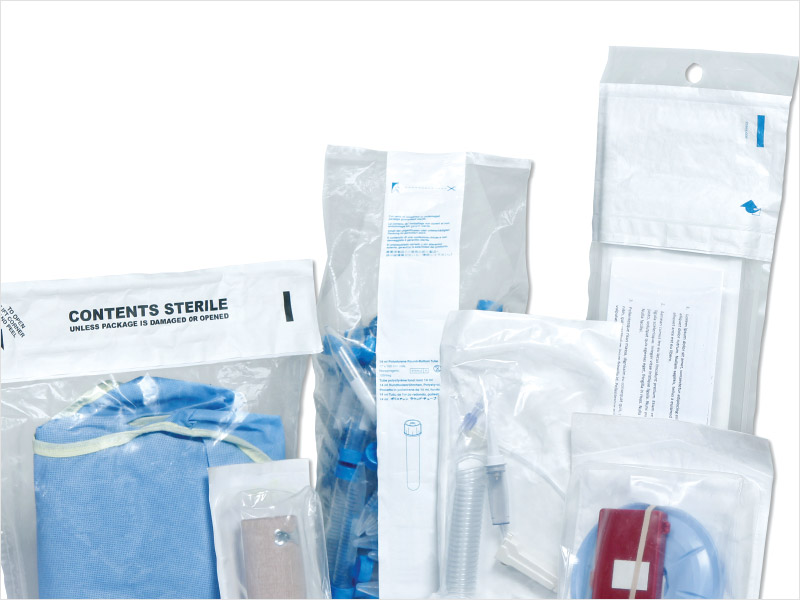
Medical bags are special bags used to package medical products and equipment. They are typically made of high-quality polymer materials that are water, bacteria, oxidation and chemical resistant to ensure that medical products are not contaminated or damaged during transportation and storage.
Digital Printing on Matte Surface Packaging.
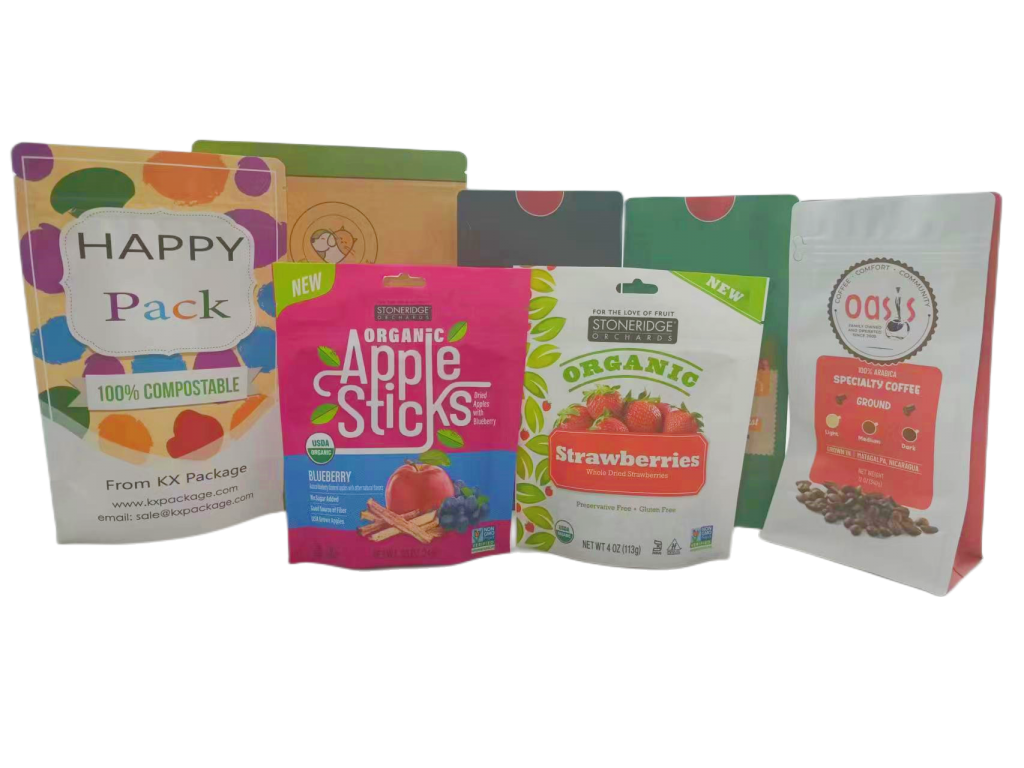
Digital Printing on Matte Surface Packaging Digital pri […]
Introduce Digital Printing by HP Indigo 25000 Machine.
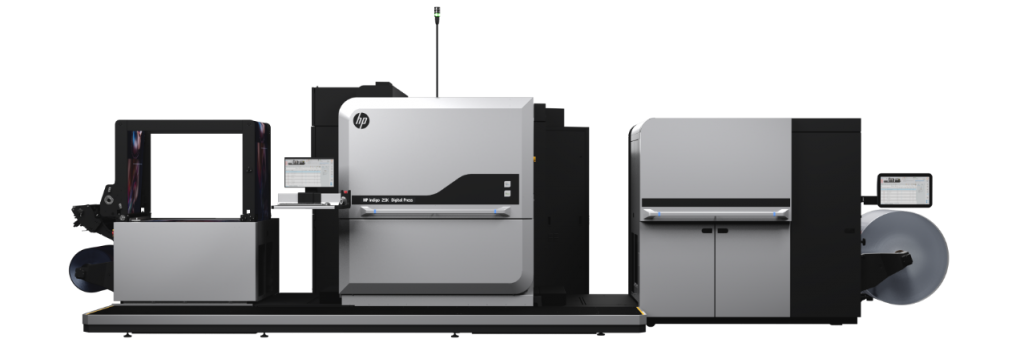
Introduce Digital Printing by HP Indigo 25000 Machine H […]
Digital Printing on Recyclable Packaging
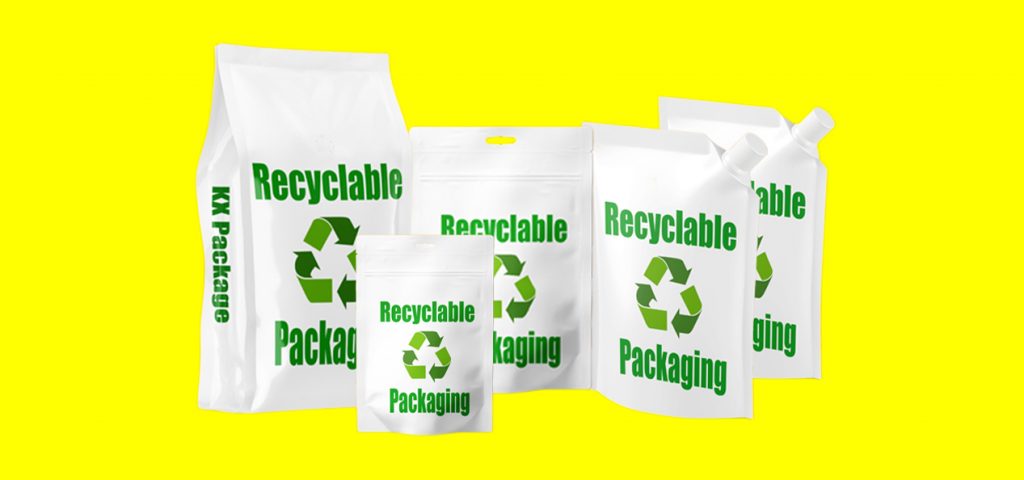
Digital Printing on Recyclable Packaging Digital printi […]
Digital Printing Technology for Custom Coffee Bags
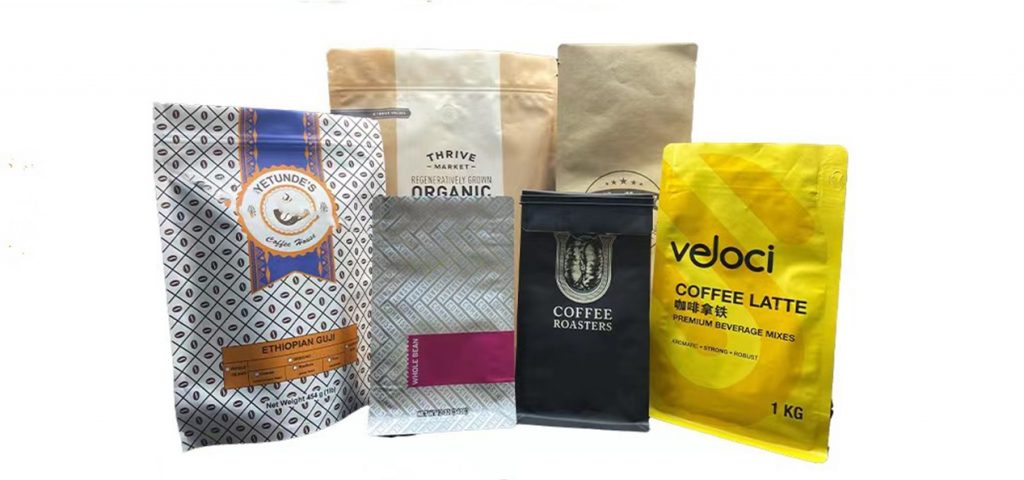
Digital Printing Technology for Custom Coffee Bags Coff […]
Digital Printing on Stand up Pouch
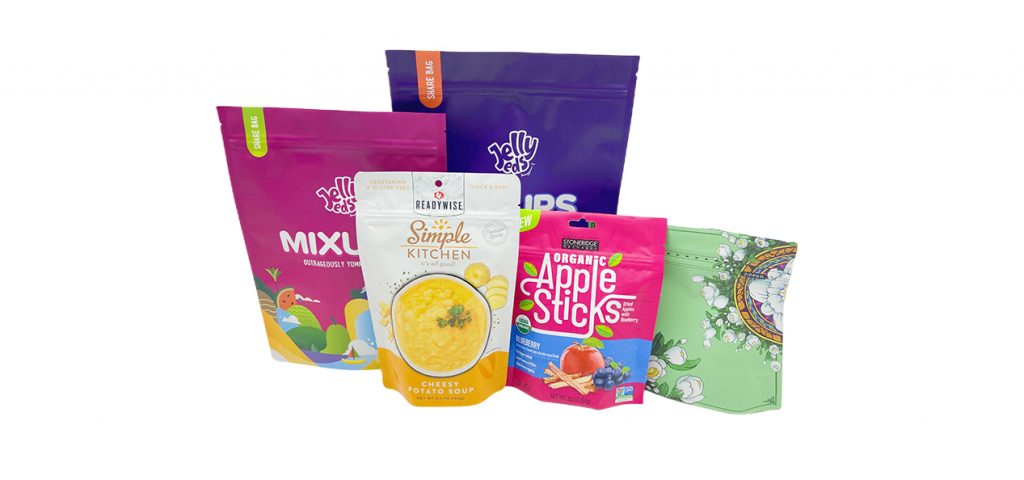
Digital Printing on Stand up Pouch Digital printing on […]
Food Grade Customized Printed Cheese Packaging
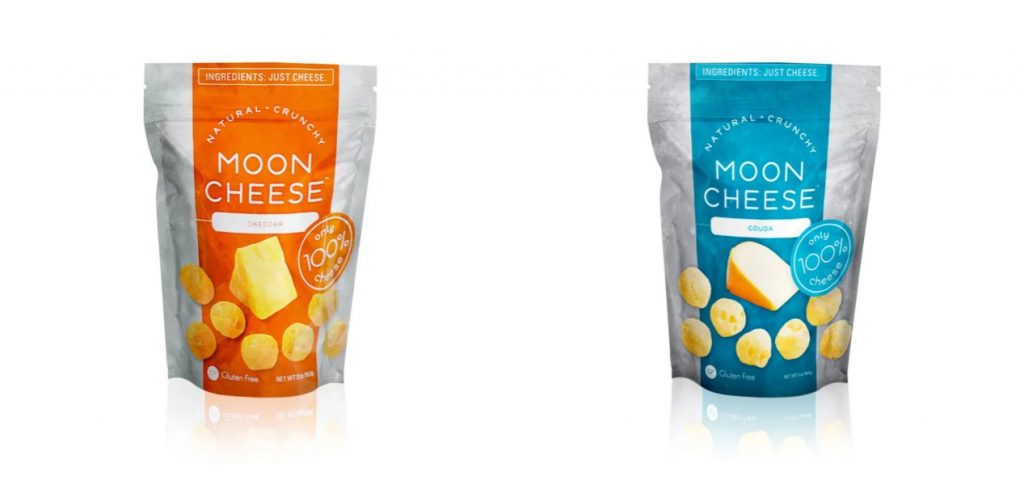
Food Grade Customized Printed Cheese Packaging More and […]
Digital Printing on Kraft Paper Packaging
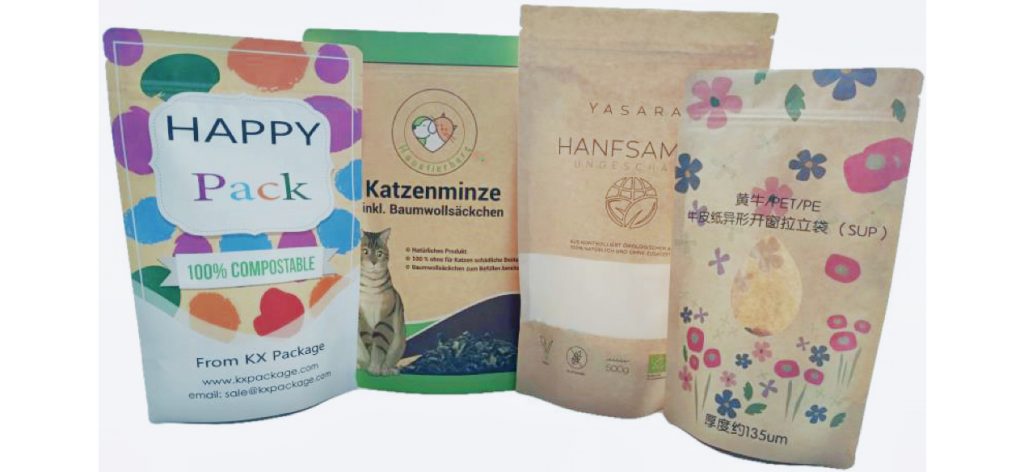
Digital printing on kraft paper packaging Kraft paper p […]
What Makes a Quality Gummy Packaging?
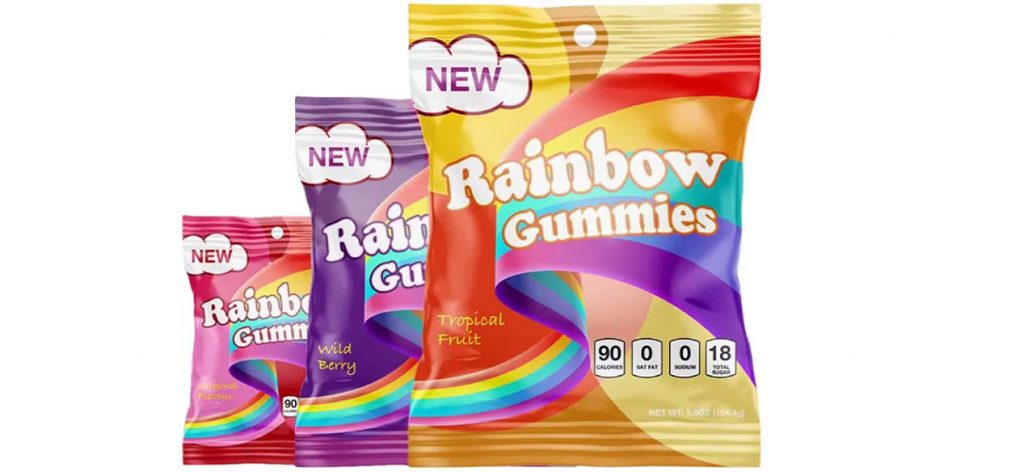
What Makes a Quality Gummy Packaging? The Gummy candy m […]
How to Customize Cosmetics Packaging?
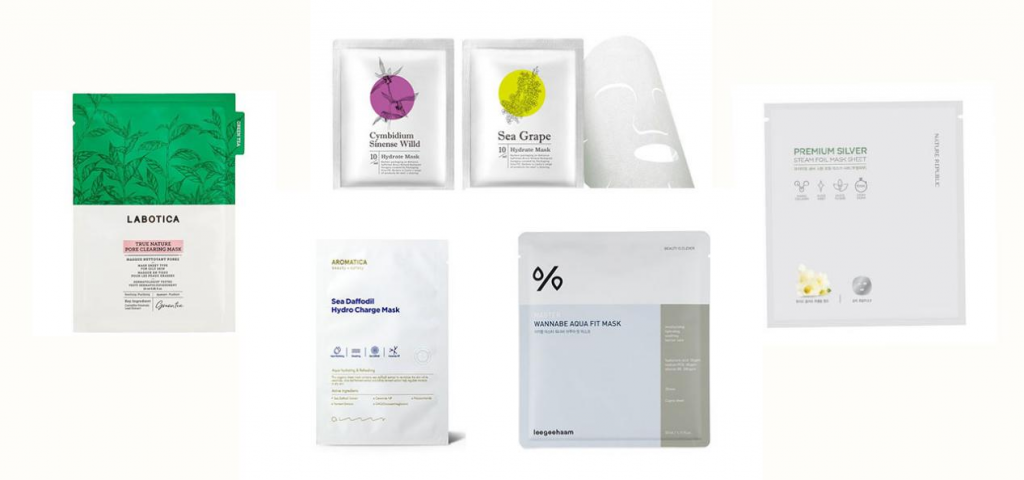
How to Customize Cosmetics Packaging? With the maturity […]
Common Compound Flexible Packaging Films and Structures

Flexible Packaging Films and Structures Flexible packag […]
2 Ways to Achieve Metalized Color Digital Printing Pouch

2 Ways to Achieve Metalized Color Digital Printing Pouc […]
Demands on Spout Pouches Rise Rapidly
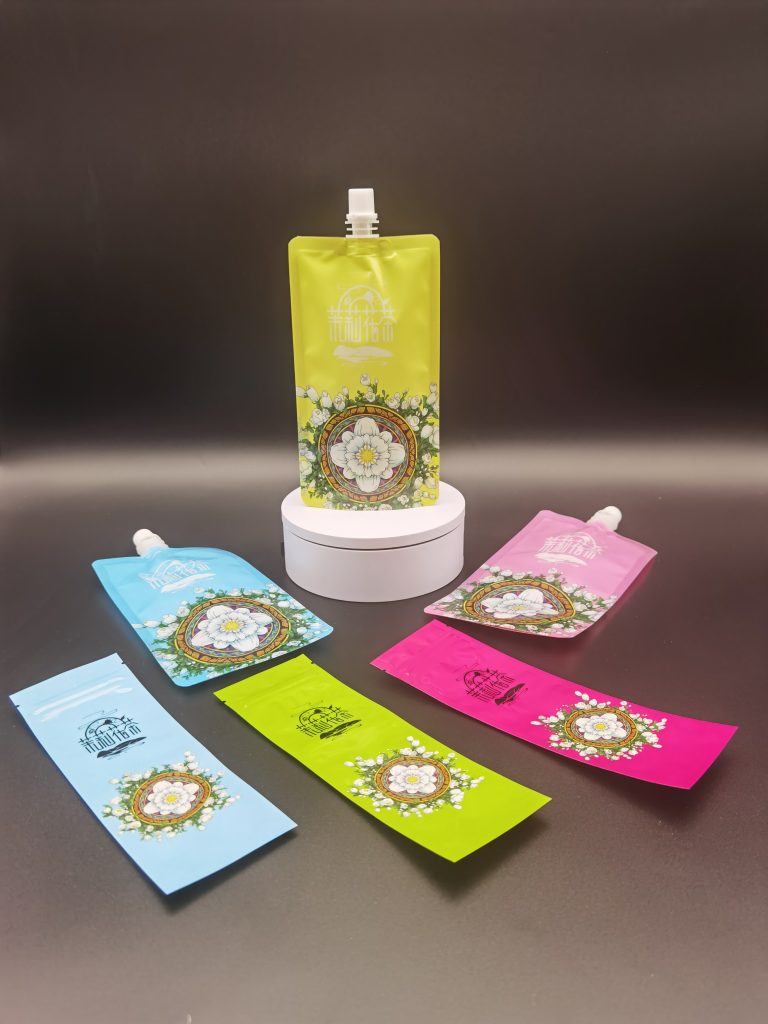
Spout pouches, also known as stand-up pouches, are a popular packaging option for a wide range of products, including beverages, sauces, and baby food. The development of spout pouches can be traced back to the 1960s when flexible packaging technology started to emerge as a viable alternative to rigid packaging options.
Why do we need recyclable packaging?

The world is facing an environmental crisis, and one of the biggest contributors to this crisis is the waste generated by packaging. Packaging waste is a major problem, as it can take hundreds of years to decompose and can cause significant harm to wildlife and their habitats. This is why it is essential that we start using recyclable packaging.
Is CMYK Right for Digital Printing Packaging
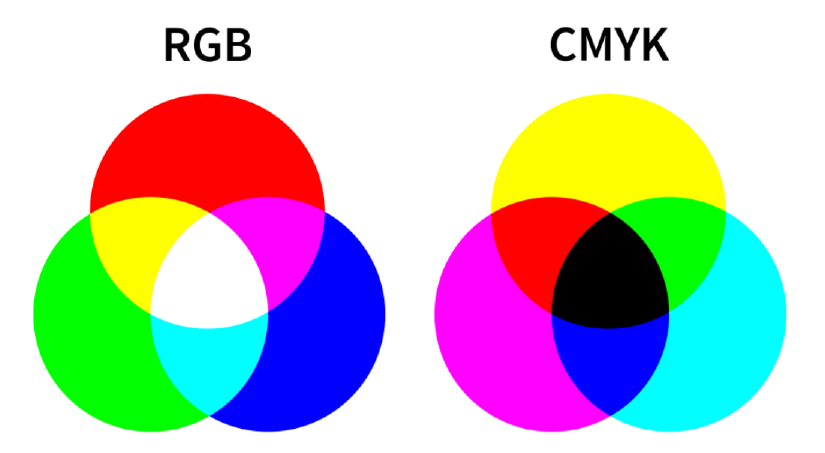
When talking about digital printing packaging, some confusion arises between RGB and CMYK. Many customers do not know the type of color space produced by digital printing hence they get confused when printing images. Now lets KX package talk about CMYK and RGB for digital printing on flexible packaging to you.
How to Customize Snack Bags?

Snacks come in all shapes and sizes, so your snack bags should be able to hold them without compromising their style. You can choose from flat film, stand-up film or rolled film for all your snack packaging needs
How to Custom Nuts Packaging?
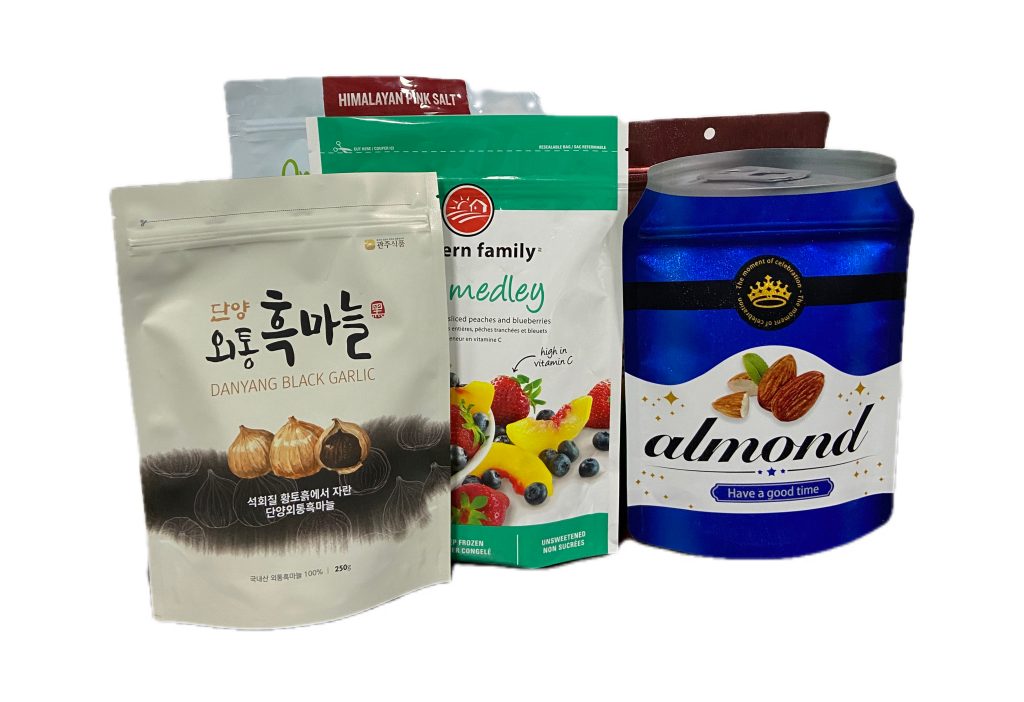
Dried fruits and nuts are gaining popularity as consumer behavior shifts toward more health-conscious options, therefore, nuts packaging is particularly important. As demand increases, so does competition. KX custom nuts packaging bag let your nuts and dried fruits stand out in the healthy snack.
What is Compostable Packaging Bags?
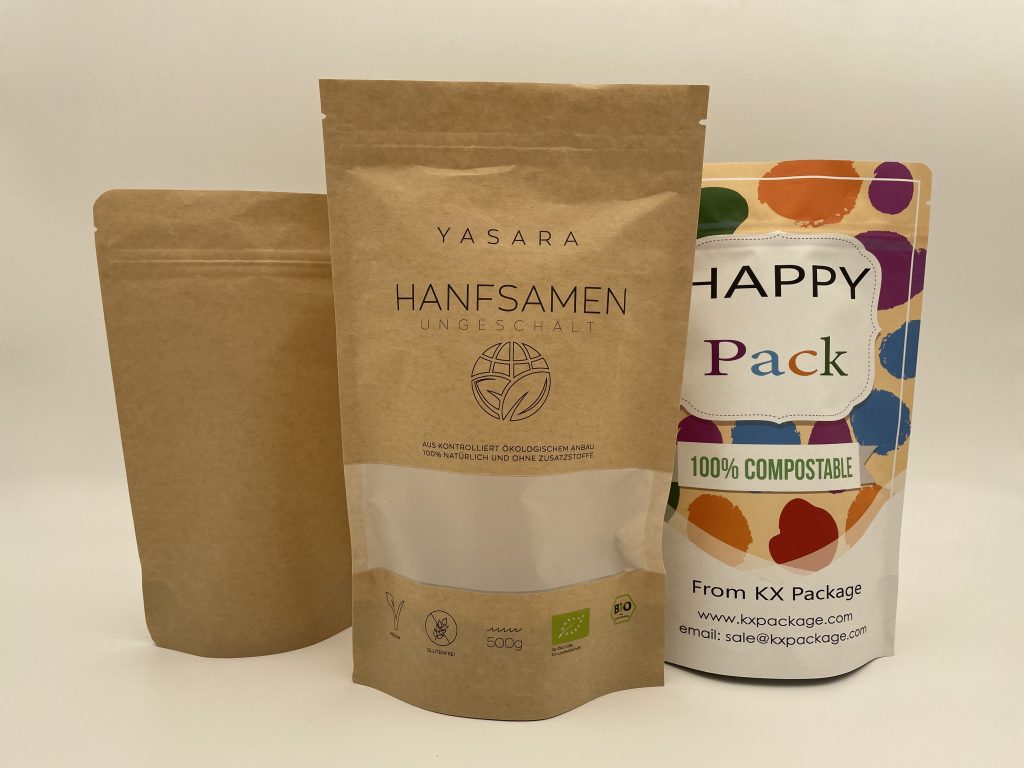
What is Compostable Packaging Bags? Due to the environm […]
How to custom flexible wine and spirits packaging?
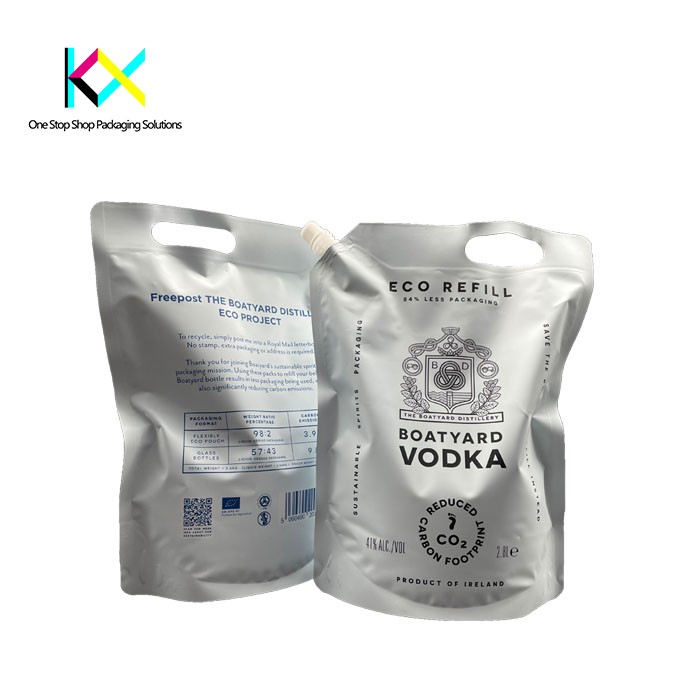
Flexible wine and spirits packaging represent the latest advancements in flexible and sustainable packaging for the wine and spirits industry. Gone are the days of bulky glass bottles thanks to flexible packaging’s ability to effectively and efficiently store, transport and market your product better than ever before.
Seafood Packaging Bags
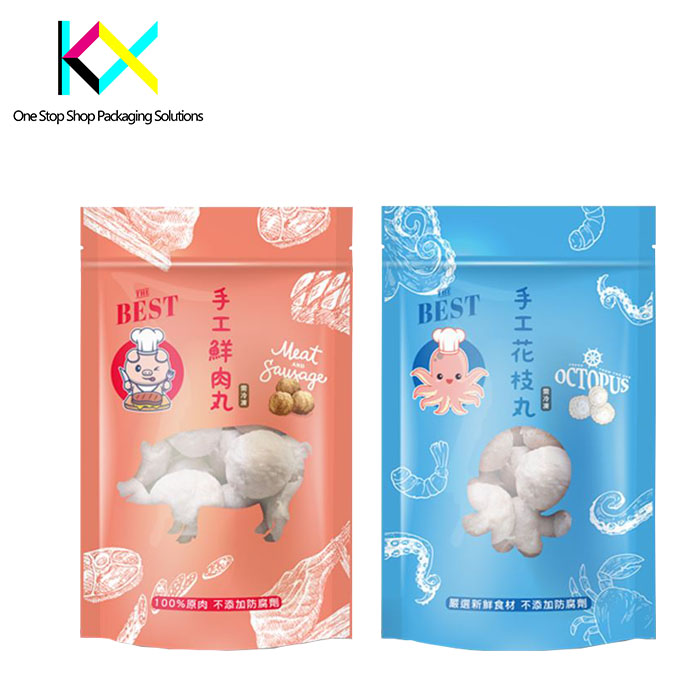
Seafood packaging bags is a lightweight, barrier bag for storing seafood. Seafood is fragile and therefore needs a secure bag to keep them healthy and fresh. There are different types of seafood packaging bags to choose from.
What is spot UV finish packaging?
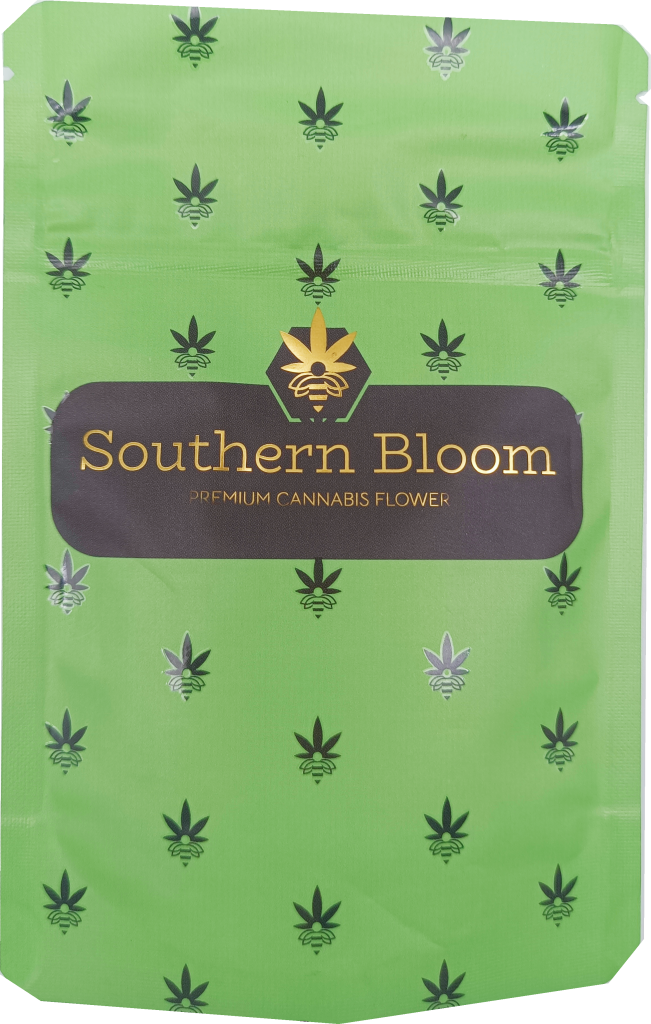
Spot UV finish packaging is a carryover term that is used in plastic bag printing to refer to areas of gloss coating on an otherwise standard packaging bag.
How to customize a pouch with window?
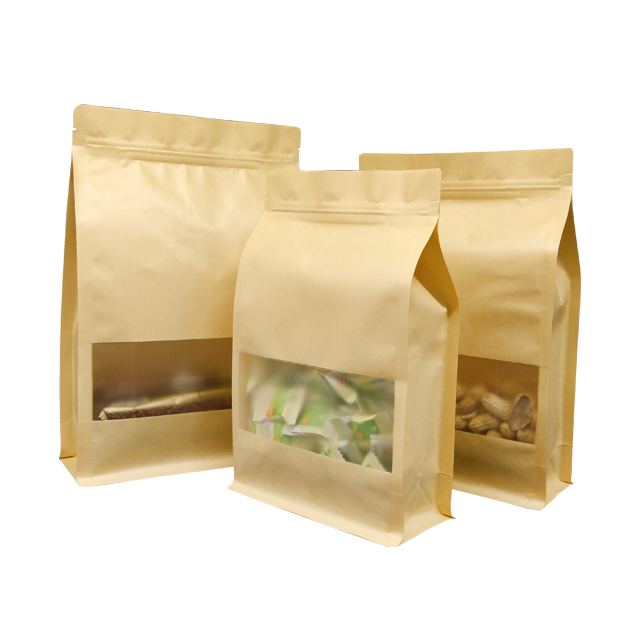
Printing your pouch with window can give your bag a unique look and make it stand out from the crowd. Consumer can see the products directly from the window before open the pouch. We can do different types of pouch with window, different material, different window shapes.
Your can also view our vedio in Youtube to know more.
How to customize a stand up pouch?
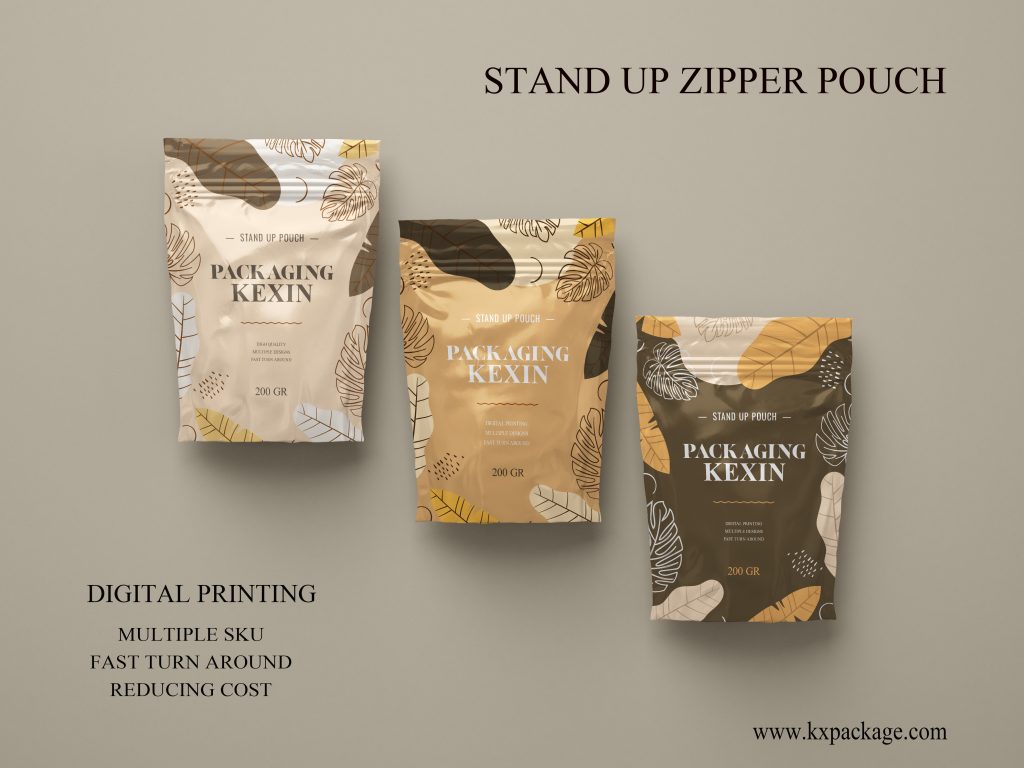
Stand up pouch is a common choice with suitable price and good volume for all brands who need flexible packaging. The name says it all, as these bags are outfitted with a bottom gusset, that when deployed, allows the pouch to “stand up” on a shelf in a store.
How to custom a green packaging?
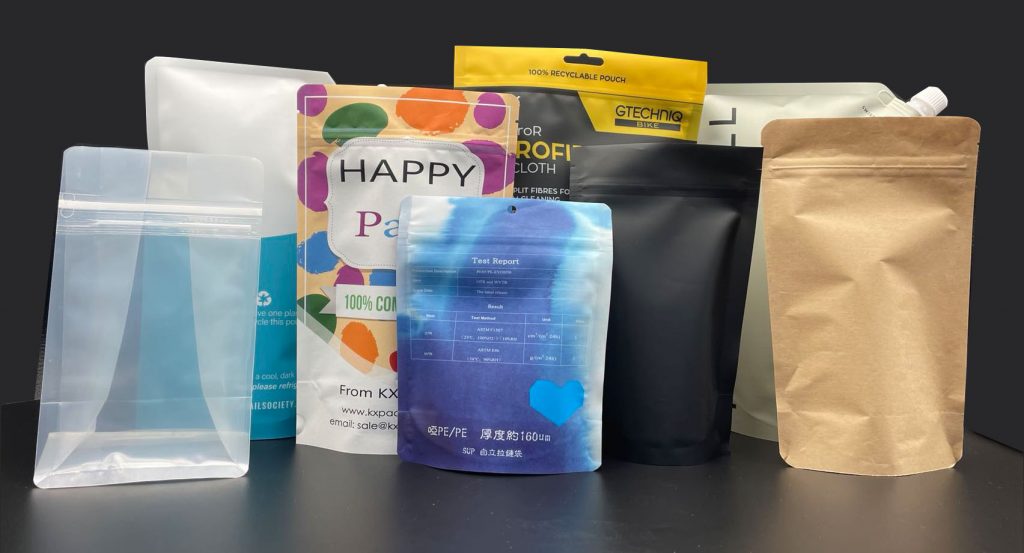
The term “green packaging” refers to packaging that is more environmentally friendly than standard options companies may choose for their products.
How to customize side gusset pouch?
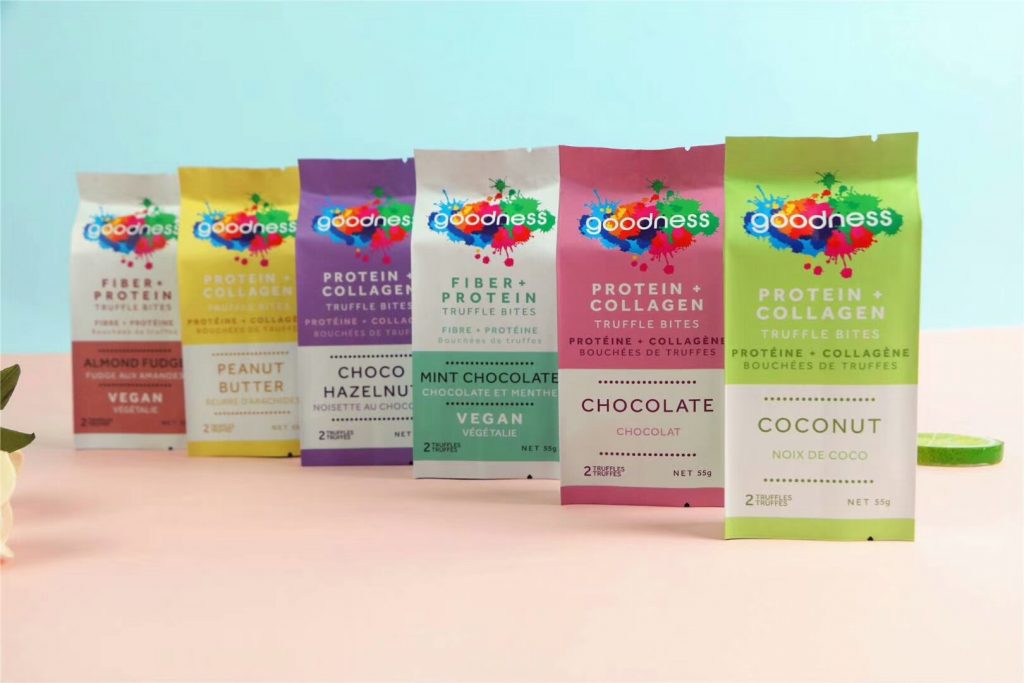
The side gusset pouch contains four sealing sides, just like two pieces of film are sealed together to seal the four sides, which is the source of the side gusset bag, it also call quad seal packaging.
How to Customize Three Side Seal Pouch?
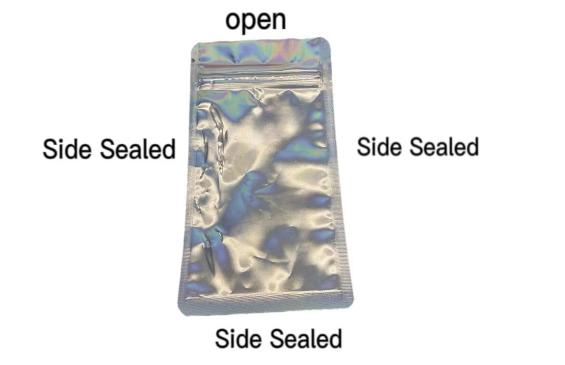
Three side seal pouch also known as three side seal flat pouch, which is named because of the pouch are sealed at three sides and the top is left open for filling the content, it is just a simple flat pouch with easy tearing and can be added with handle hold or zipper at one side. It is a streamlined solution for food or non-food businesses like beef jerky, spices, mixes, pet food, pharmaceuticals and beauty products. Although often overlooked as a packaging option, flat bar bags are both cost-effective and consumer-friendly.
What is Soft Touch Packaging?

Soft touch packaging gives your product the ultimate feel of luxury. Not only is the feel of soft touch packaging like the most delicate suede you’ve ever felt, but its super-matte finish renders colors amazingly well.
What is Flexible Packaging?
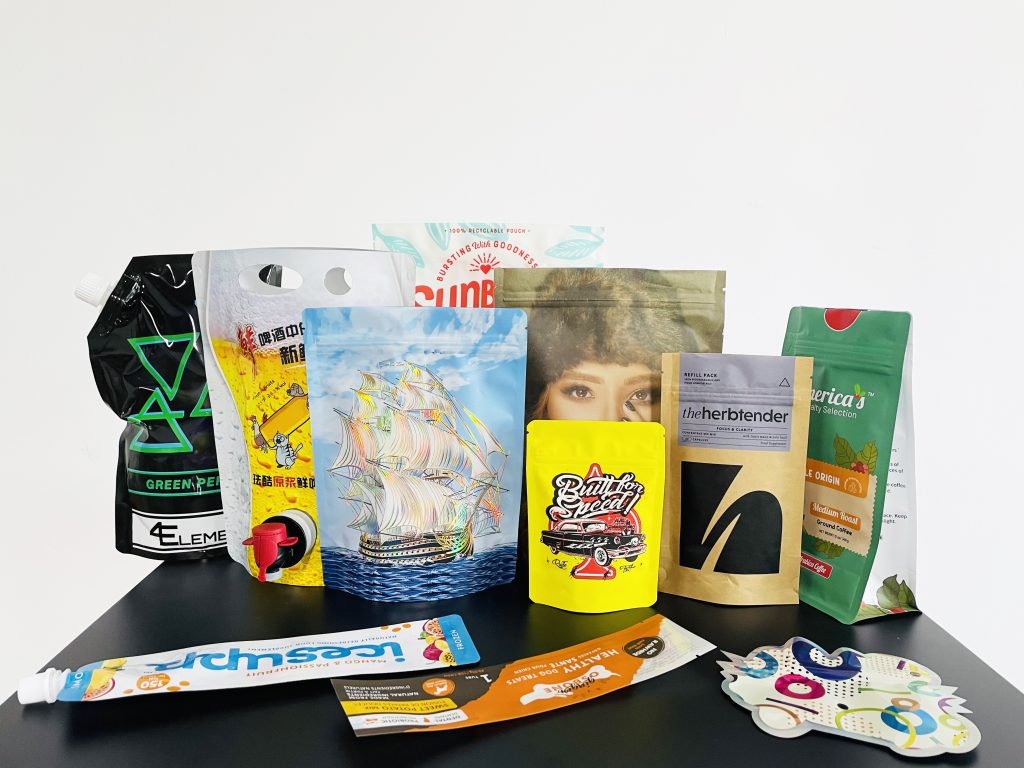
Flexible packaging is a way of packaging products using non-rigid materials that can provide more economical and customizable options. It is a relatively new approach in the packaging market and is becoming increasingly popular due to its efficiency and cost effectiveness.
Flexible packaging is any package or part of a package whose shape can be easily changed during filling or use. Flexible packaging is made from paper, plastic, film, foil or any combination of these materials and includes bags, pouches, liners, wrappers, rolls and other flexible products.
Flexible packaging is particularly suited to industries that require versatile packaging, such as food and beverage, personal care and pharmaceutical industries.
How to Customize Supplement Packaging
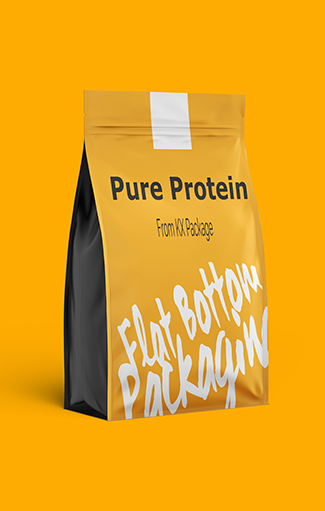
Supplement products become an important part of the daily routine for millions of people all over the world. Unlike canned nutritional powder packaging, flexible packaging is more portable and can be designed in different shapes. A good supplement packaging can help brands to catch more eyes from consumers. Let’s show you some tips to customize the supplement packaging.
How to Customize a Flat Bottom Pouch?
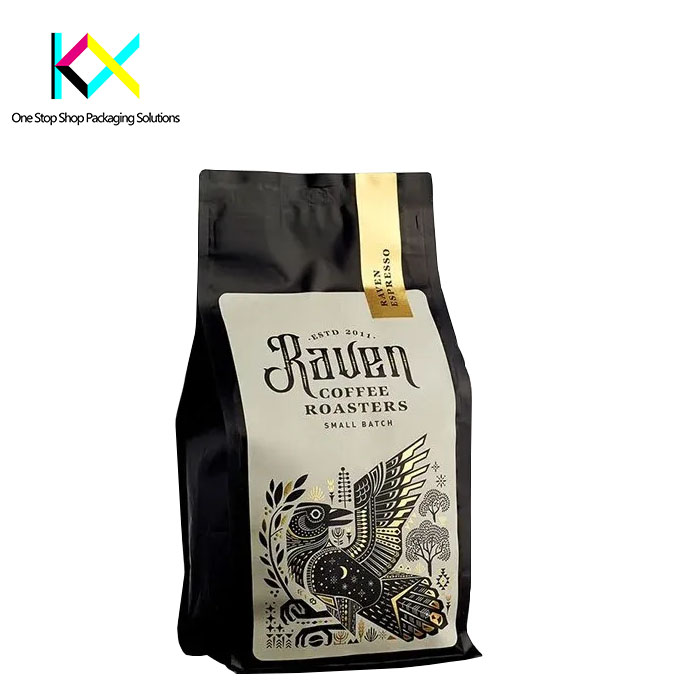
Flat bottom pouches also call box pouch, they are a unique type of premade pouch with five panels of printable area for on-shelf brand building. The way a flat bottom pouches displays a product projects an image of high quality. And the unique design of the flat bottom is provide superior stability, seal strength, and hermeticity compared to other types of flat-bottom pouches.Flat bottom pouch could increase the volume of products filled in compared with other types of pouches.
How to Customize a High Quality PET Food Packaging Bag ?
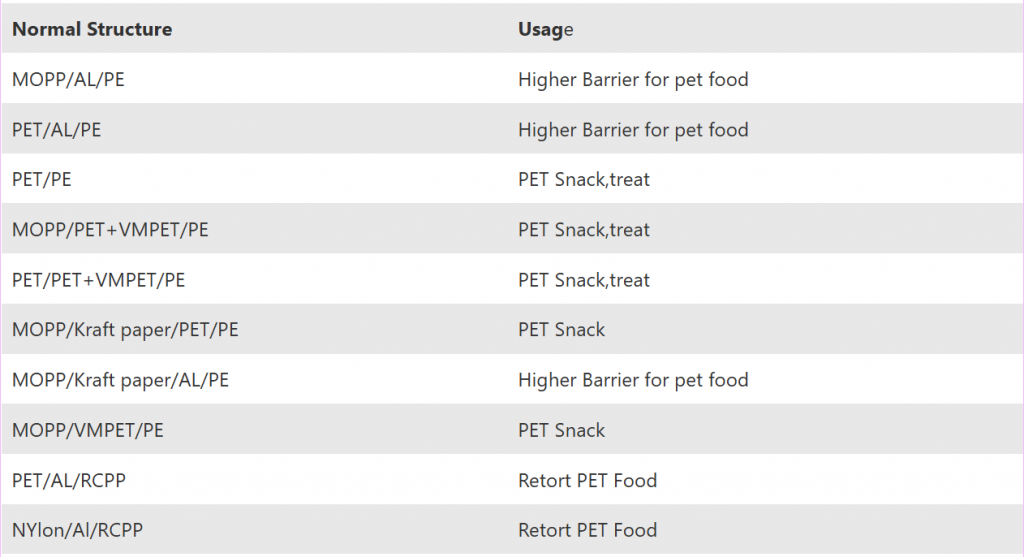
The quality of the pet food package bag has an important impact on the shelf life of pet food, and quality control of packaging materials and packaging is a major issue for pet food manufacturers.
How to customize coffee pouches?
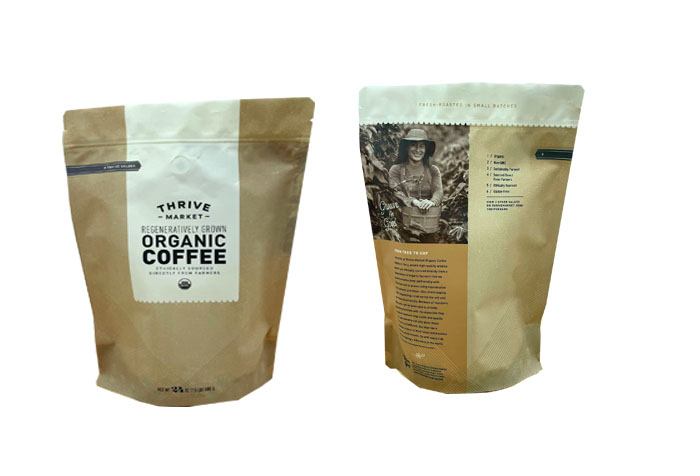
Roasted coffee requires time, effort, and a great deal of trial and error to bring out its rich and pleasing aroma. But with roasted coffee taking time to reach its destination, packaging plays an important role. The right materials and features can preserve the coffee’s aroma for long enough to ensure that consumers experience the flavors you list on the coffee pouches.
Digital Printing Pouch with Hot Foil and Spot Glossy-New Technology

With our newest innovation, we can achieve golden hot foil stamping and spot glossy on the same digital printing pouch. Before this, we could only achieve one of them ( golden hot foil or partial glossy) on the bag by digital printing. They are already a good success as only rotogravure printing packaging could use them.
Coffeebrewer Makes More Convenience
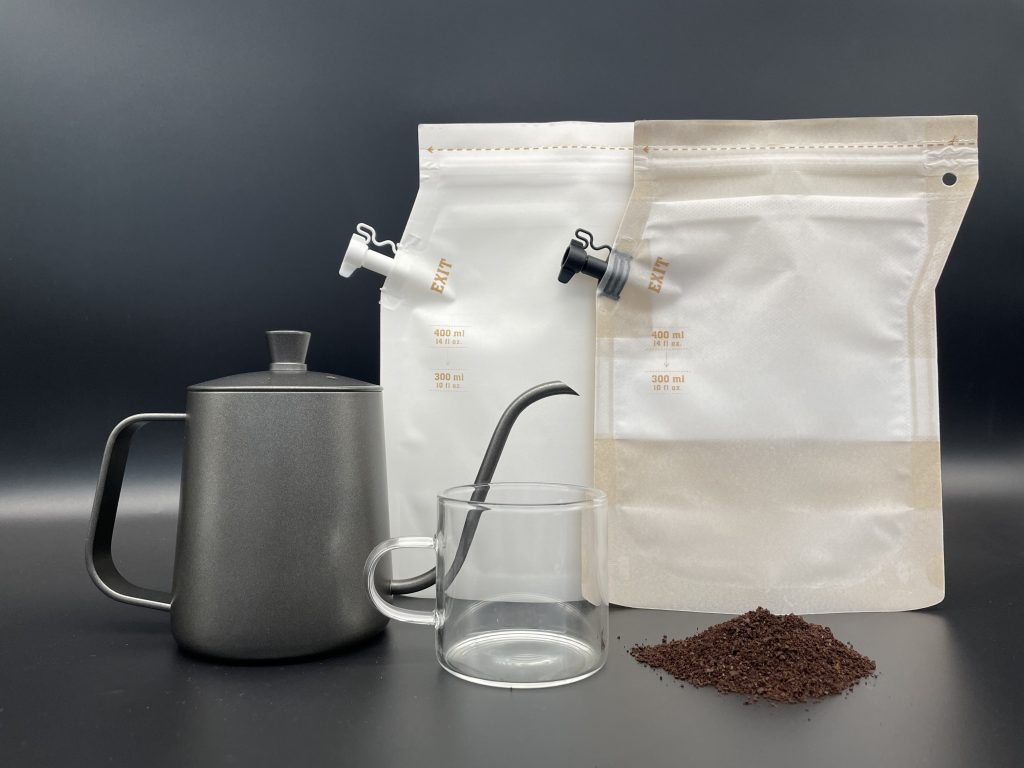
Coffeebrewer Coffeebrewer makes more convenience to you […]
